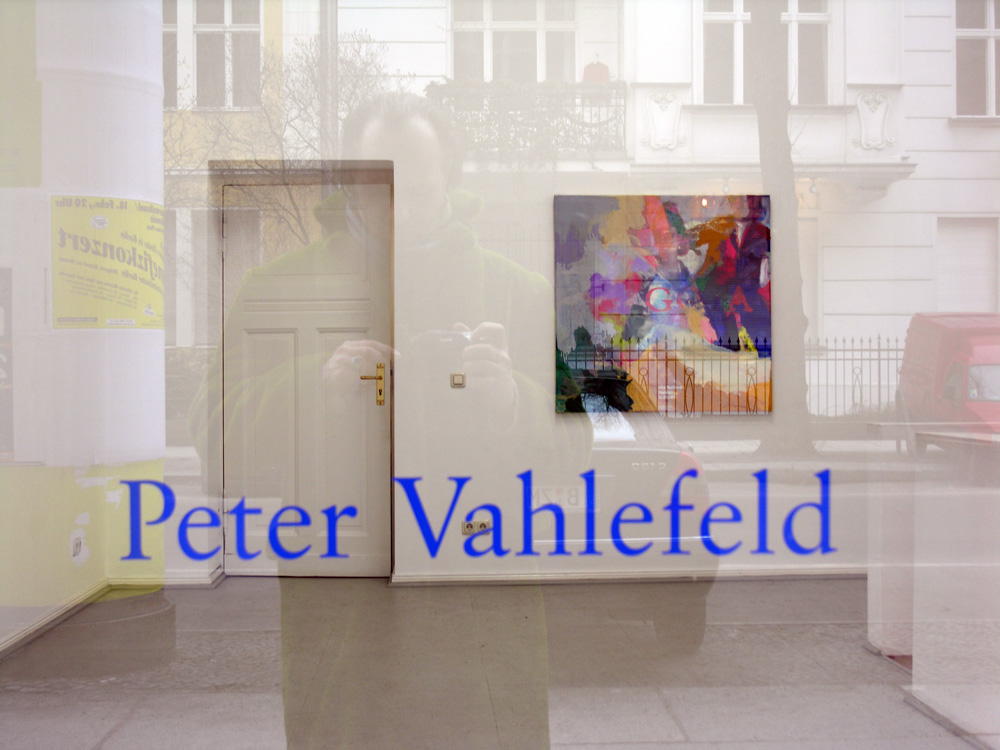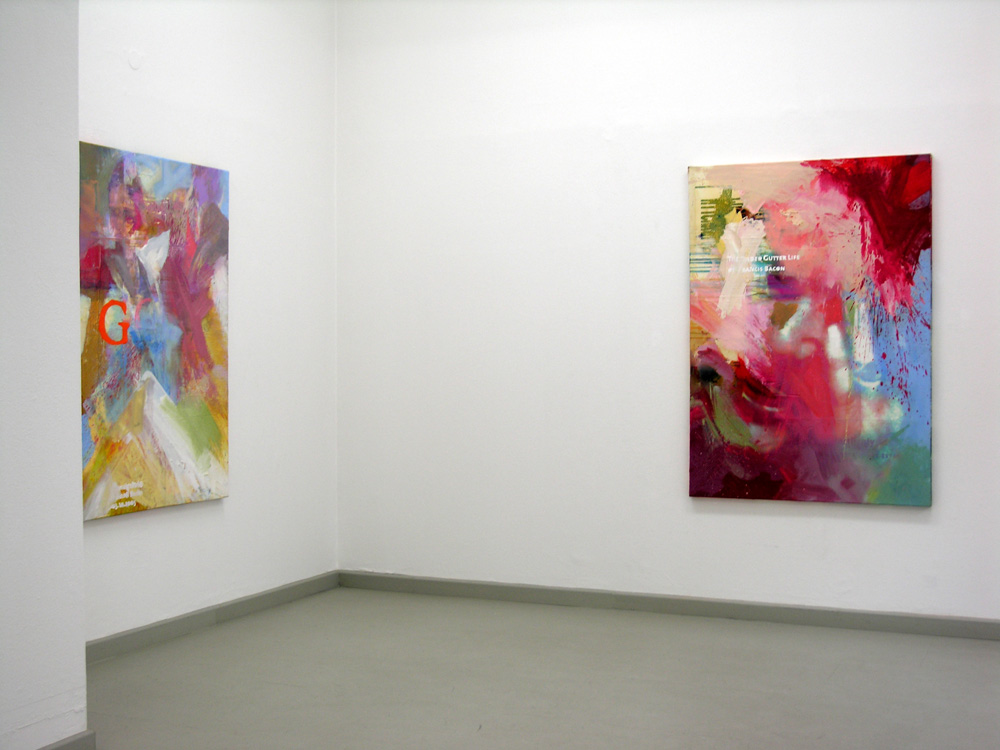
Peter Vahlefeld: Shopping at the National Gallery, London
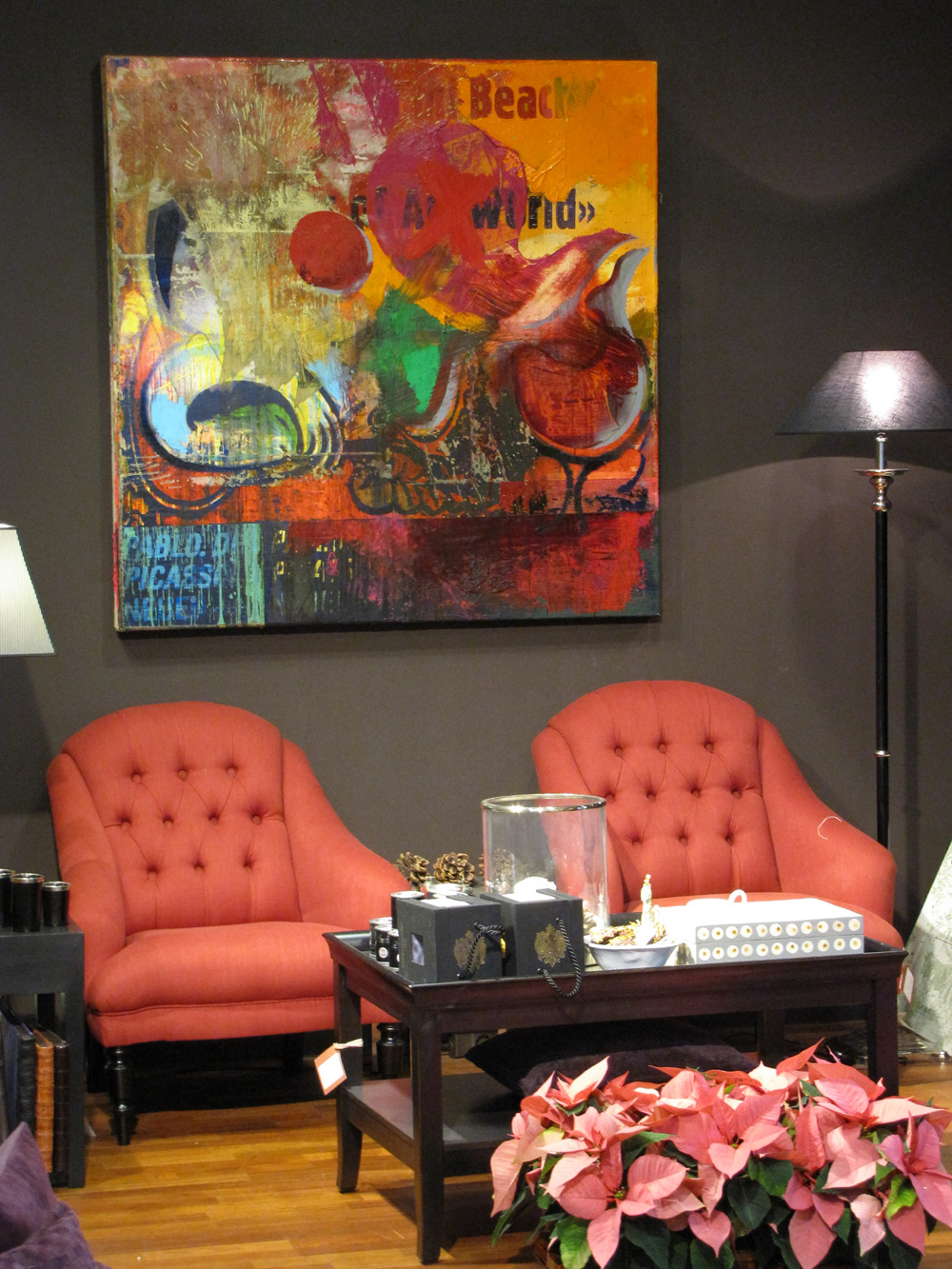
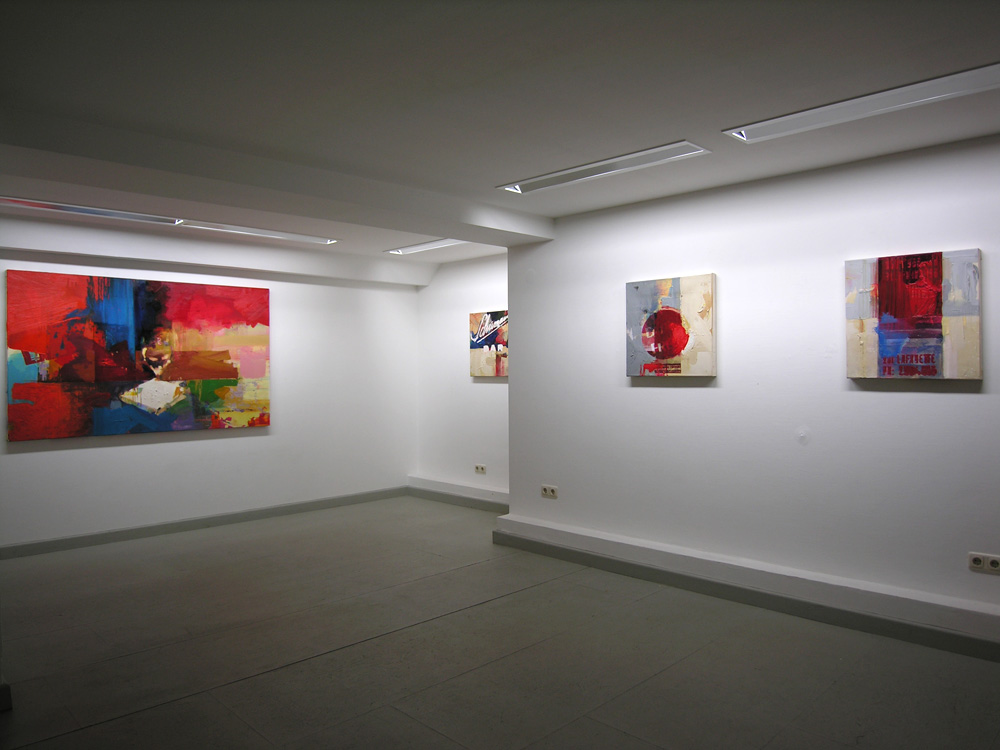
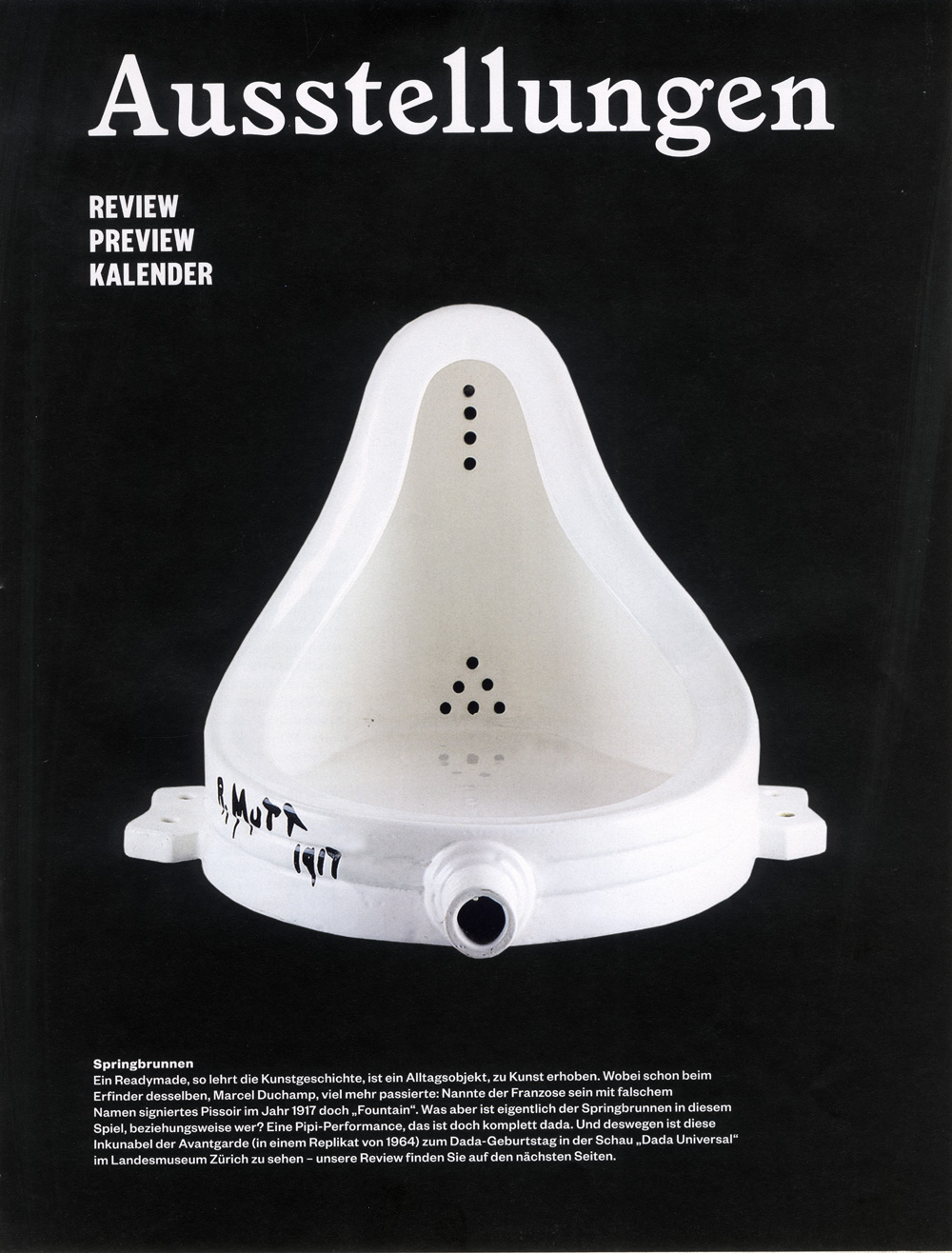



Peter Vahlefeld: Shopping for Vincent Van Gogh´s Sunflowers
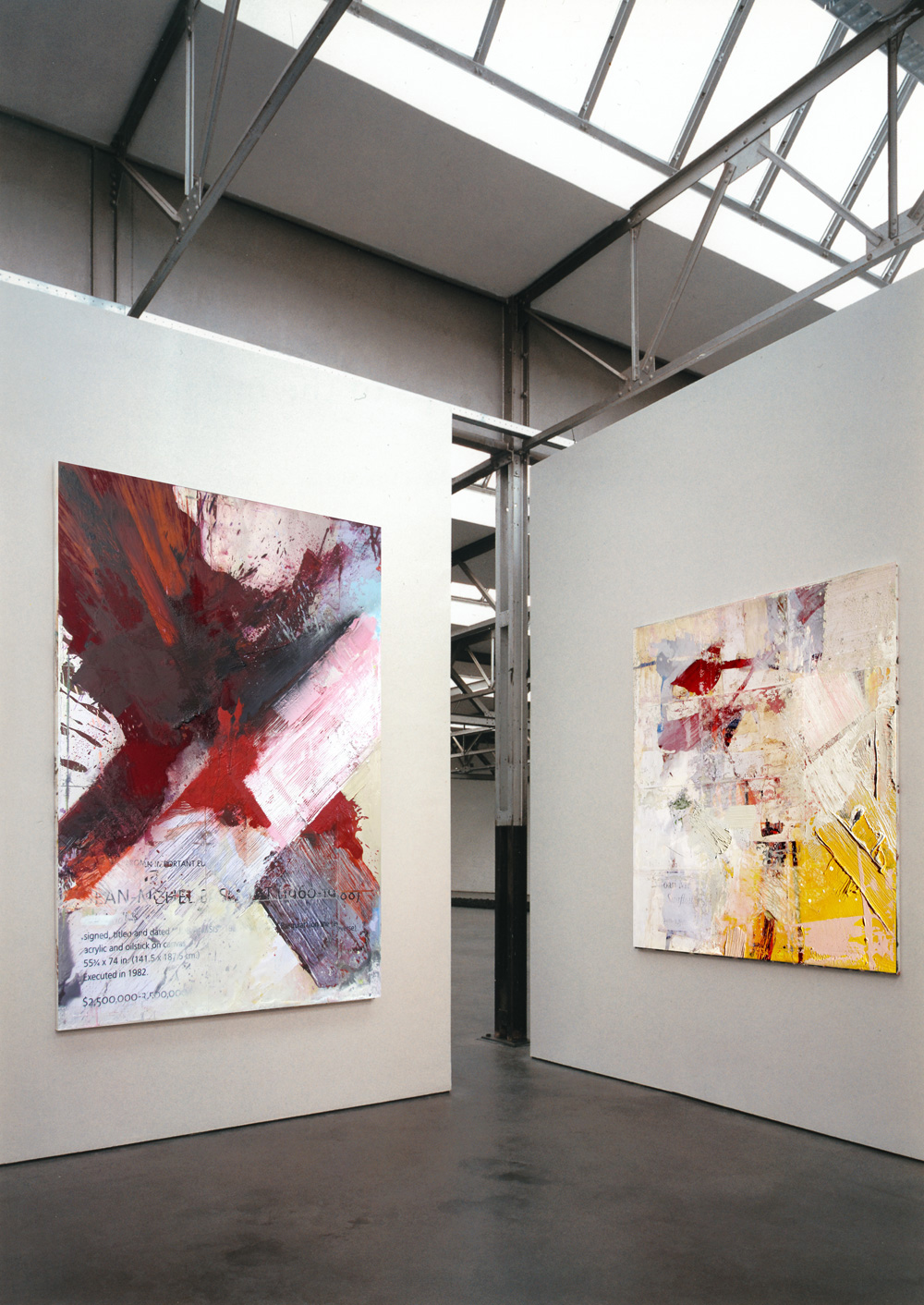
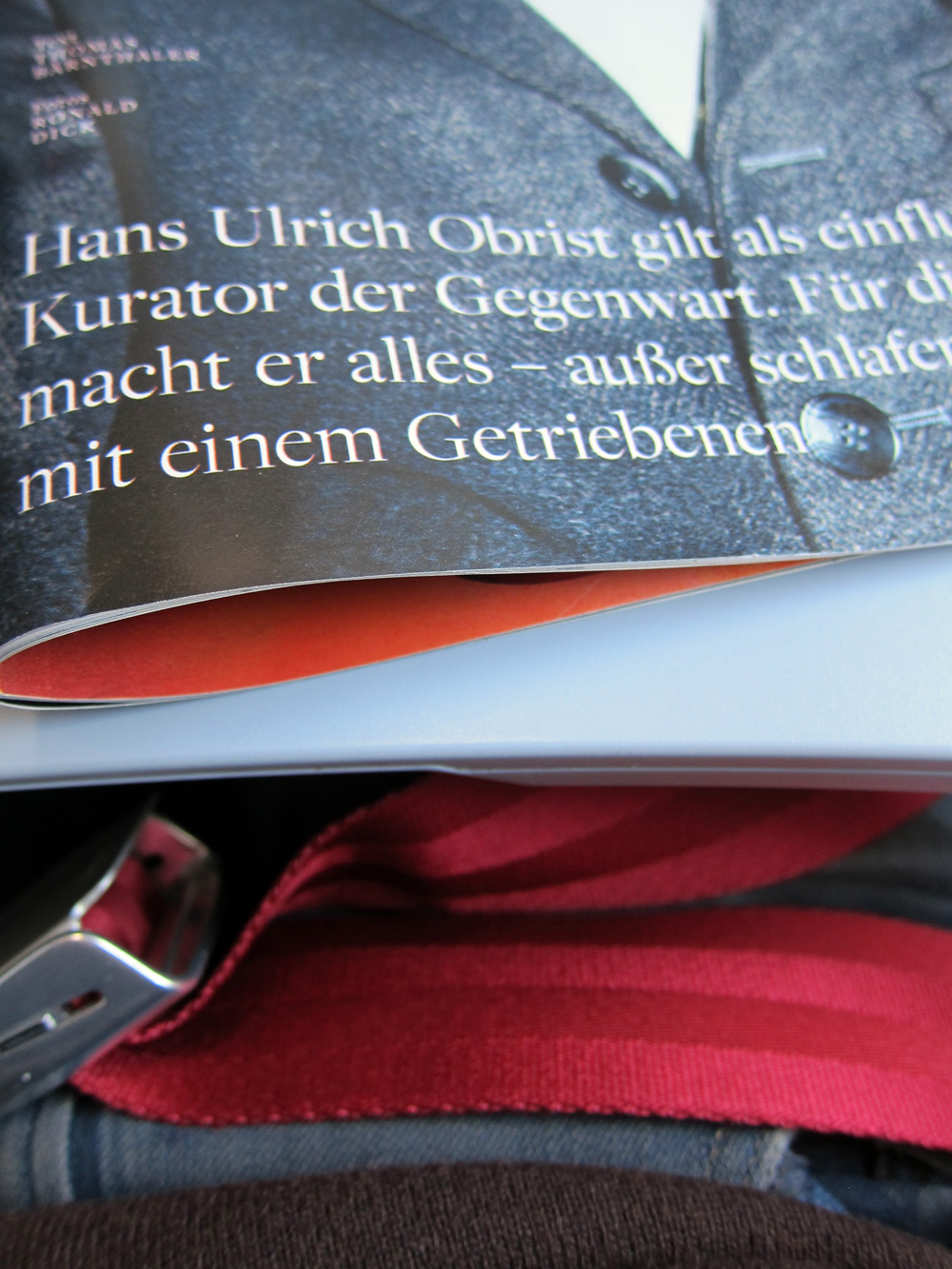


Peter Vahlefeld: Shopping for a Vincent Van Gogh iPhone Cover 6
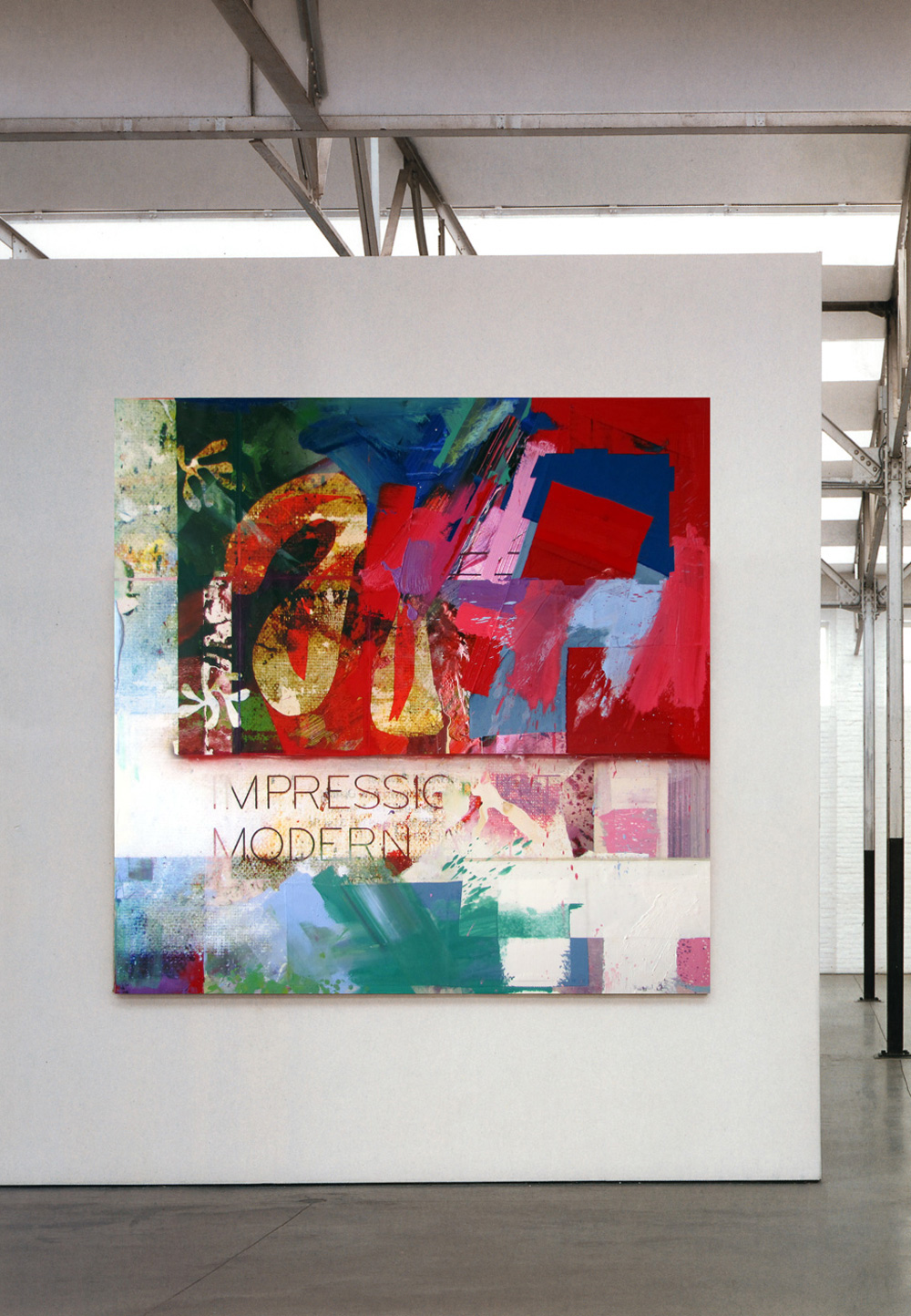
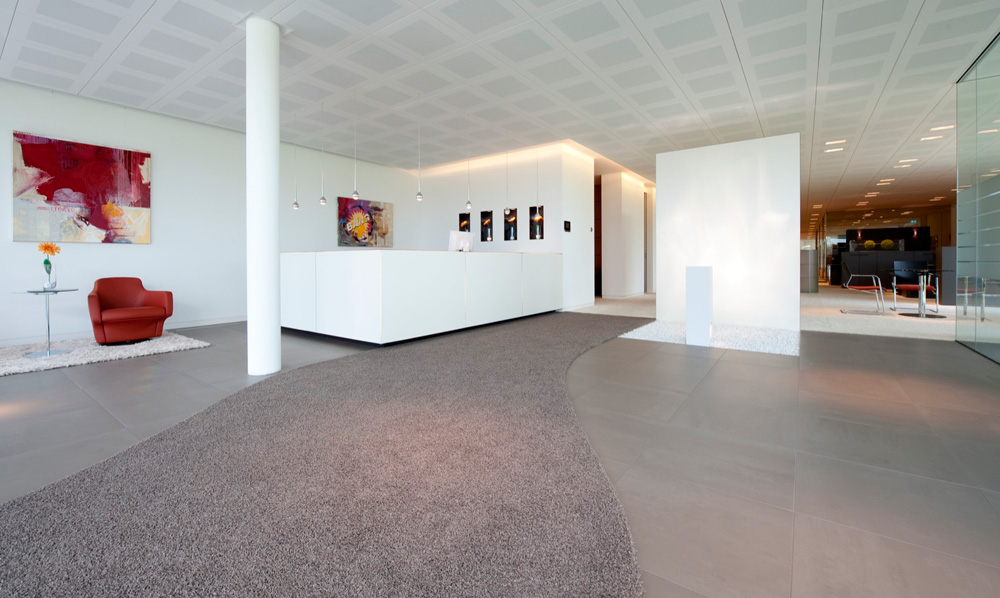
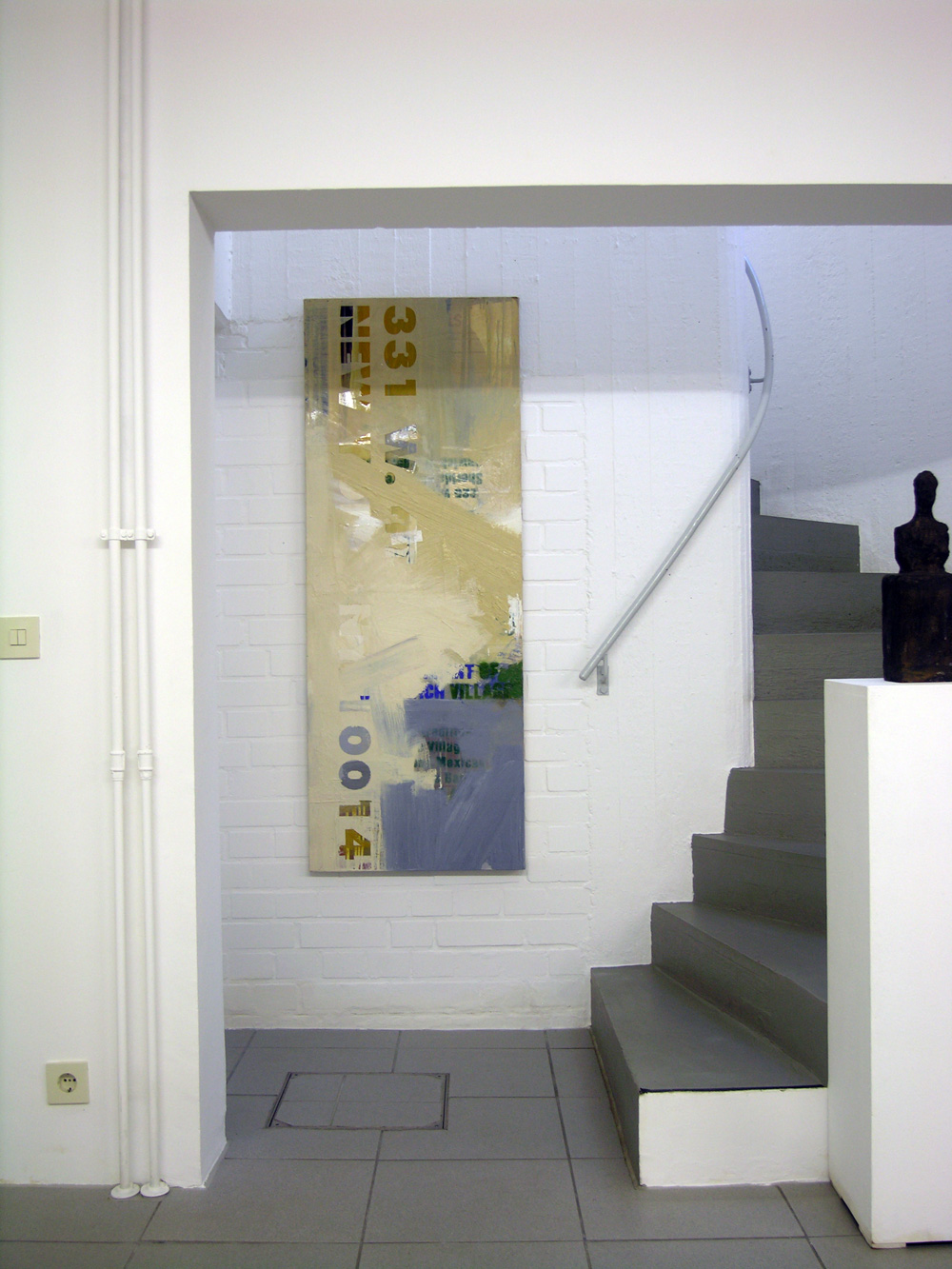



Peter Vahlefeld: 7 Pieces Self-Adhesive Vincent Van Gogh
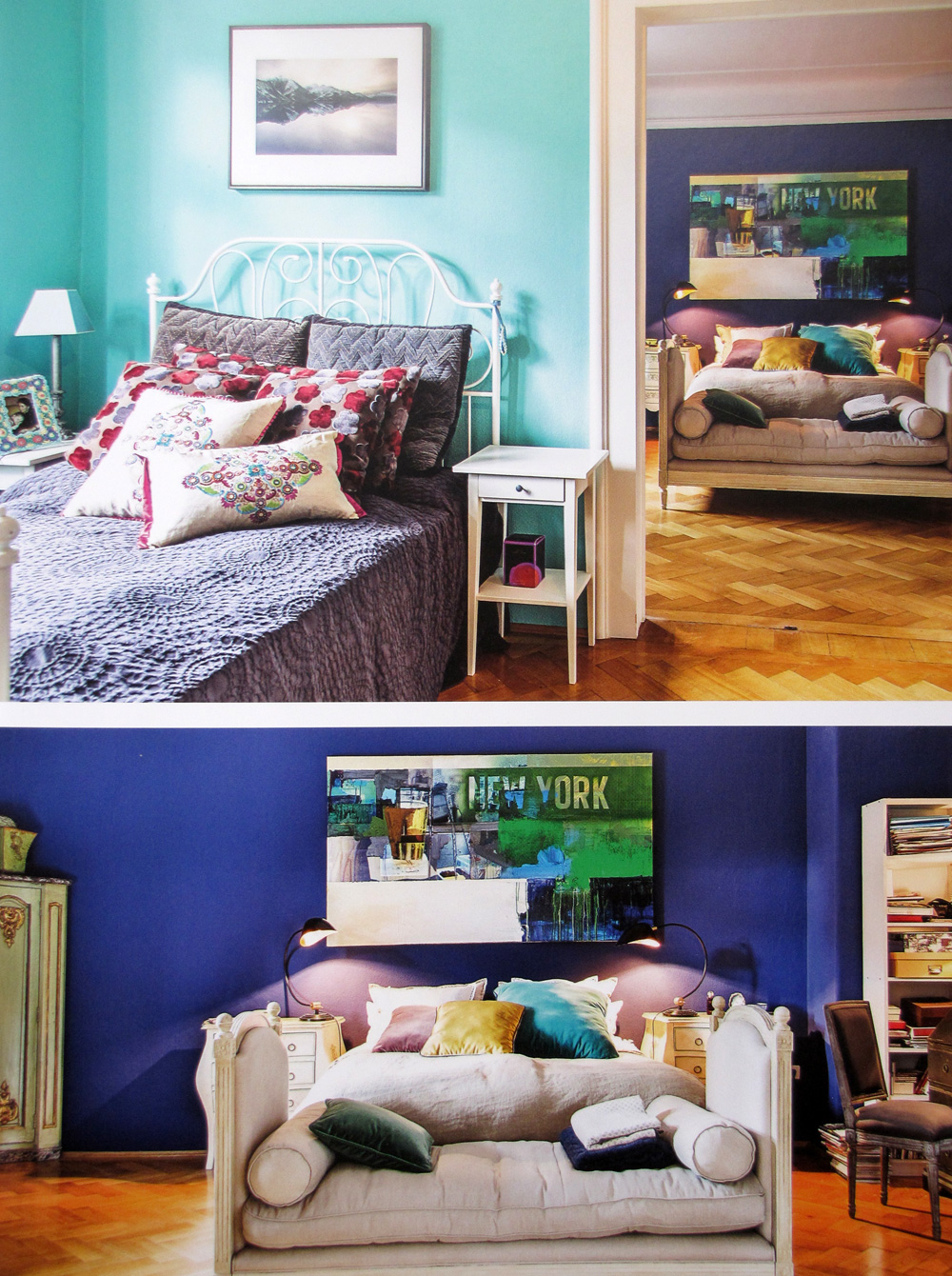
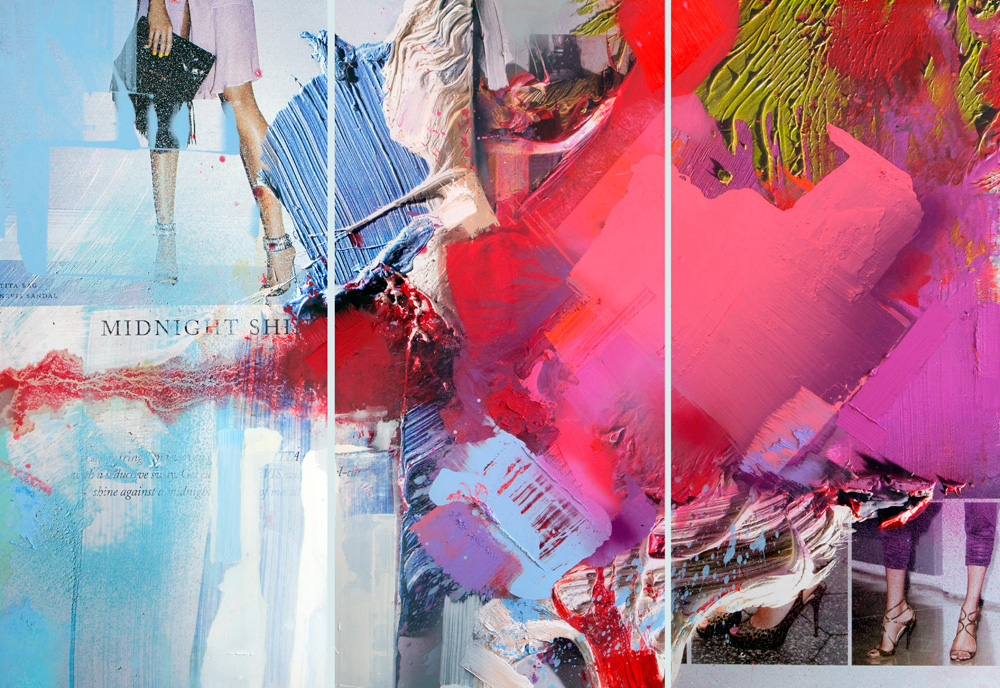
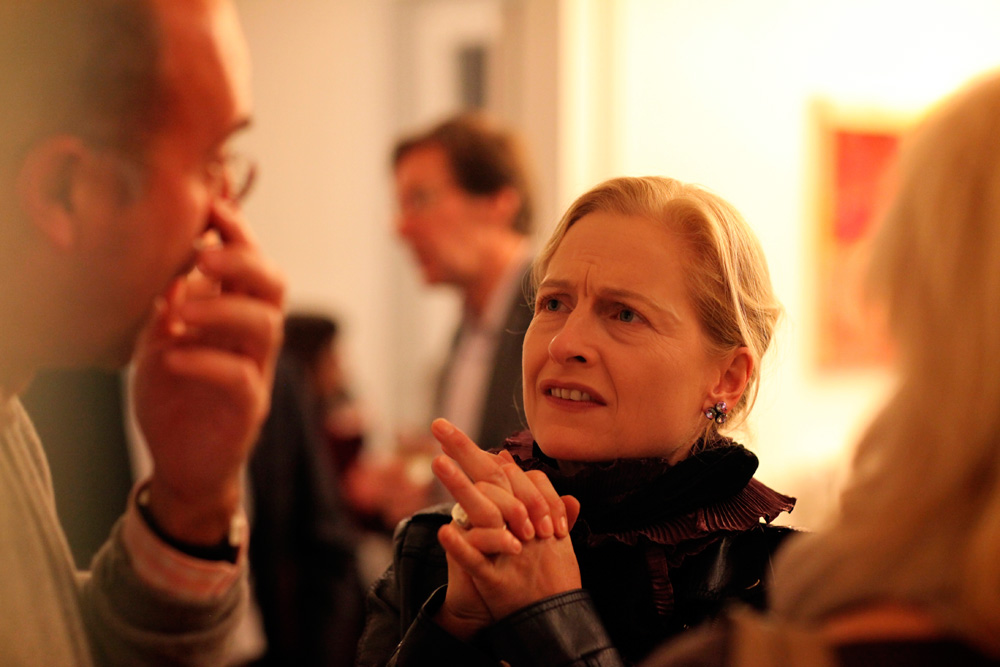
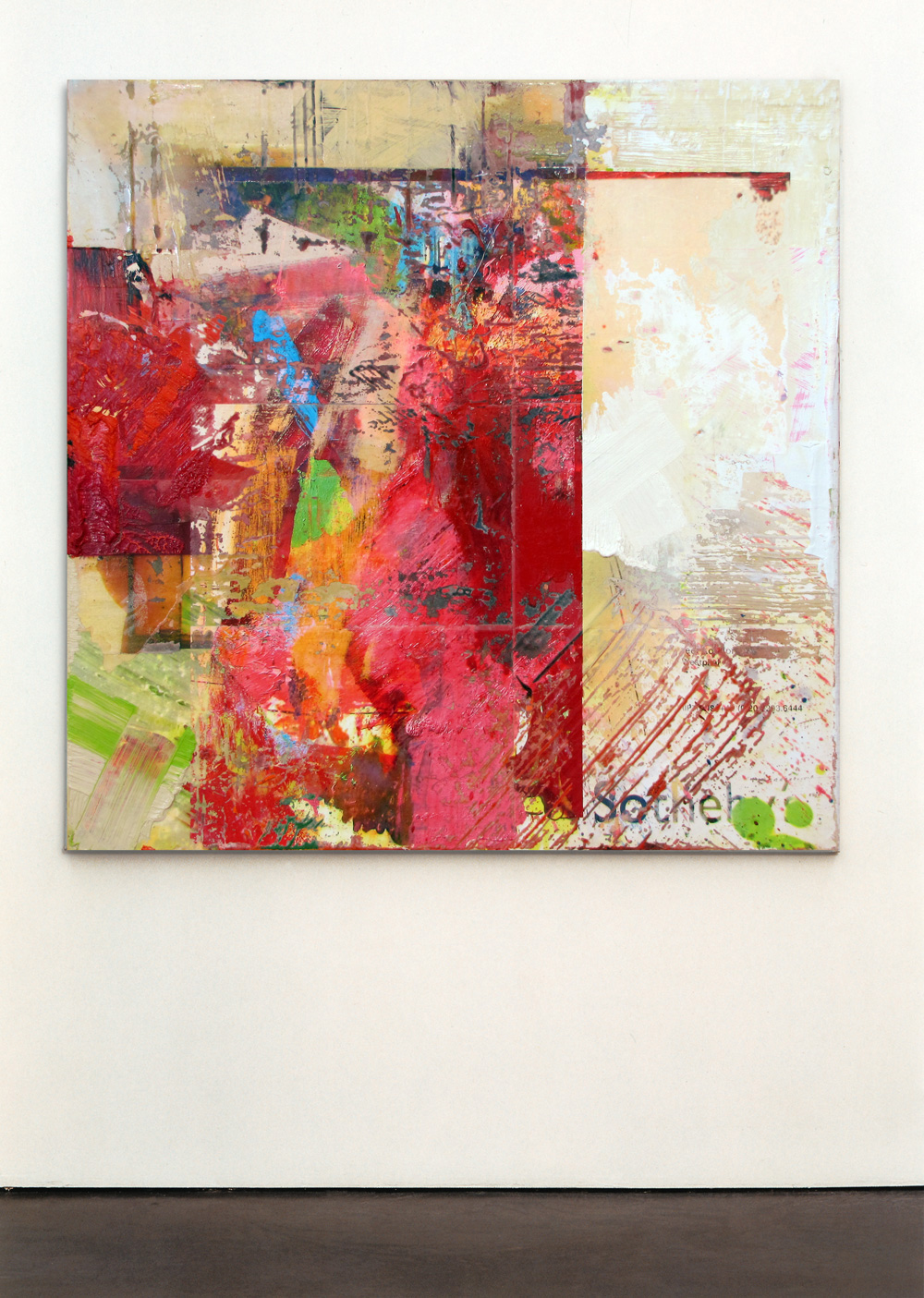
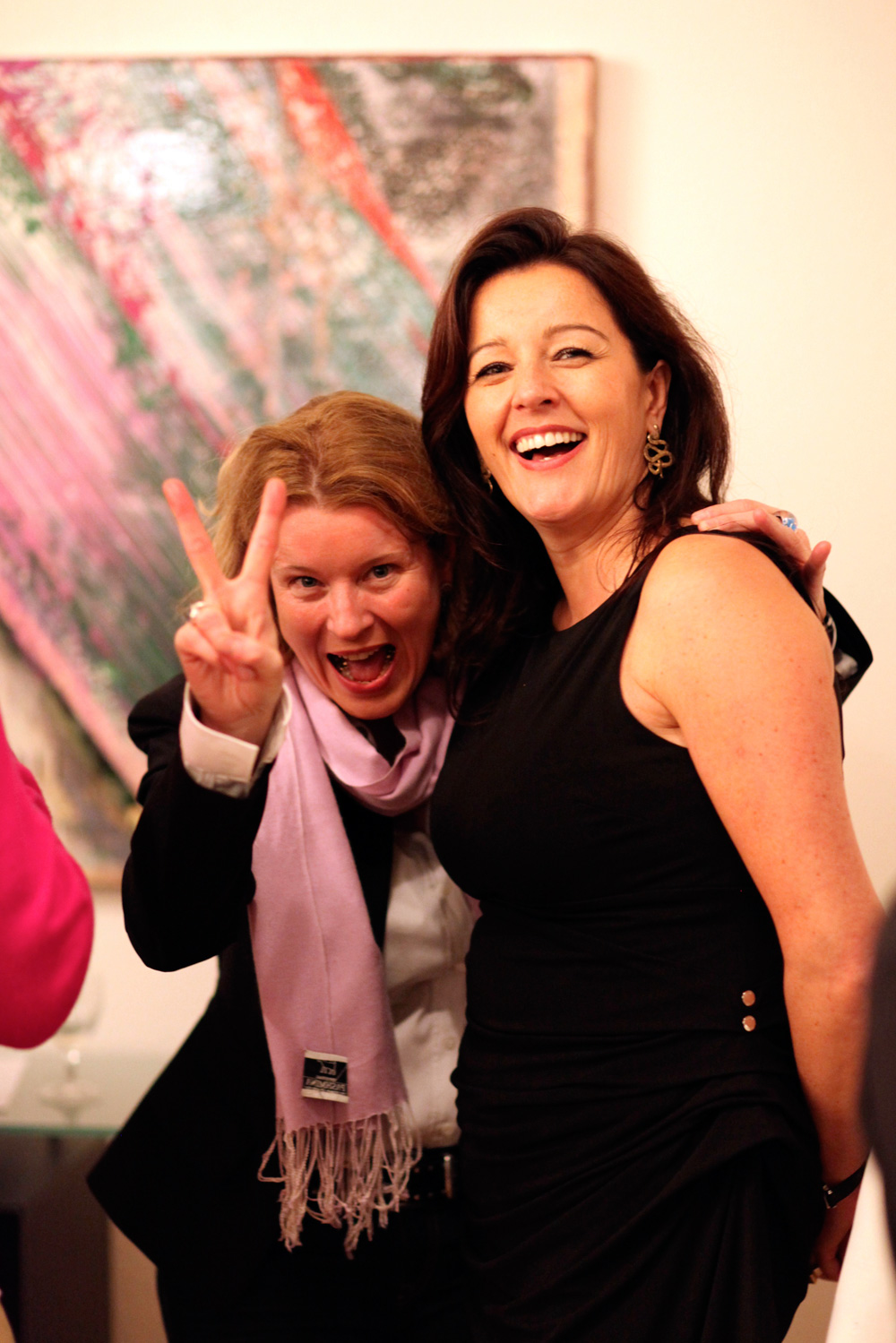
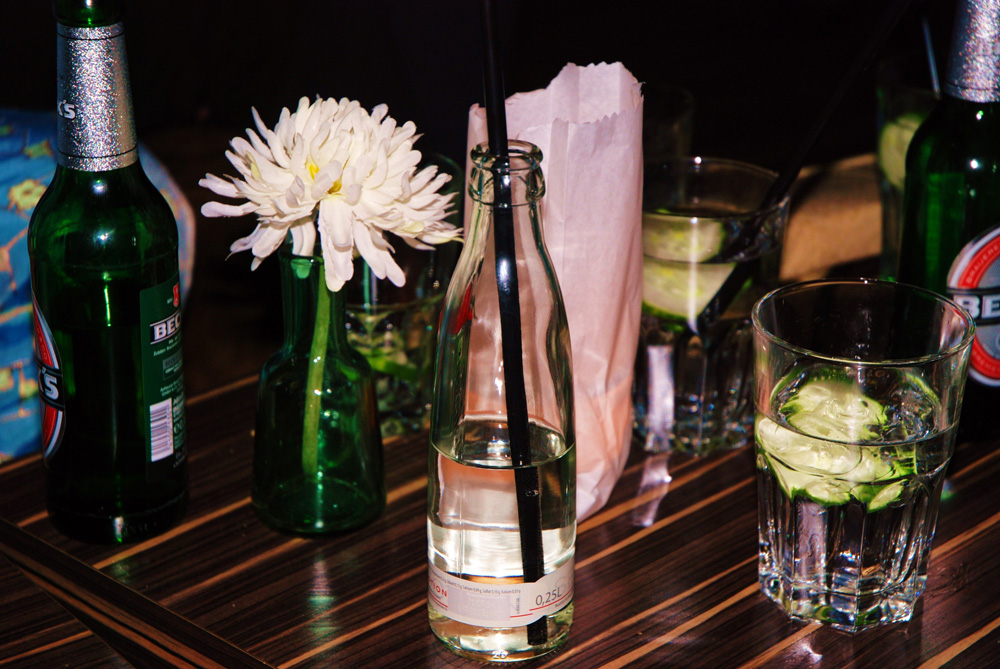
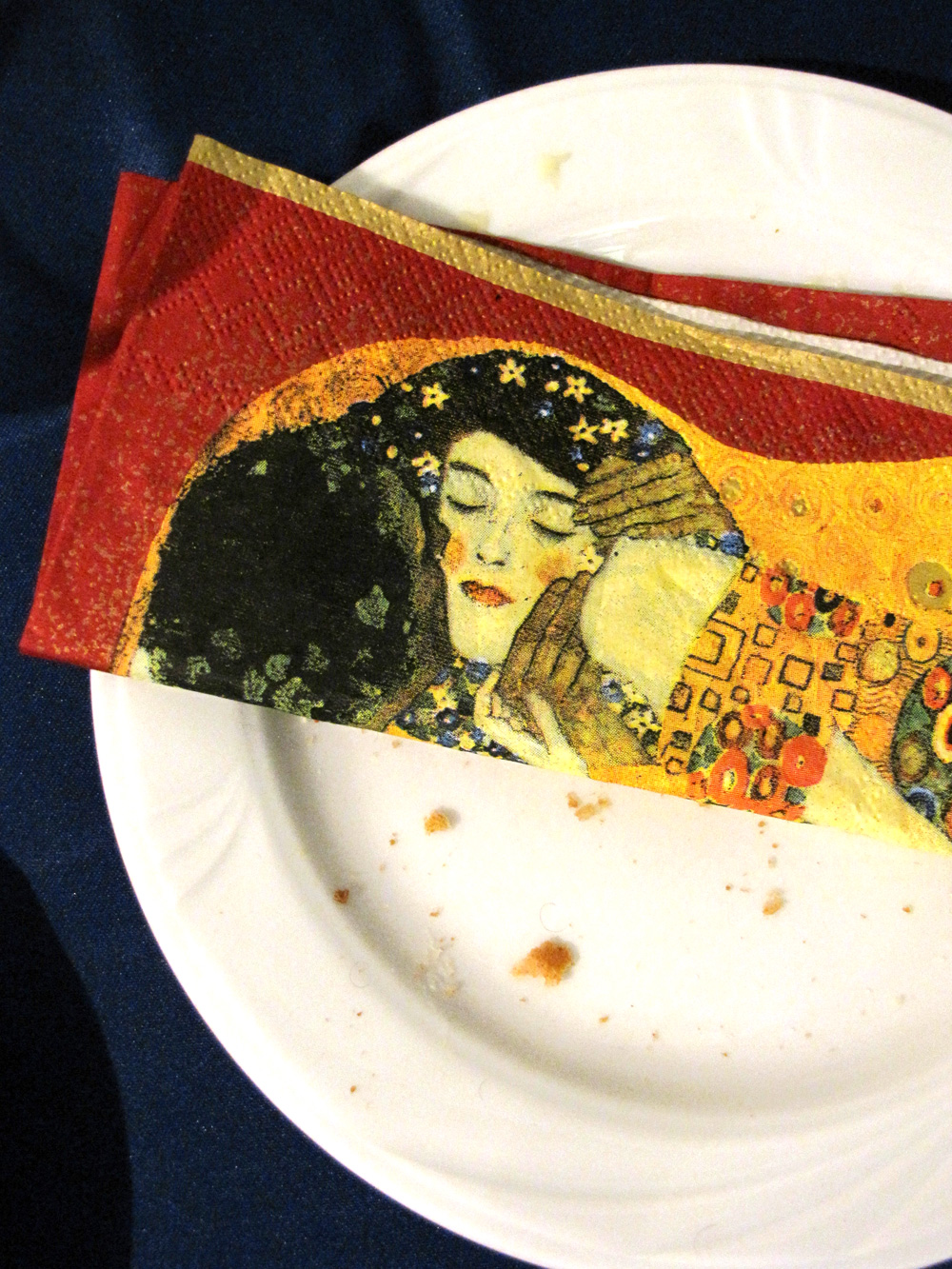
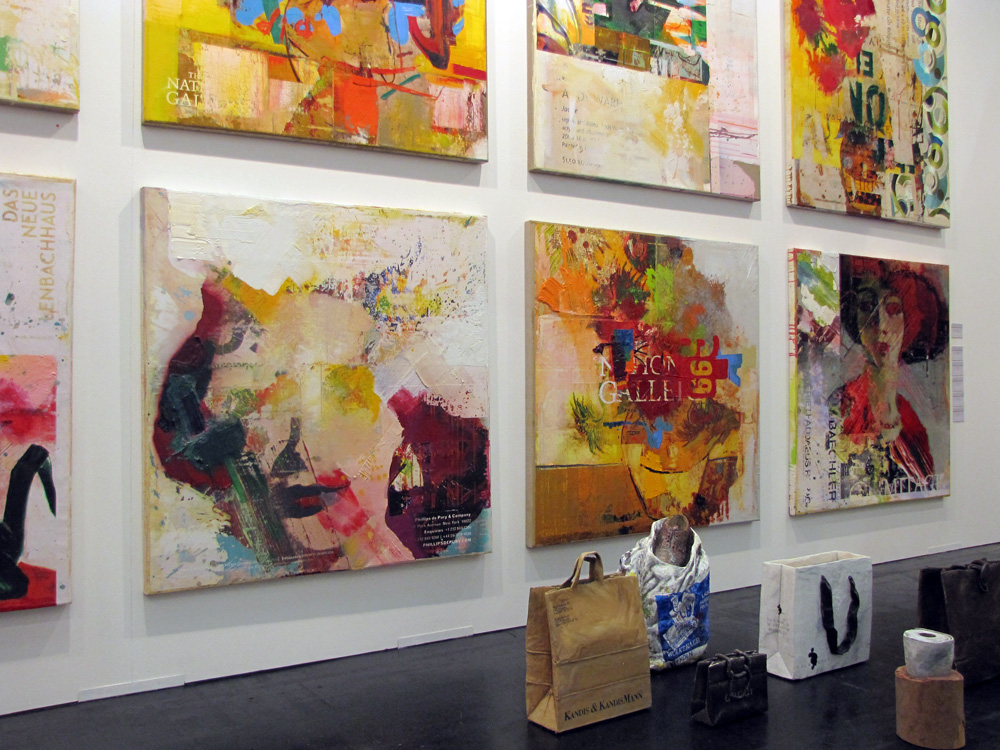
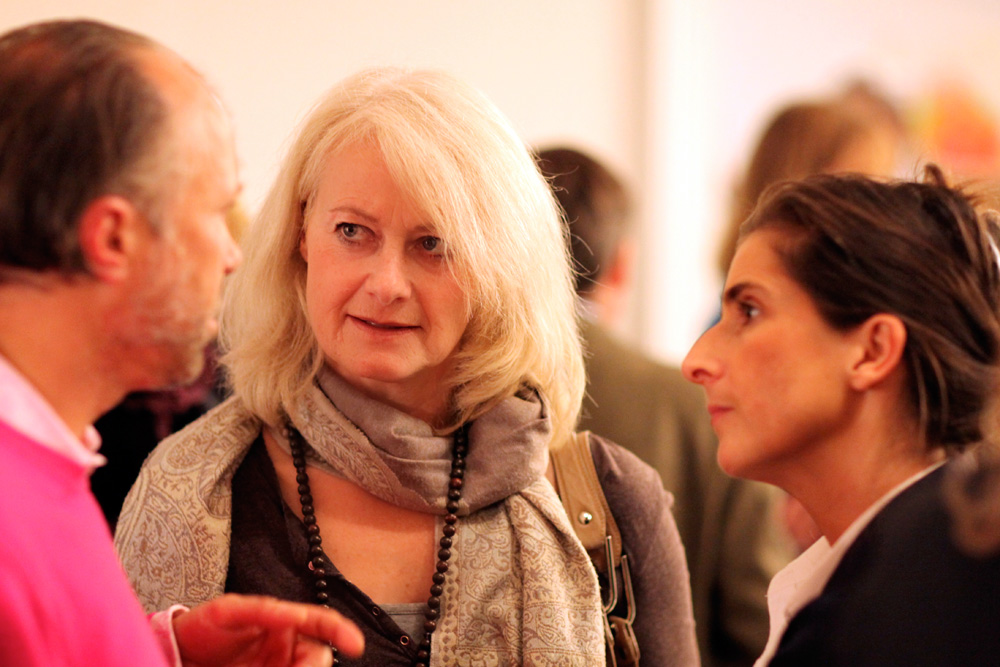
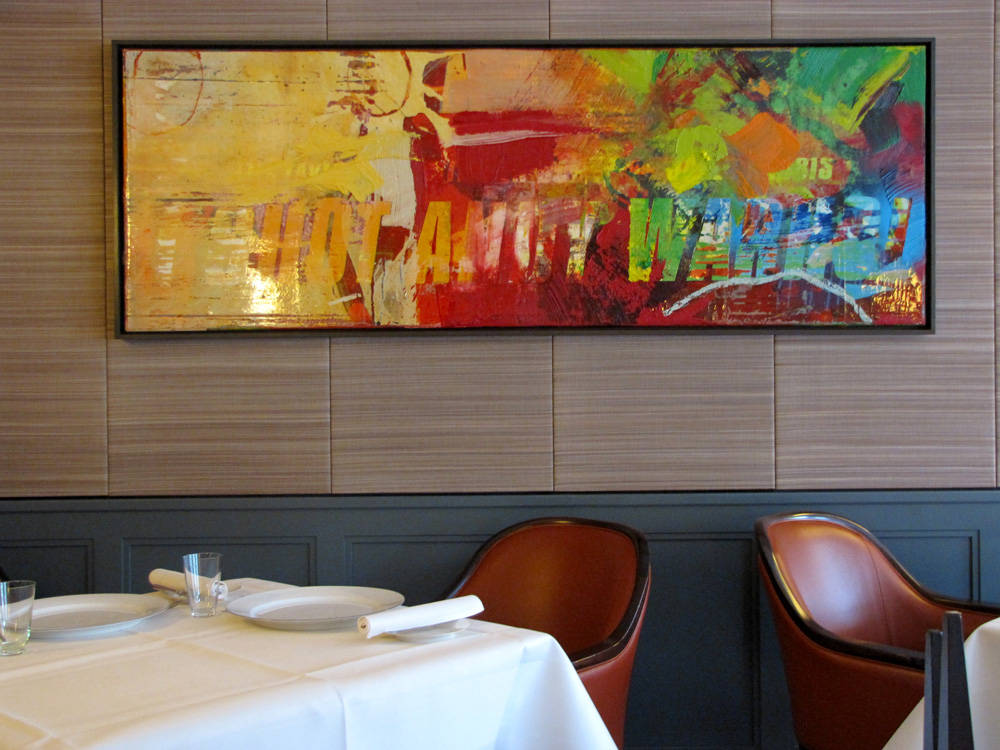
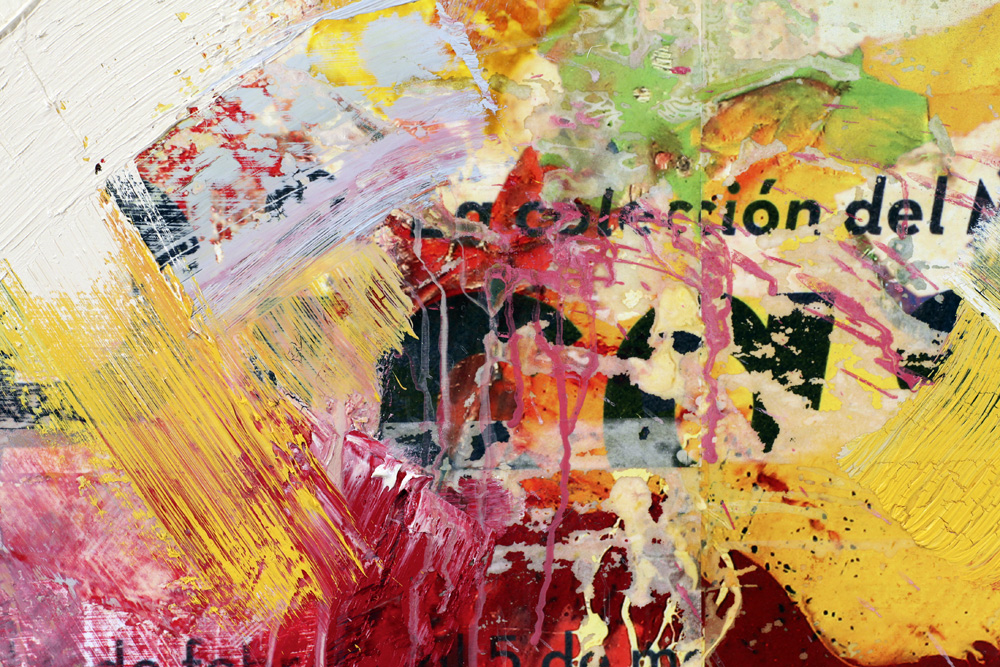
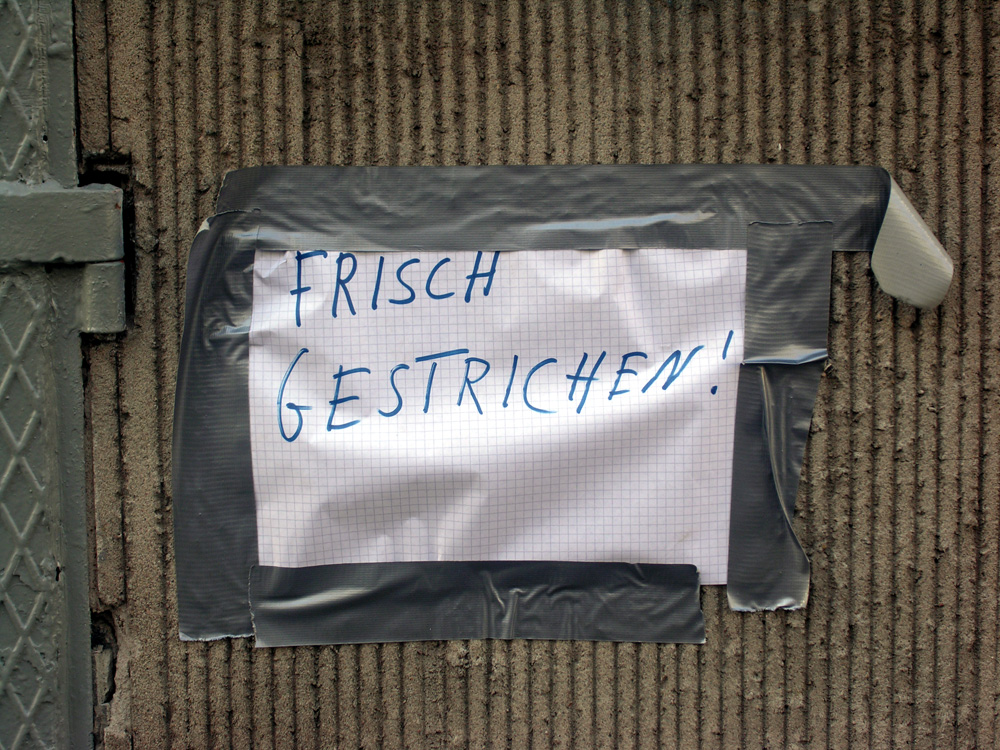
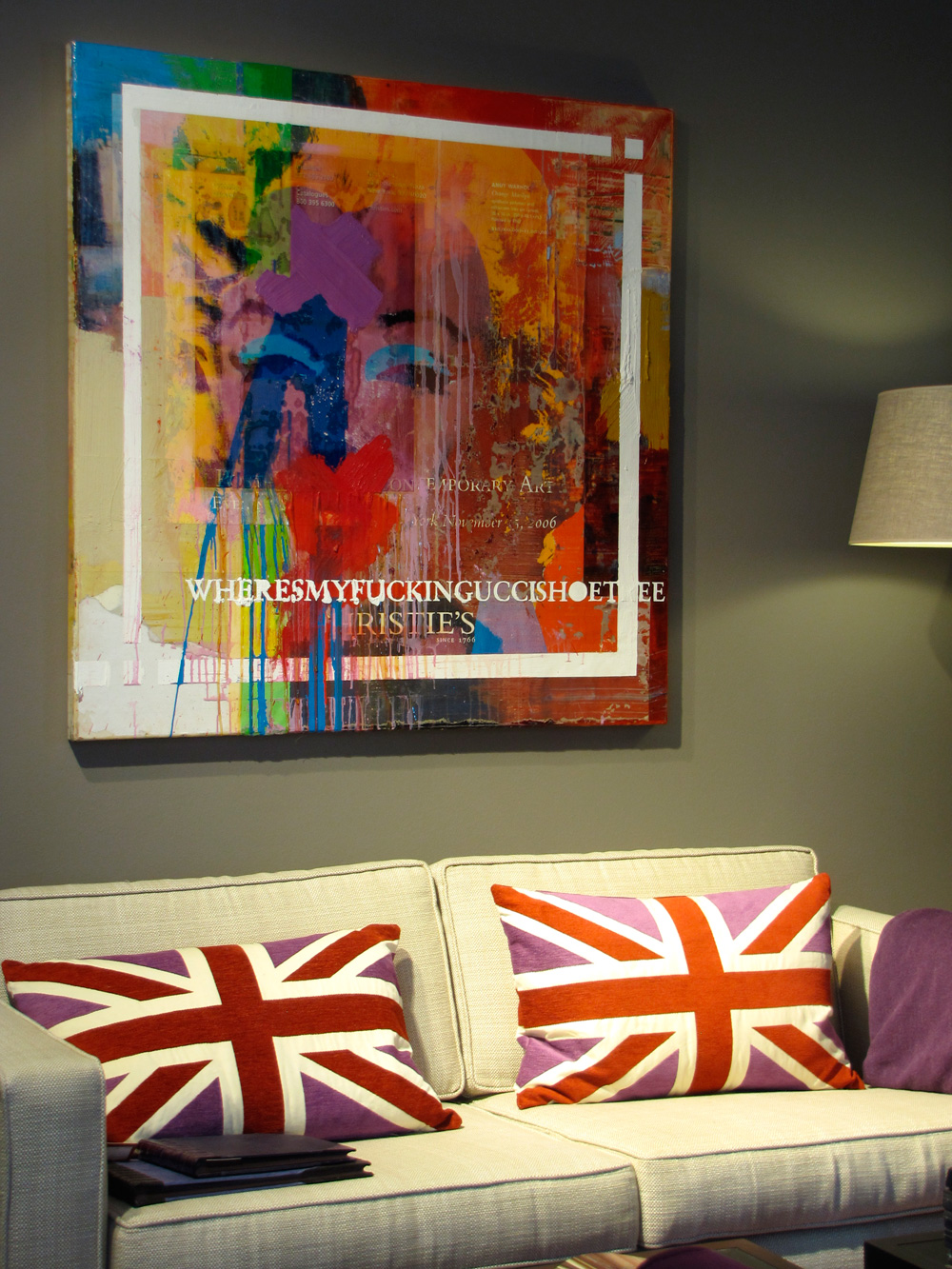
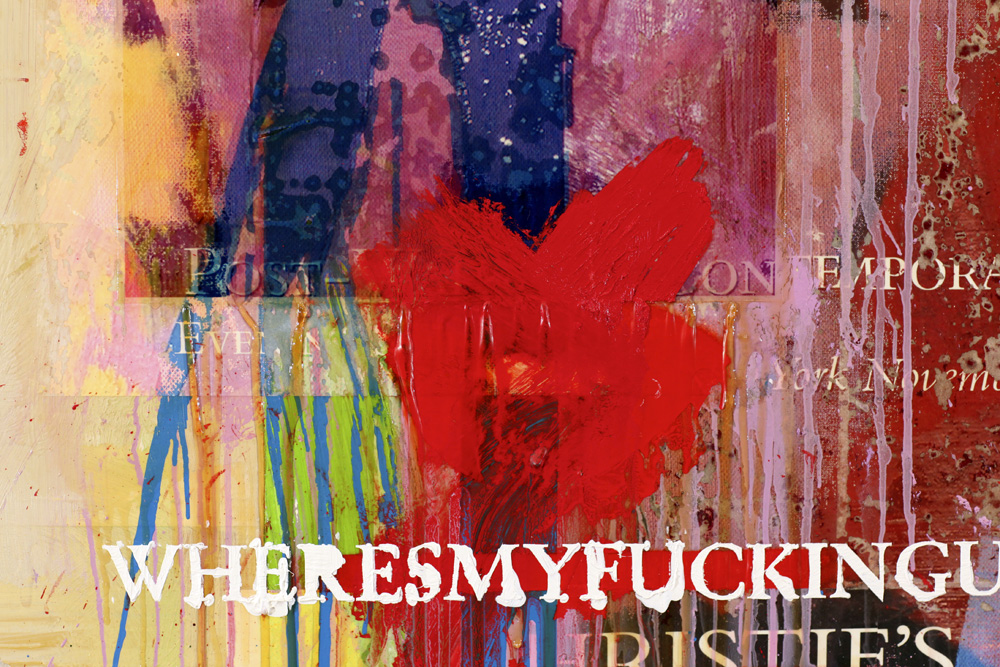
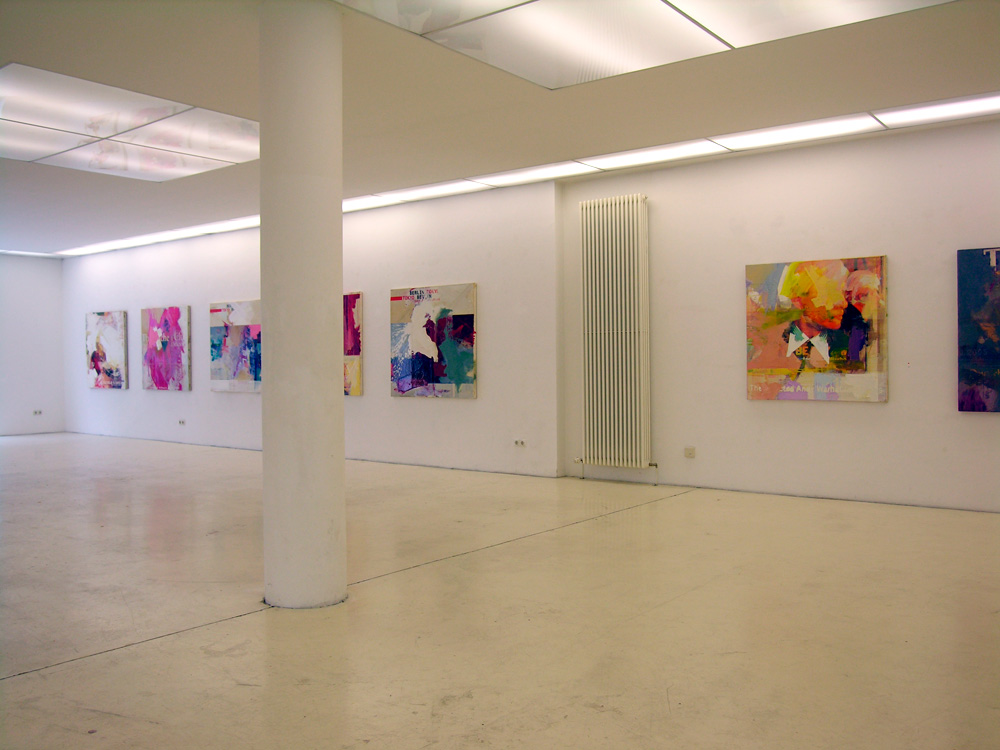
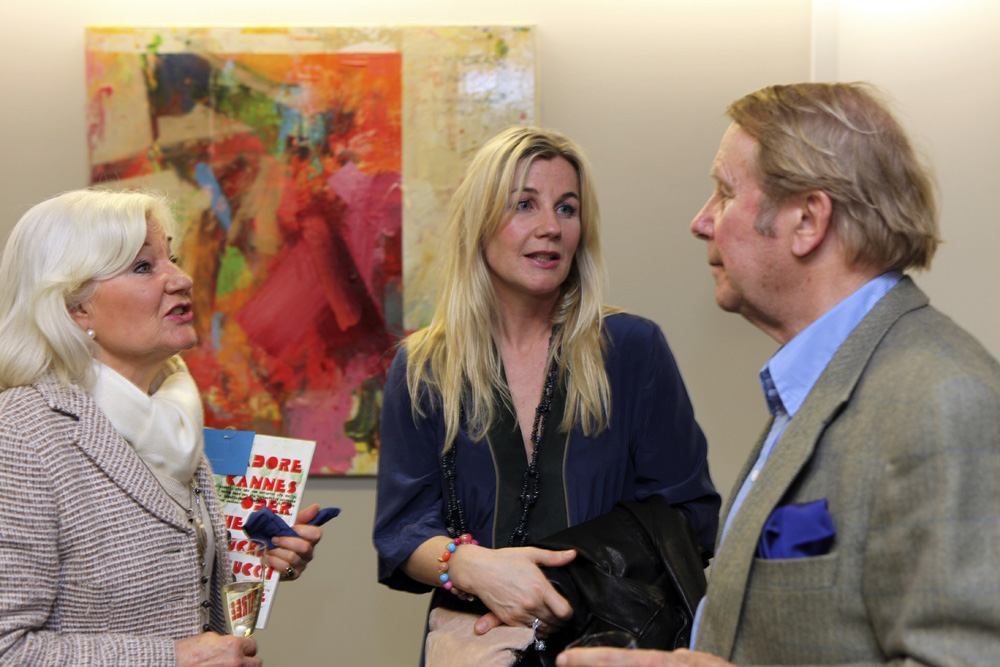
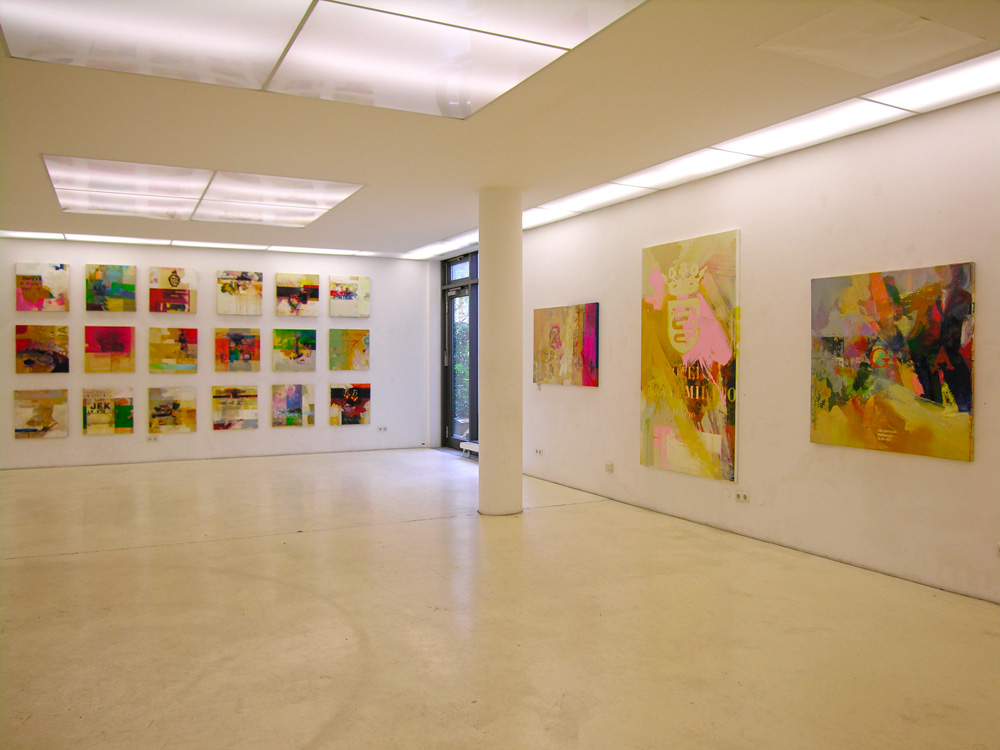
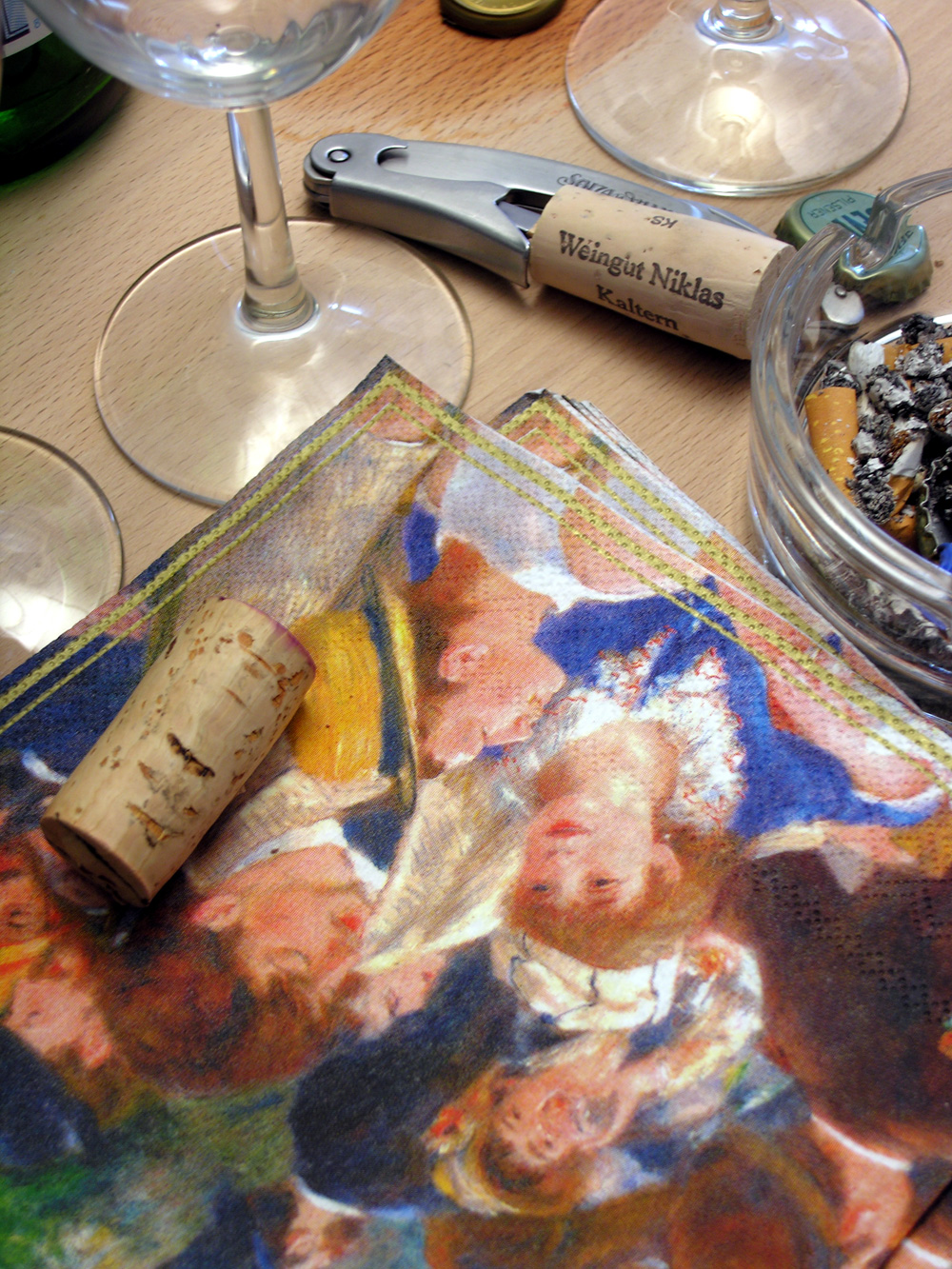
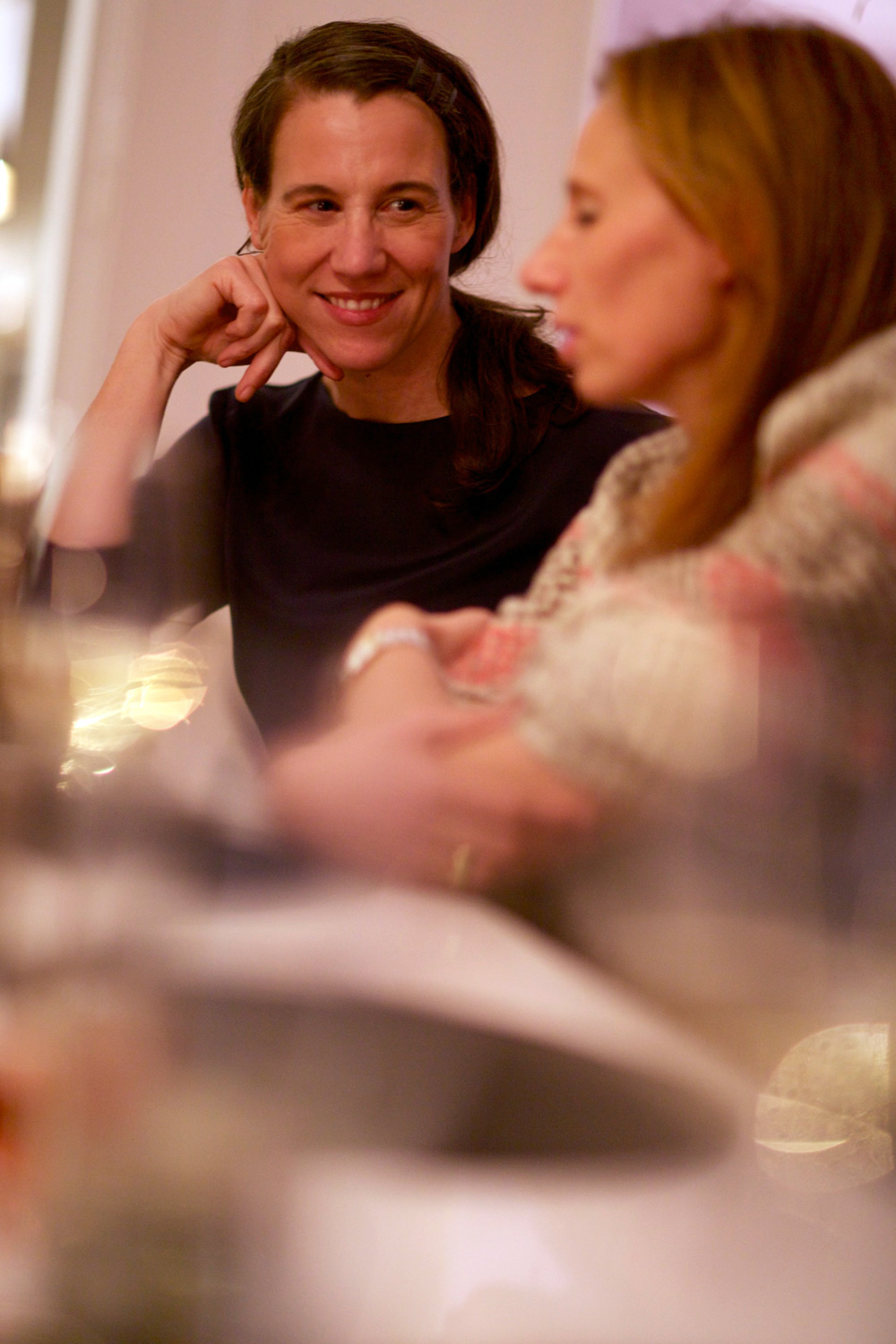
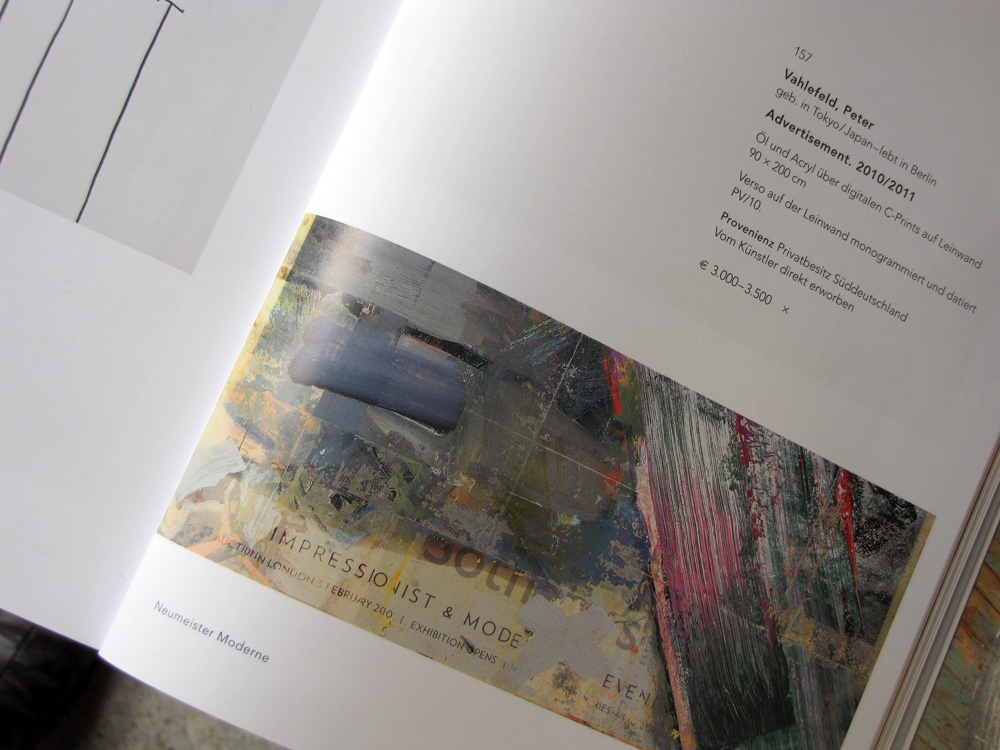
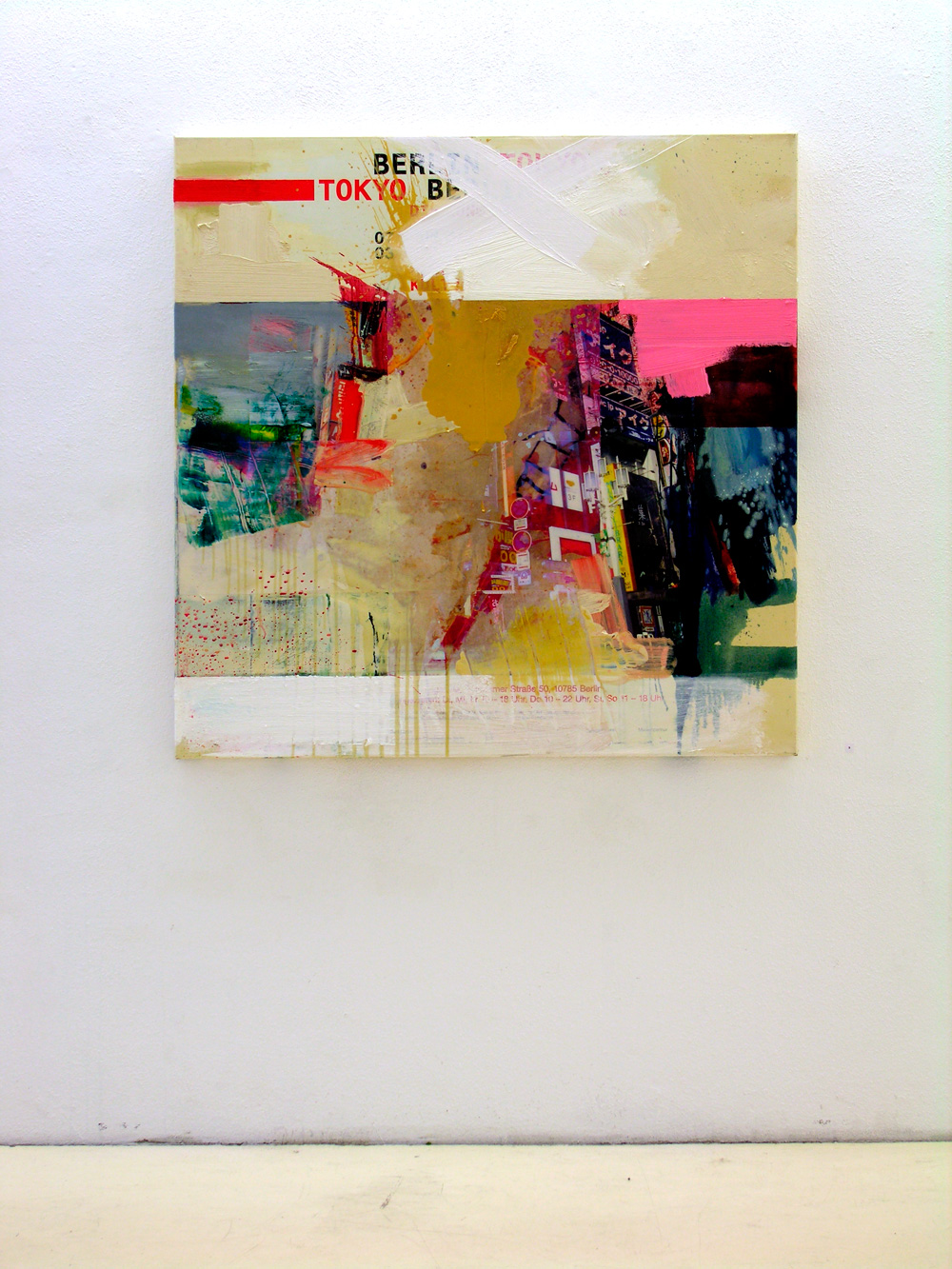
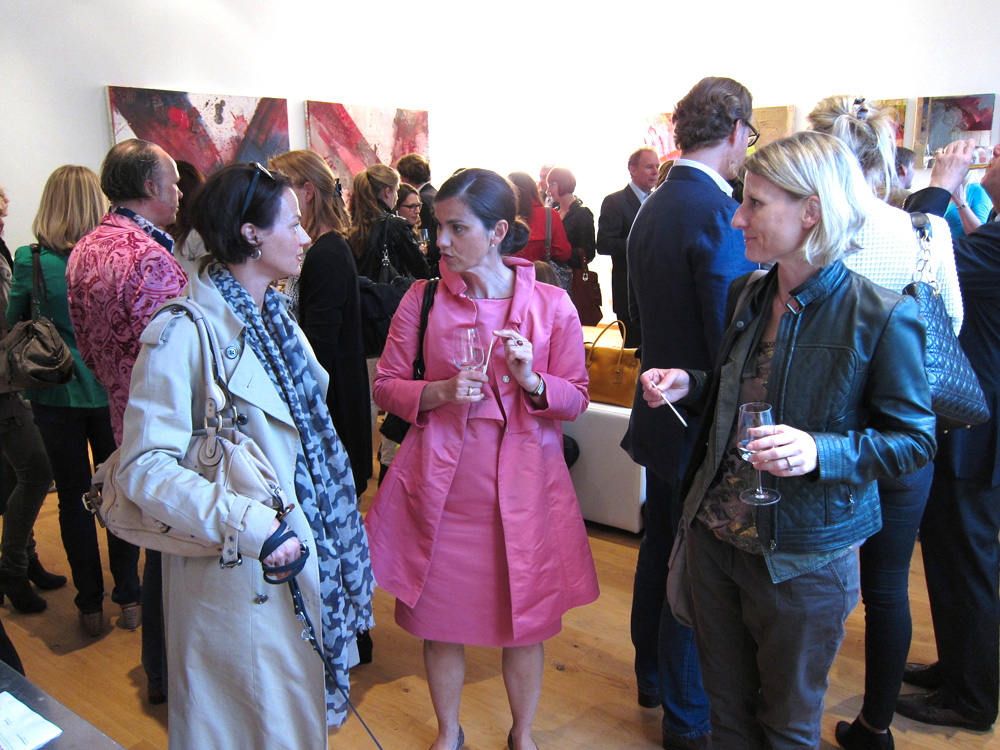
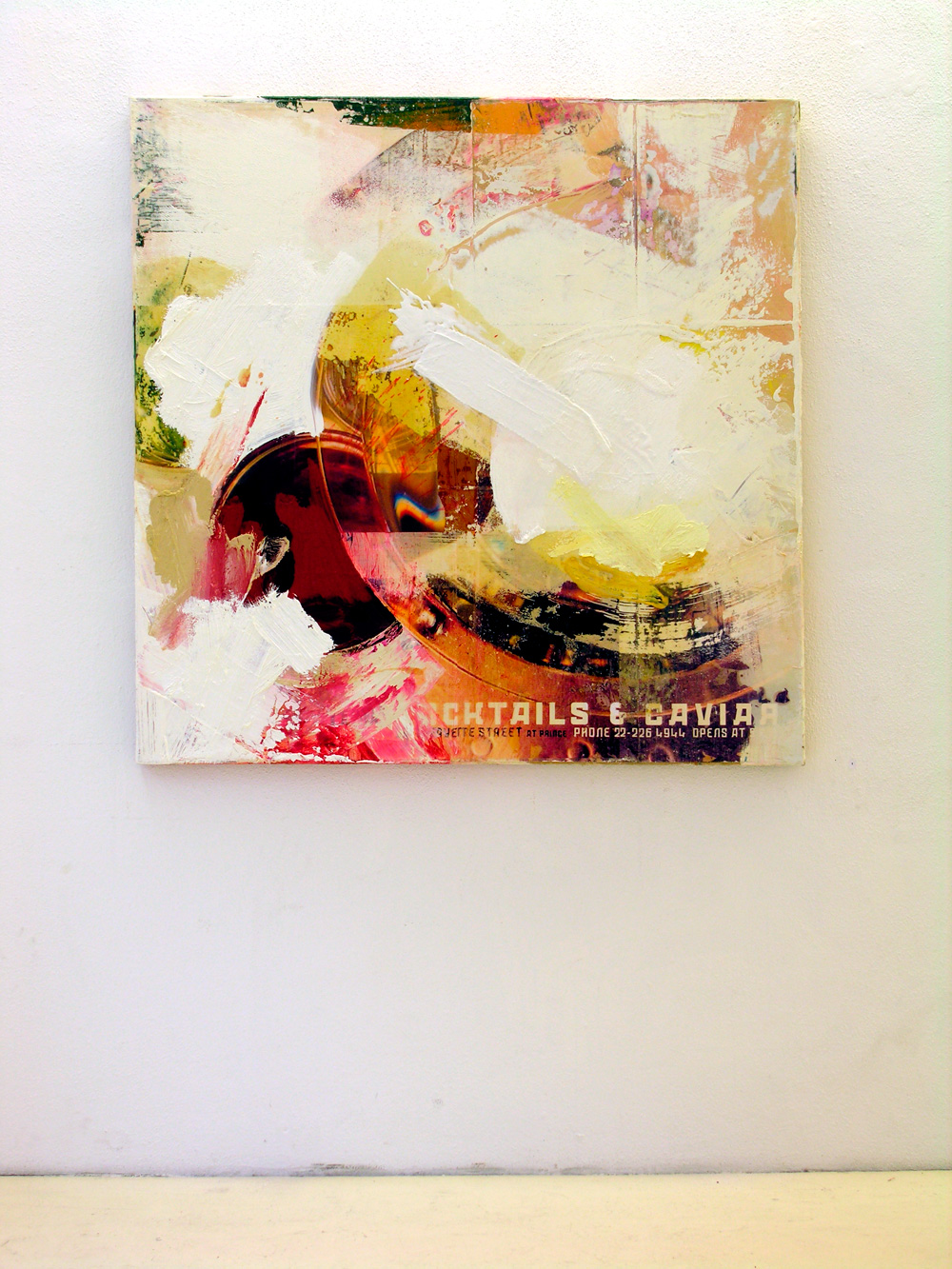
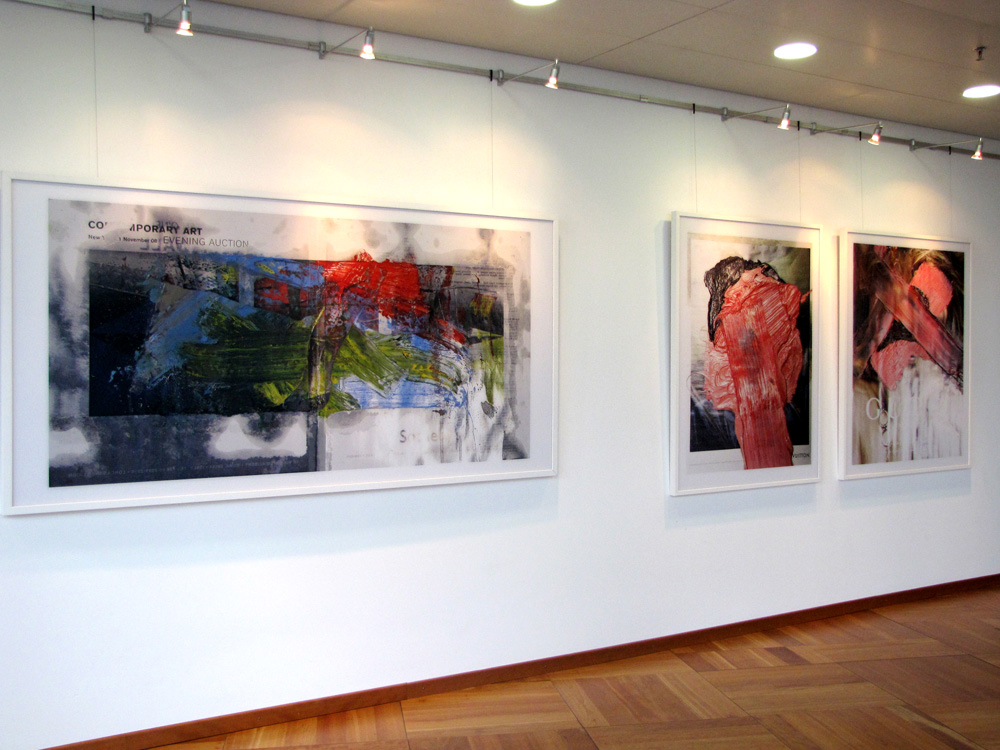
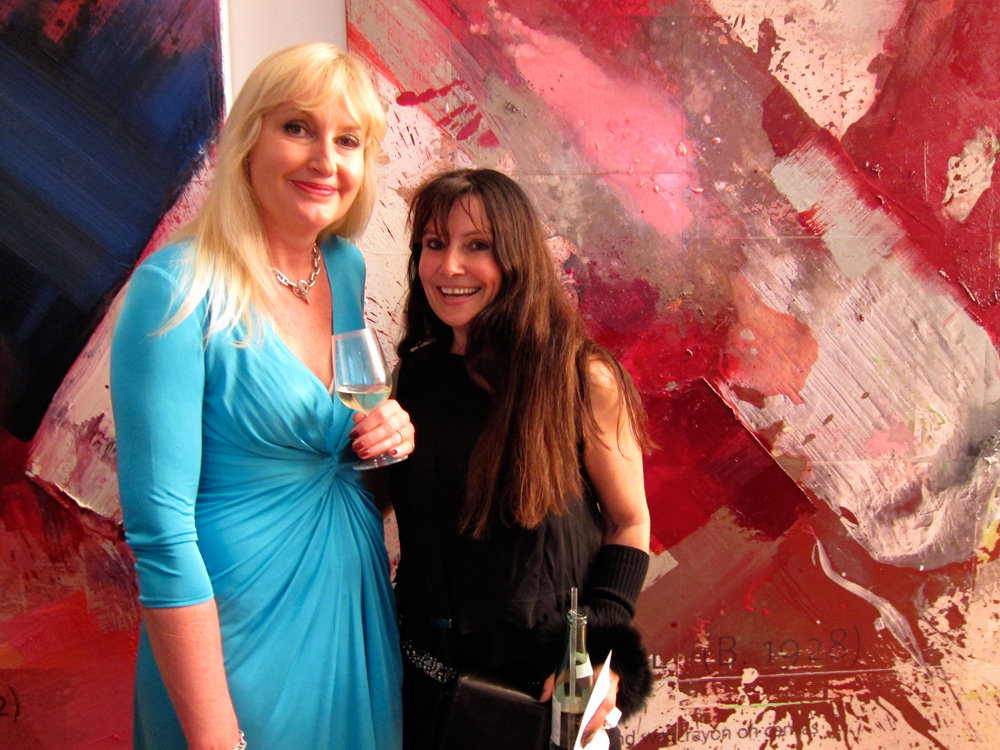
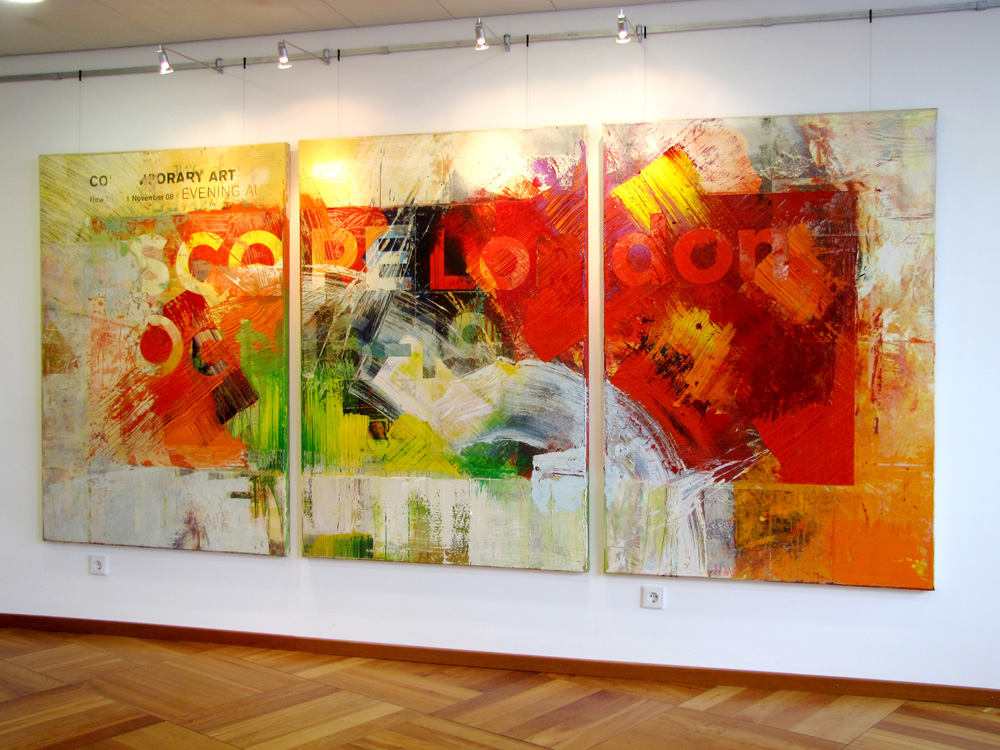
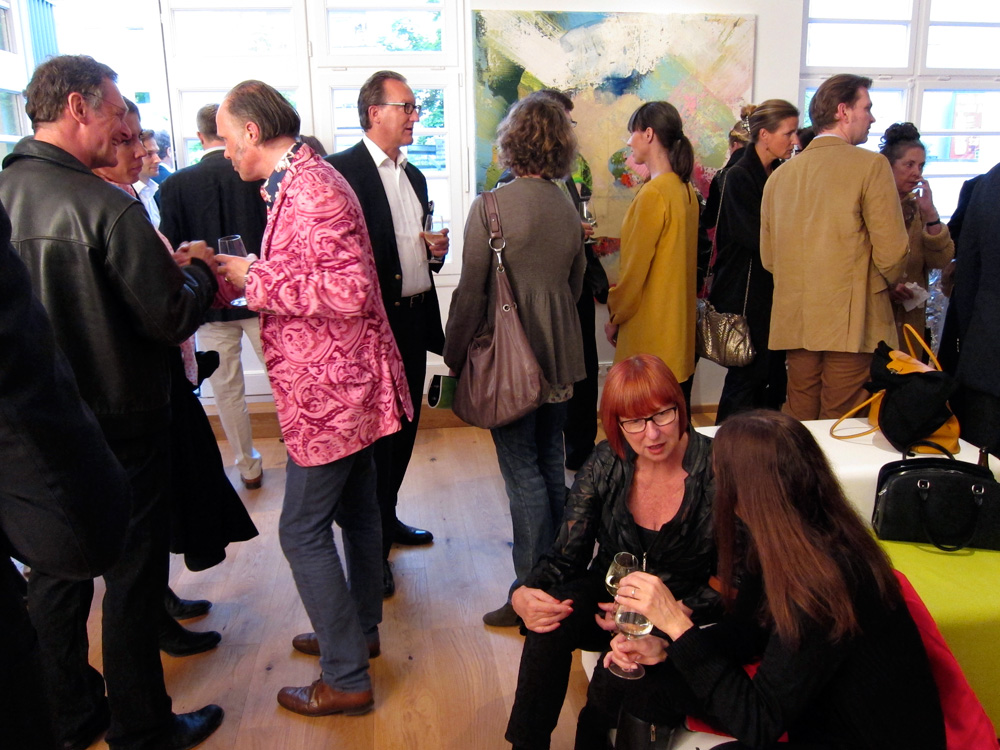
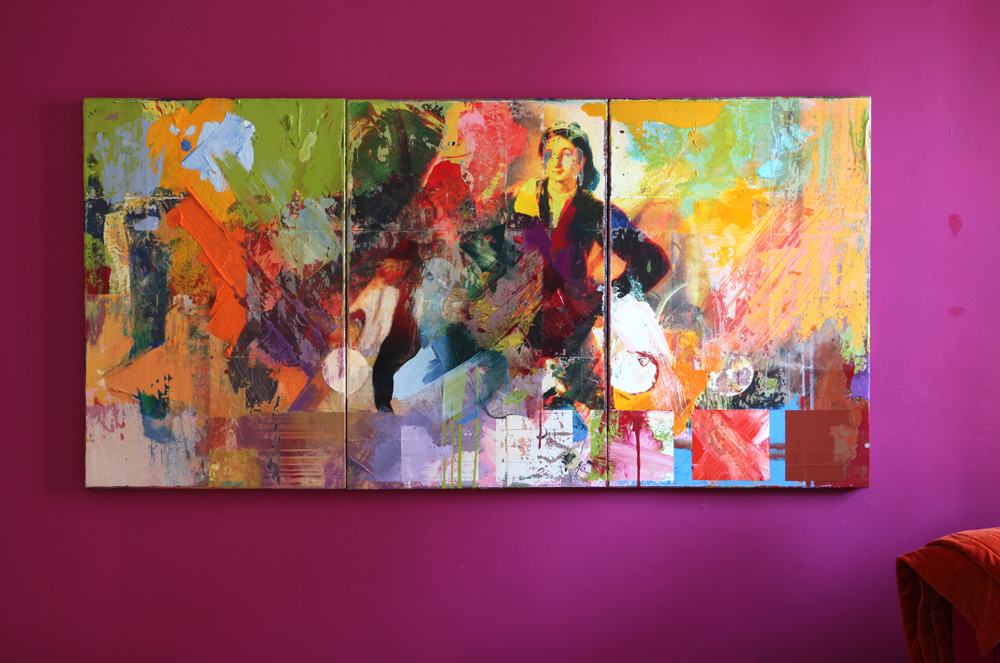
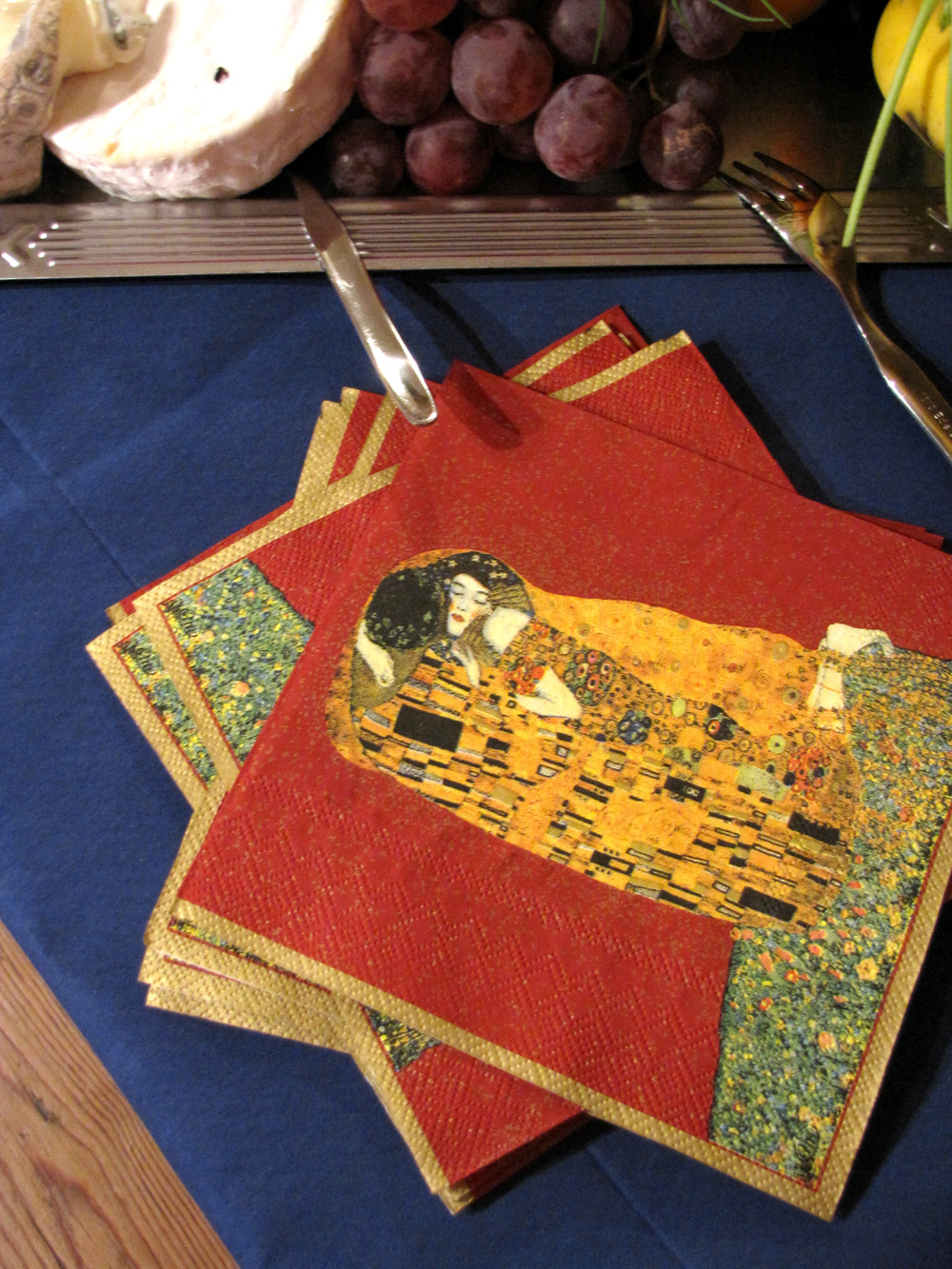
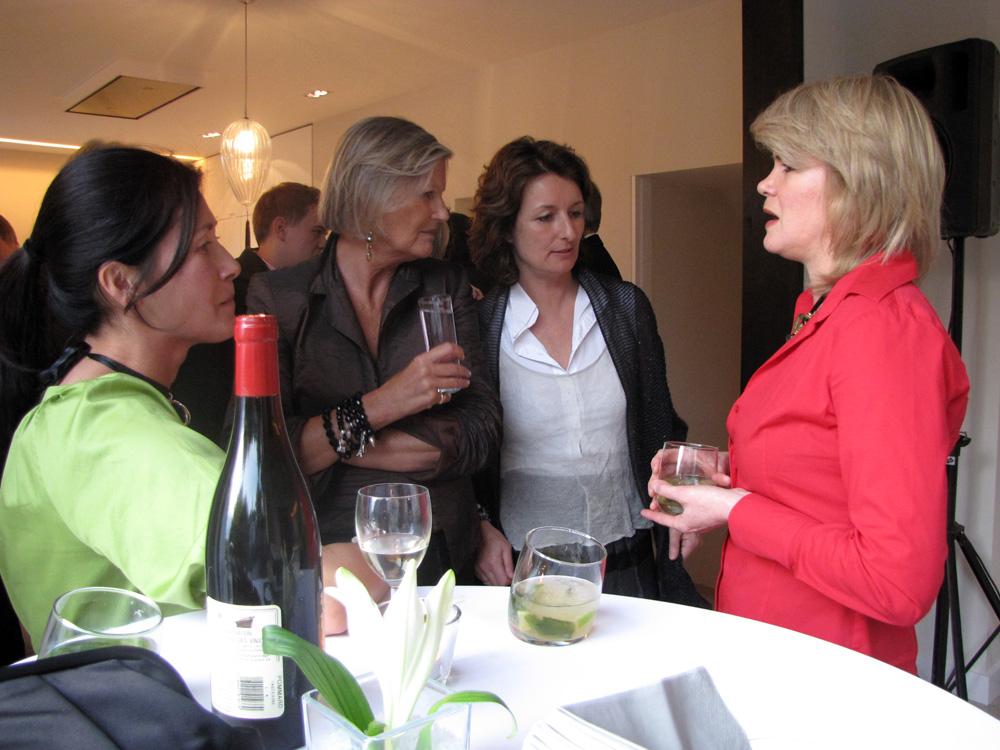
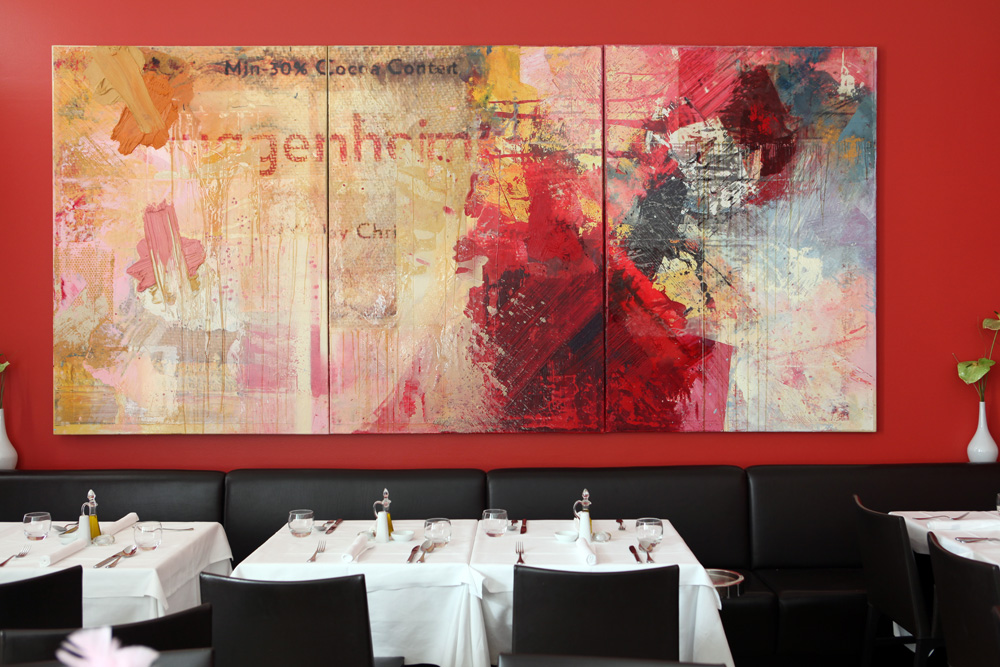
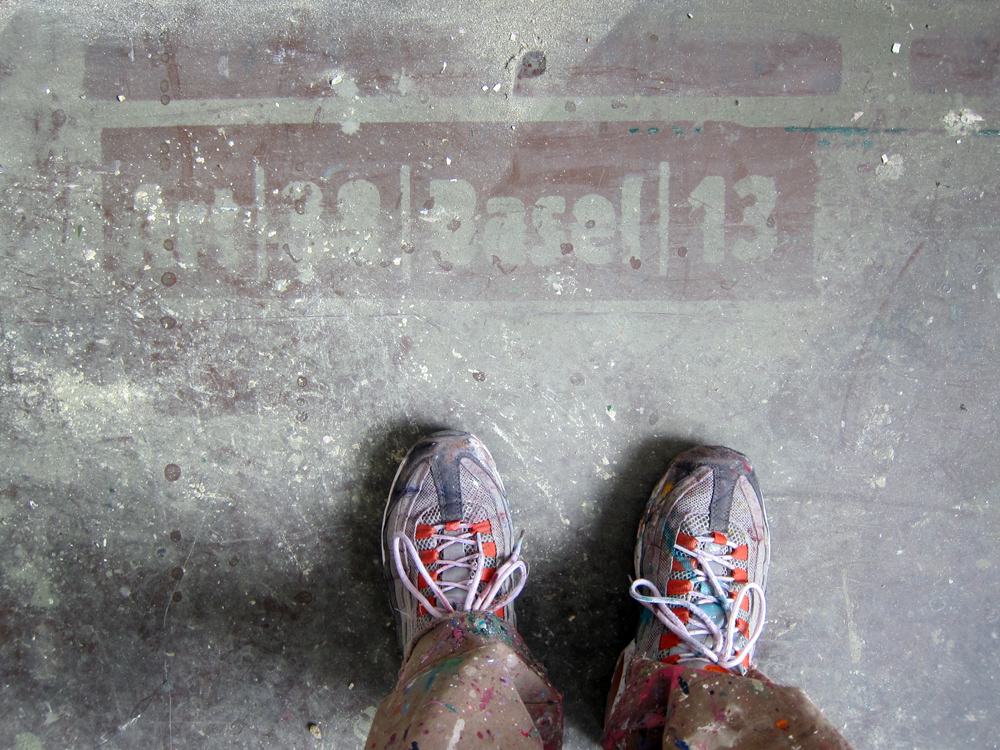
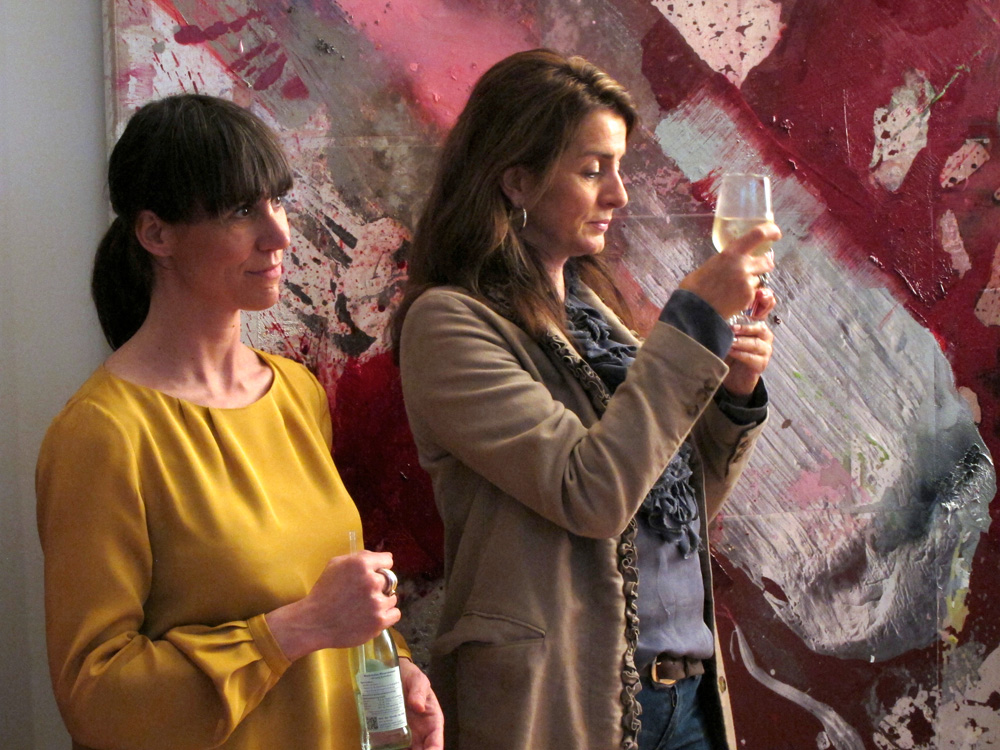
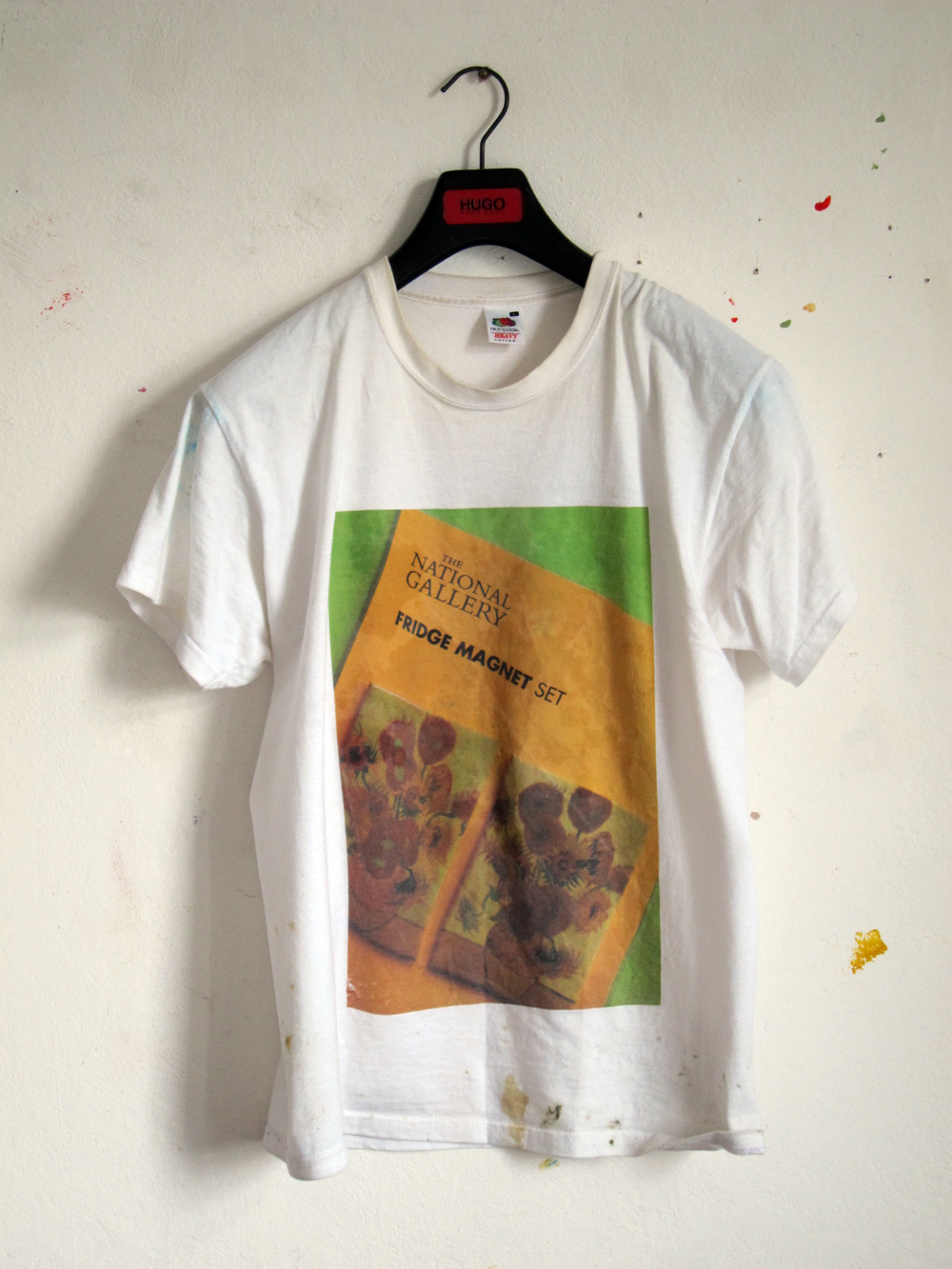
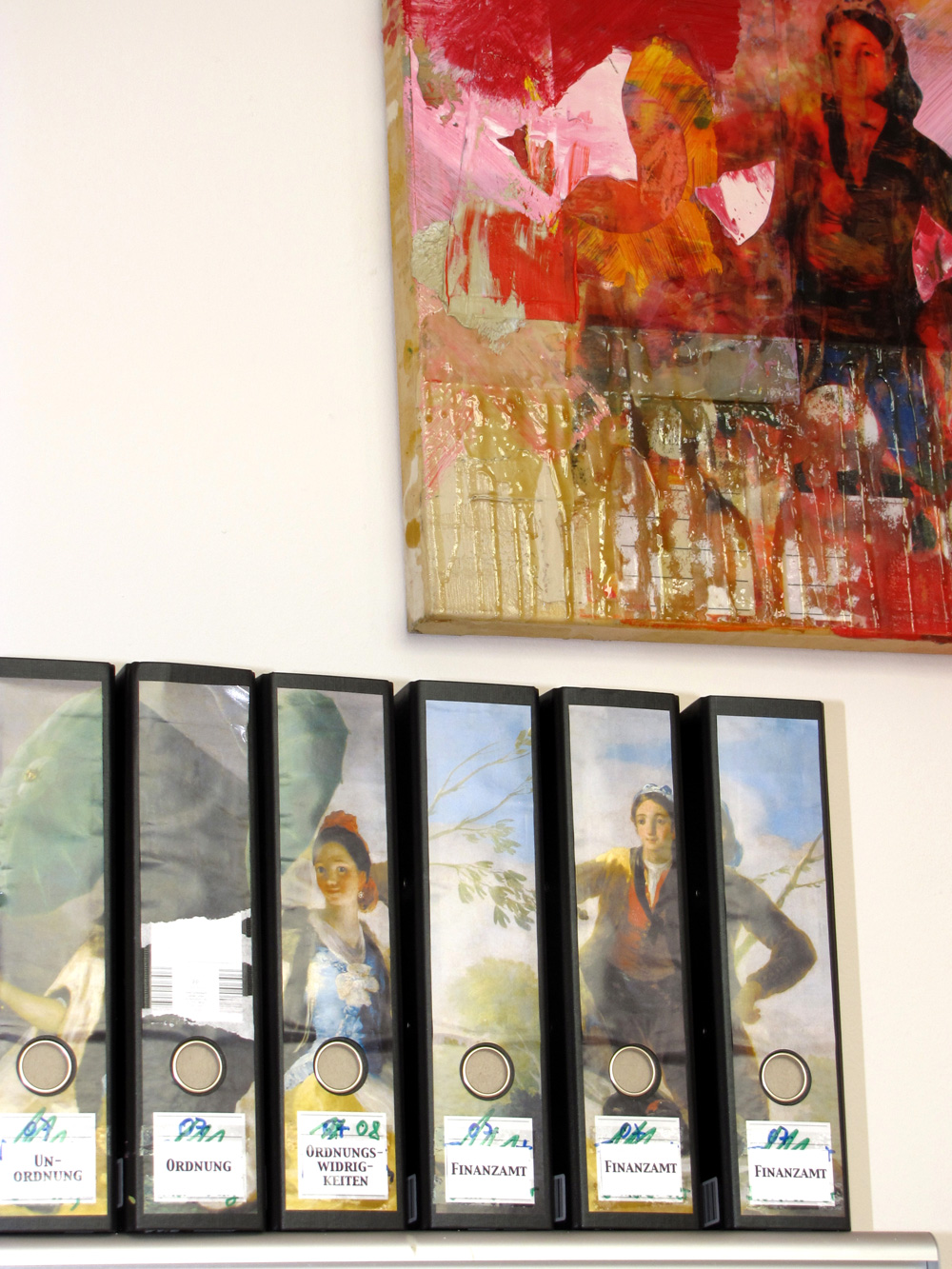
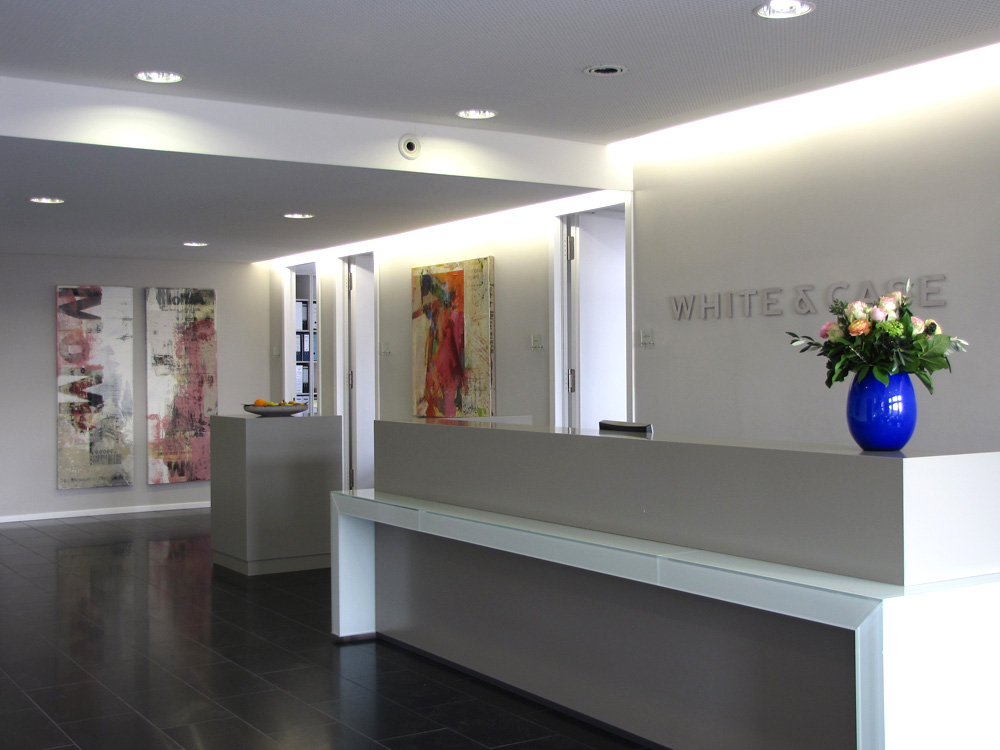
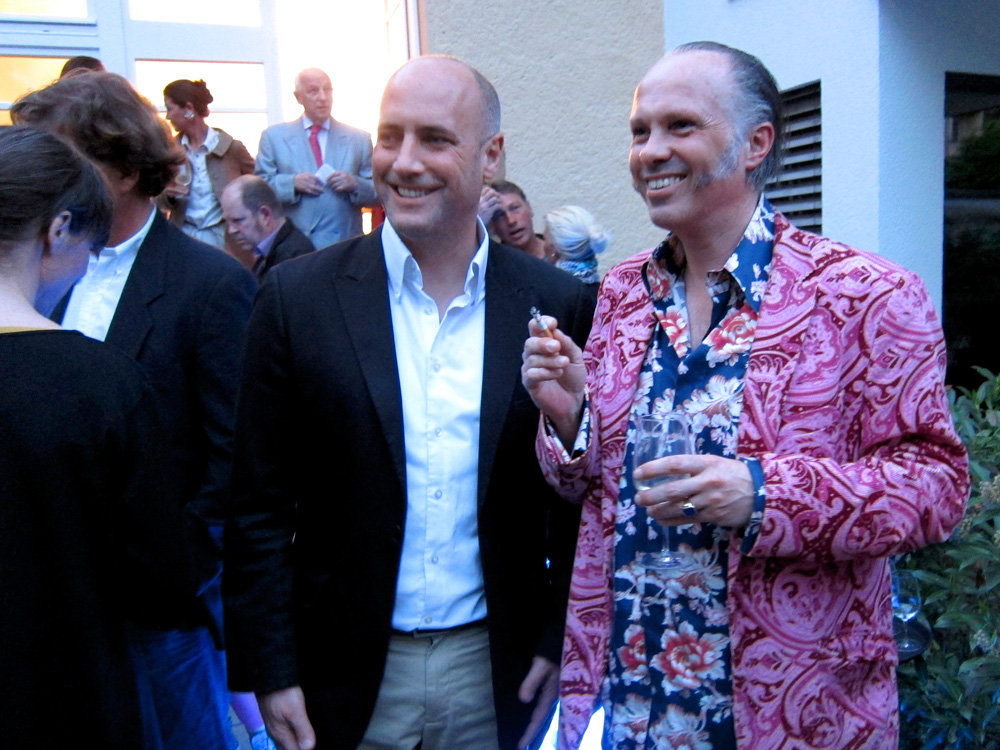
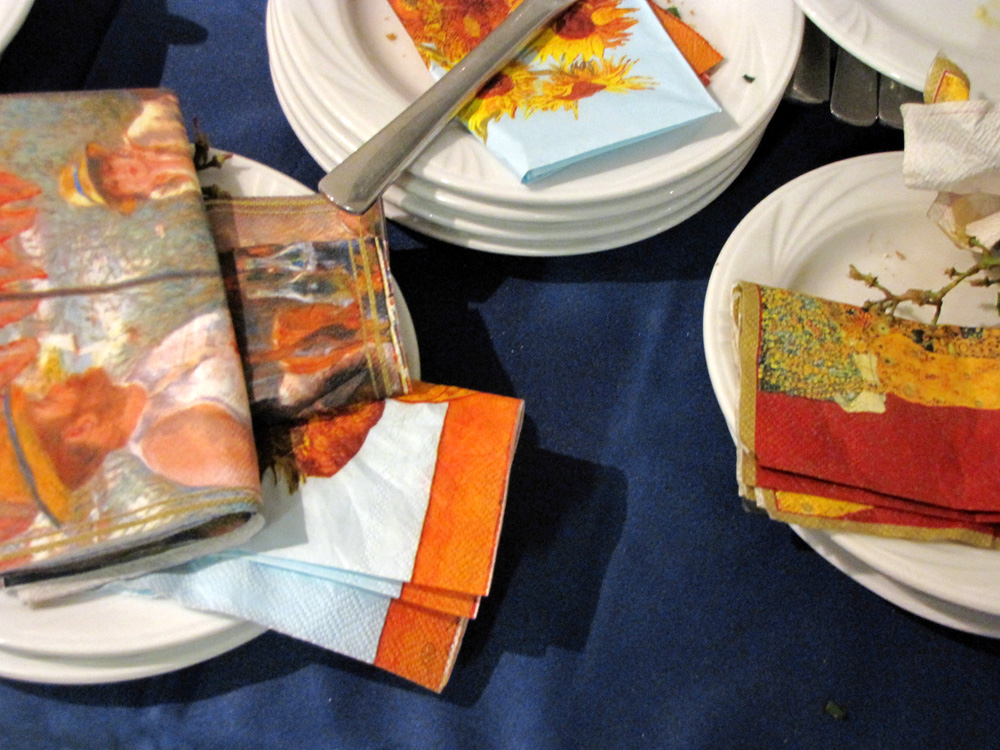
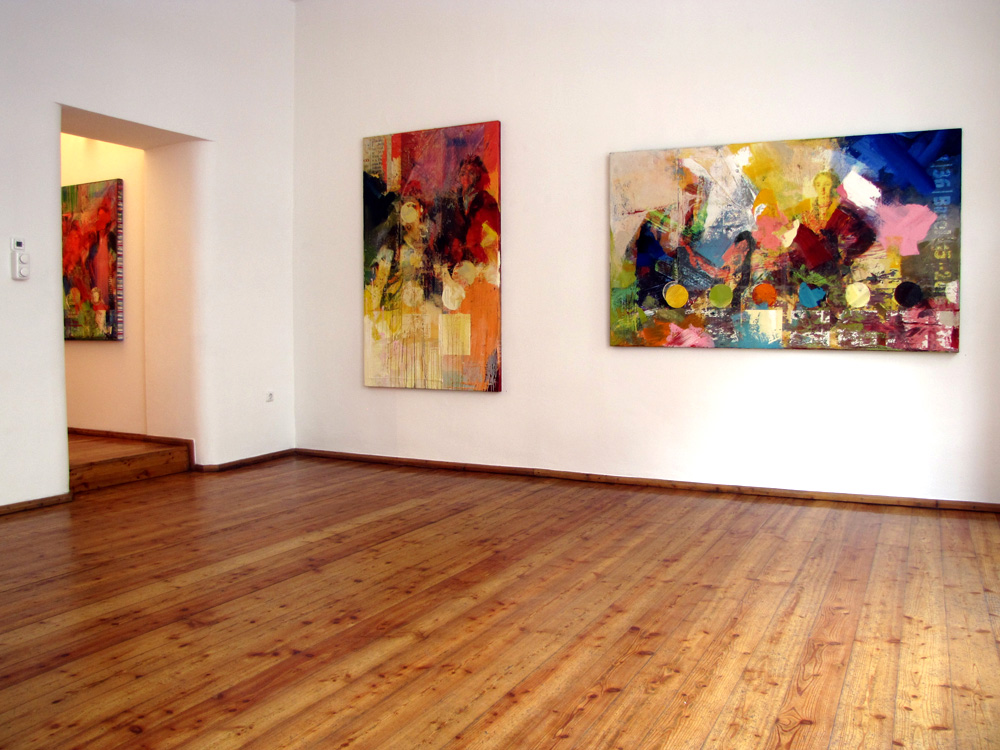
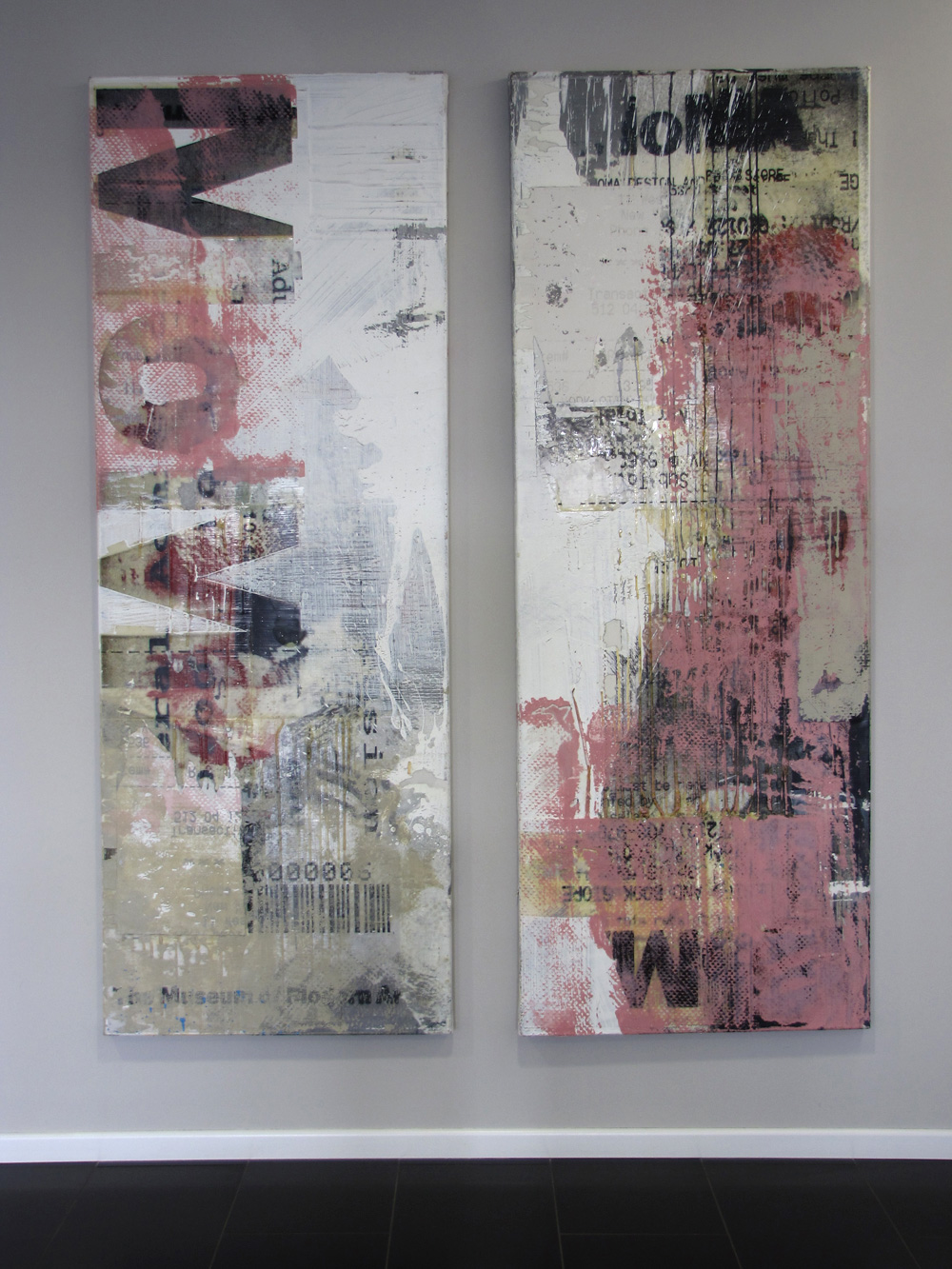
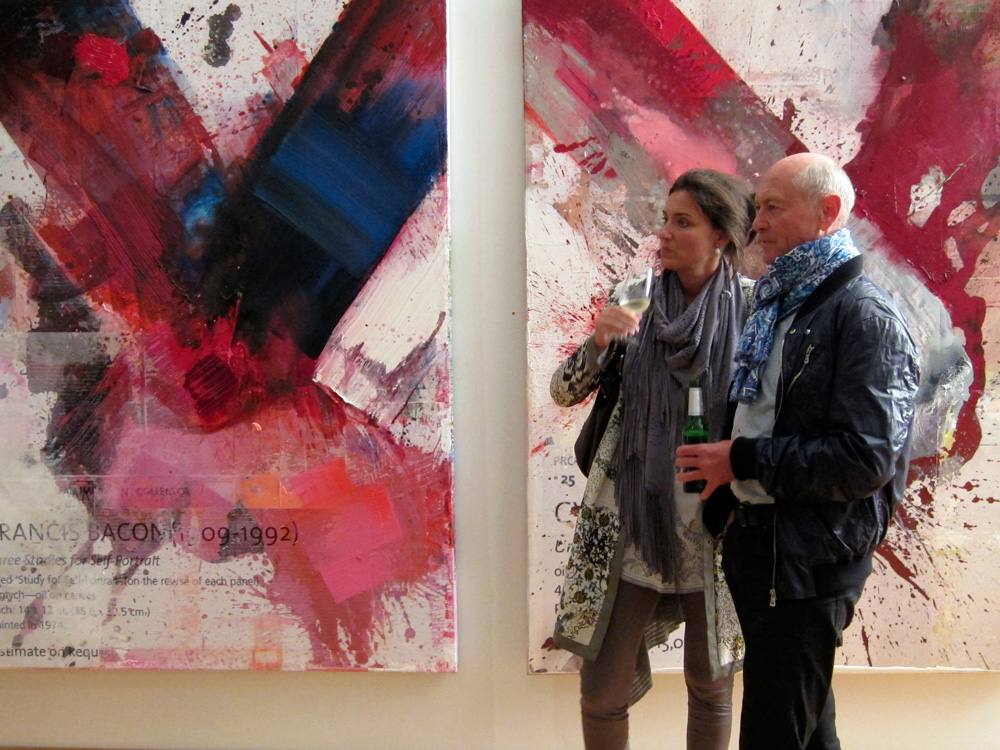
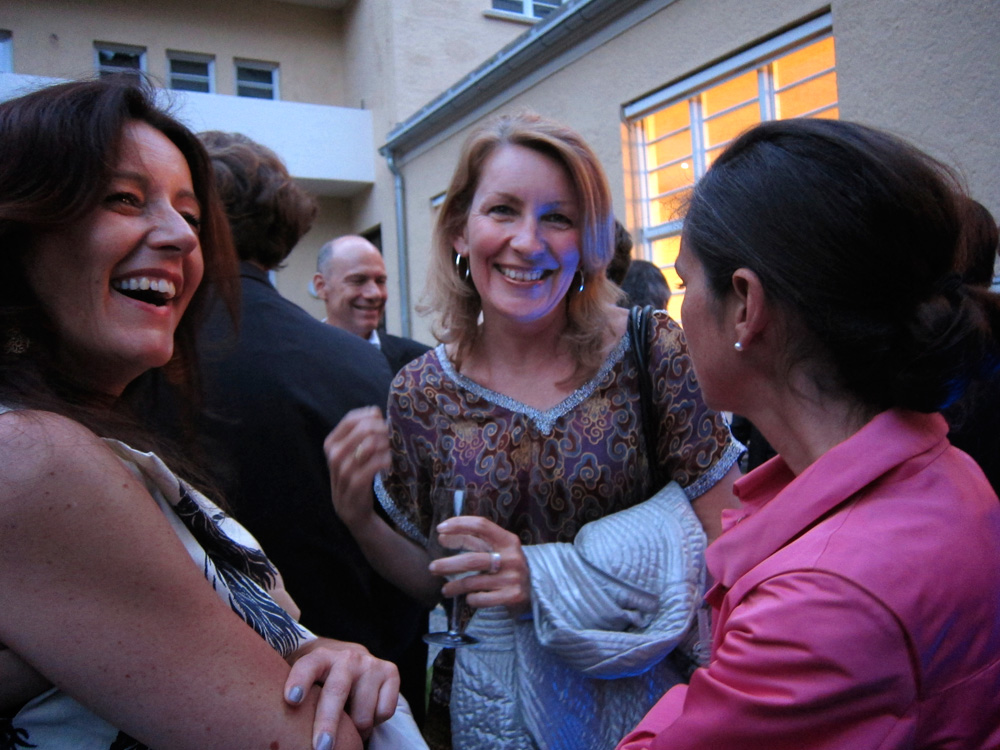
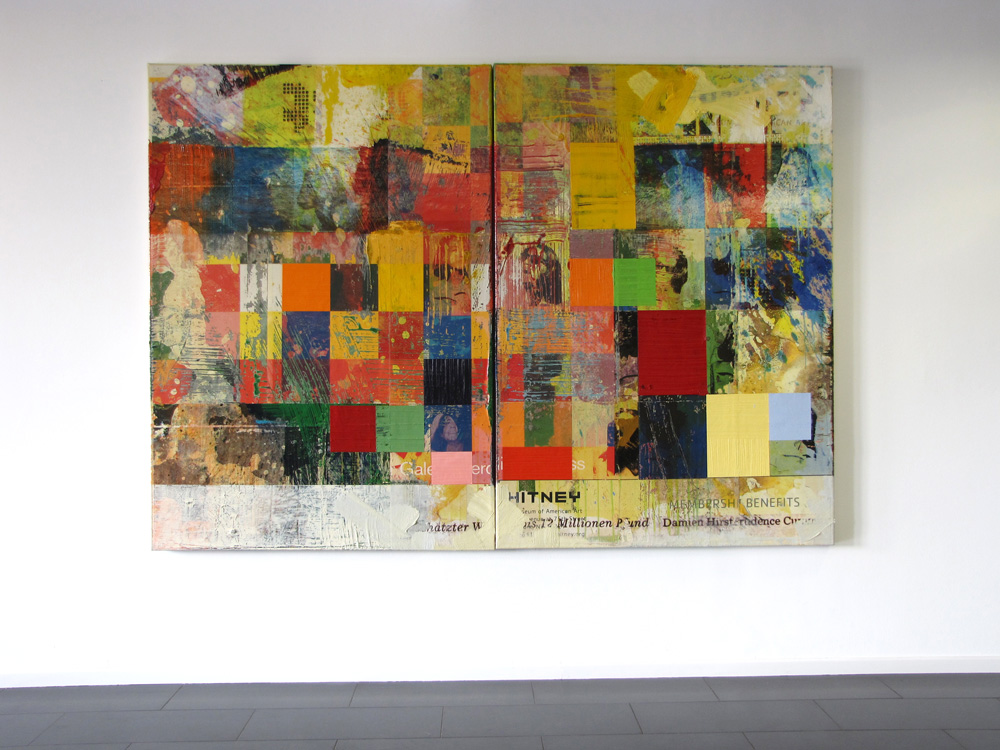
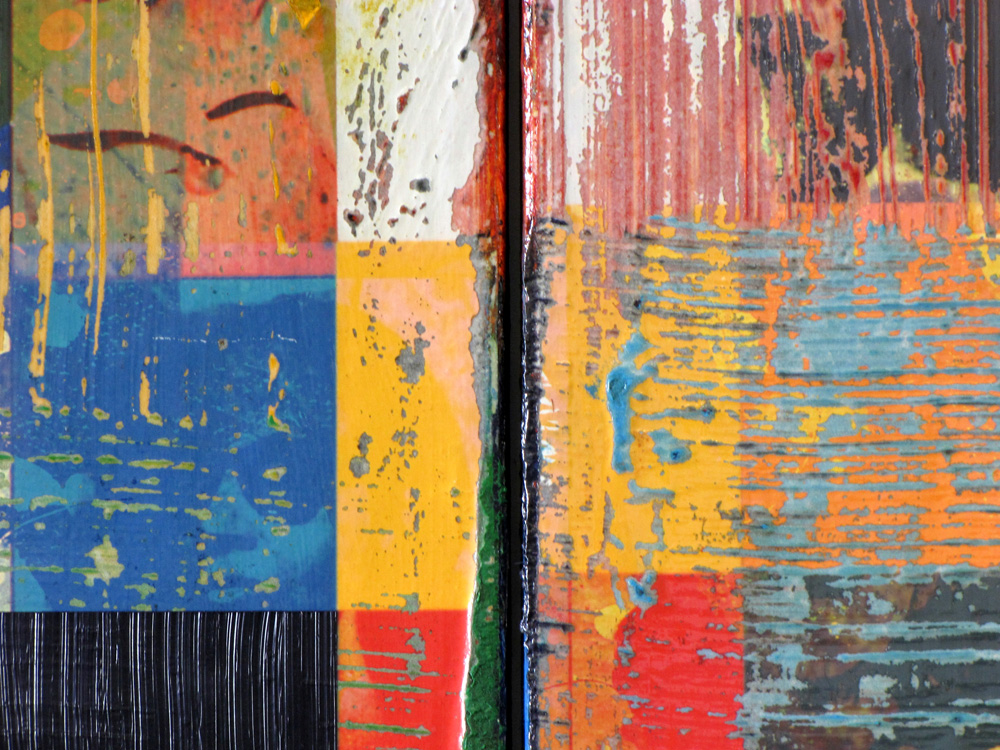
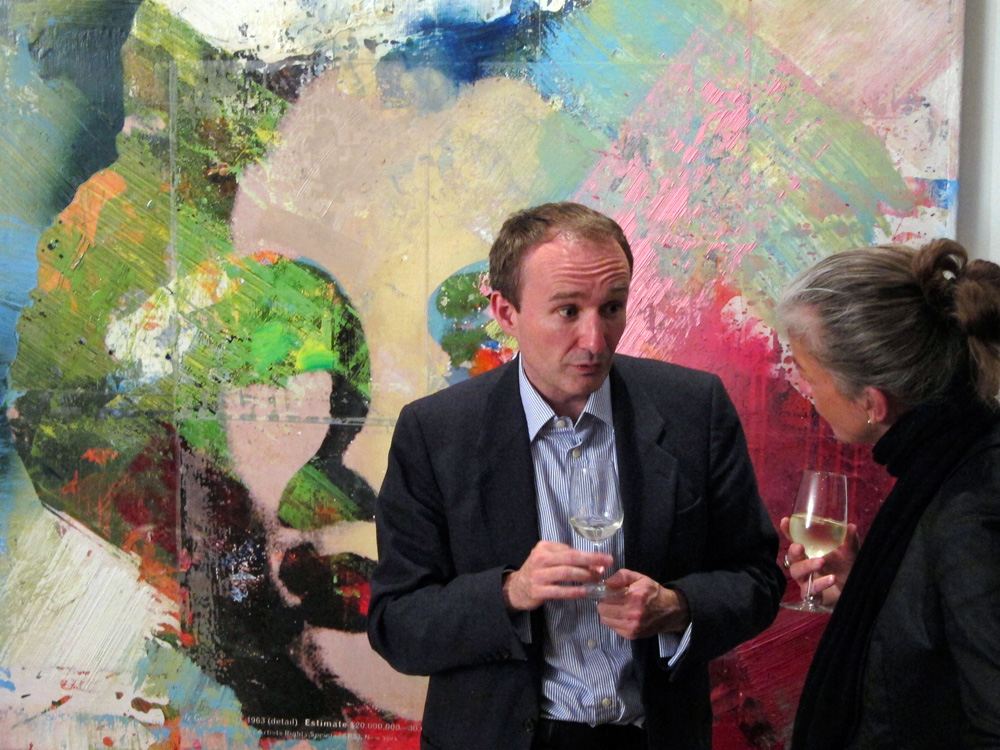
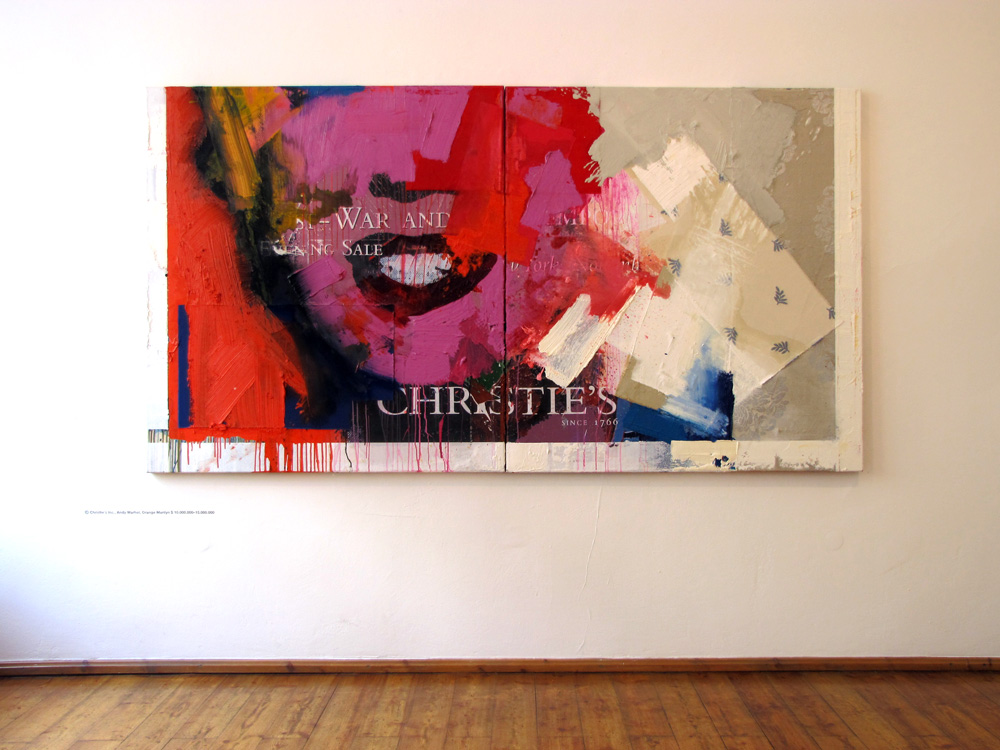
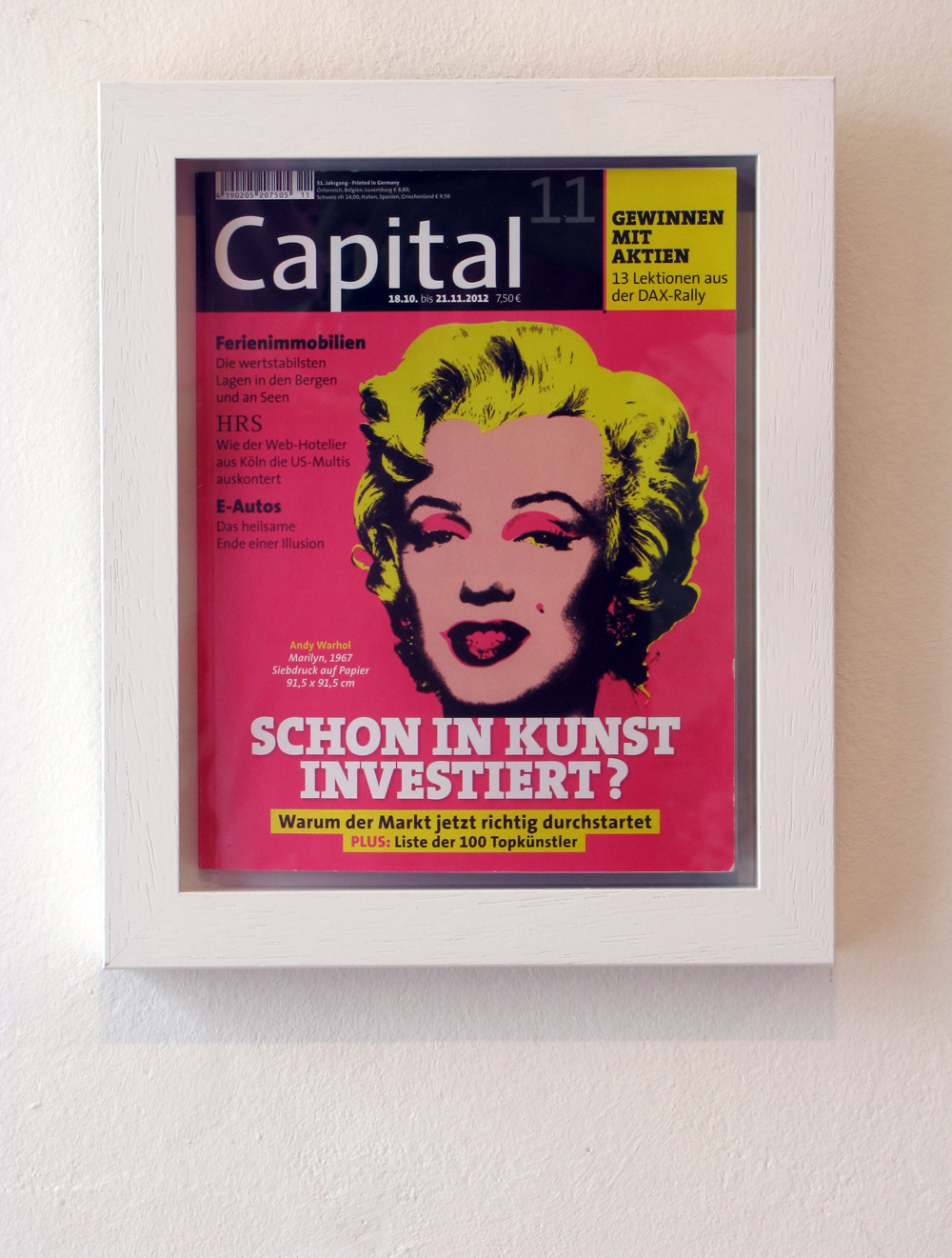
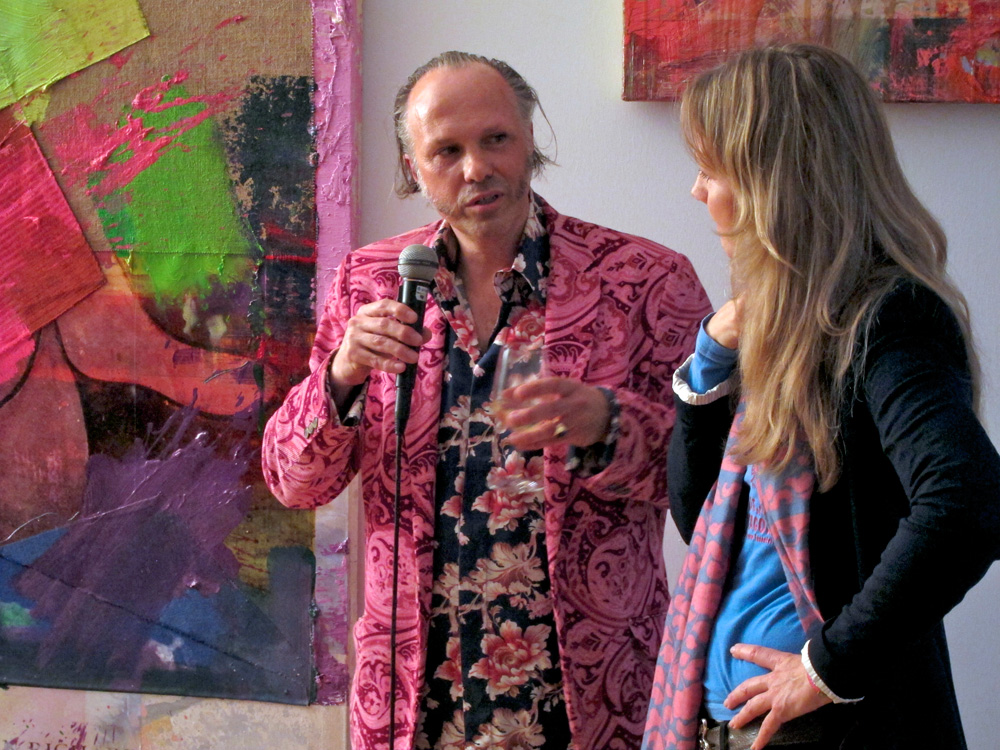
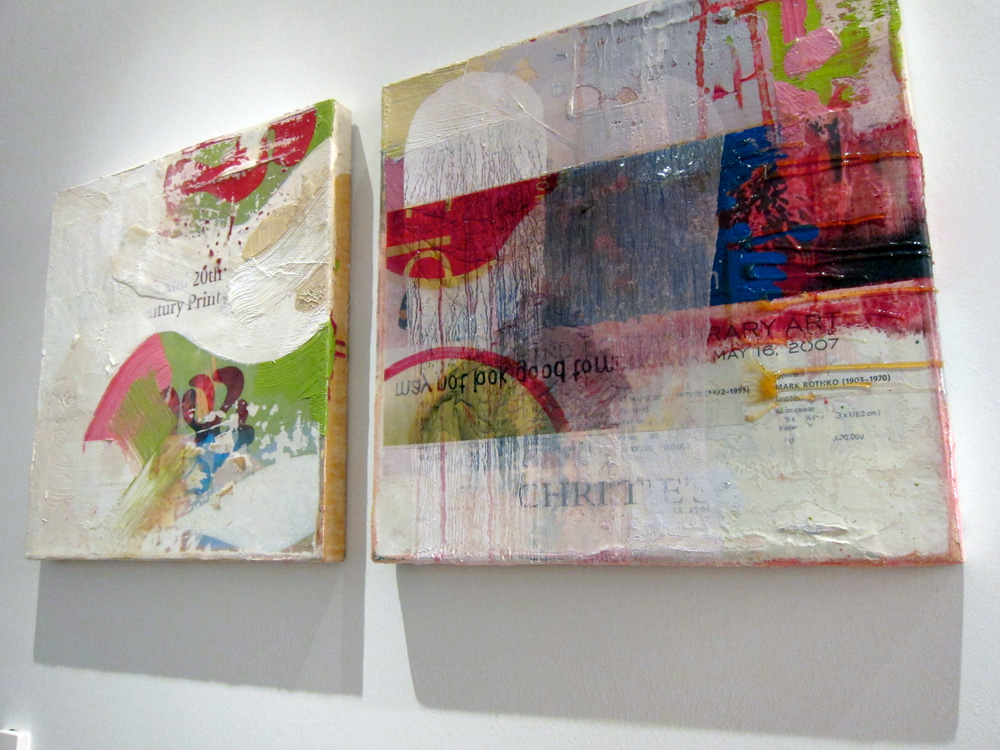
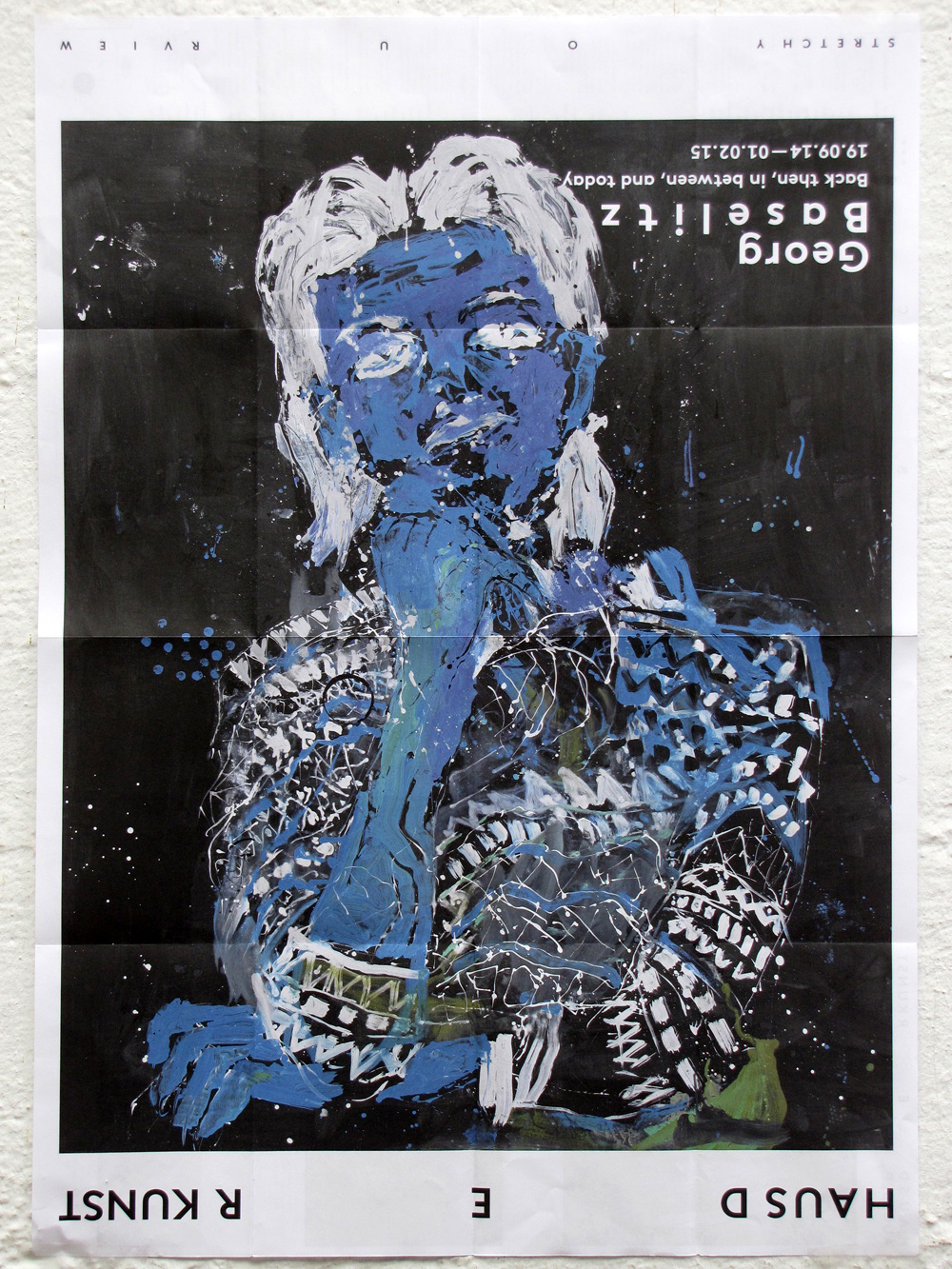
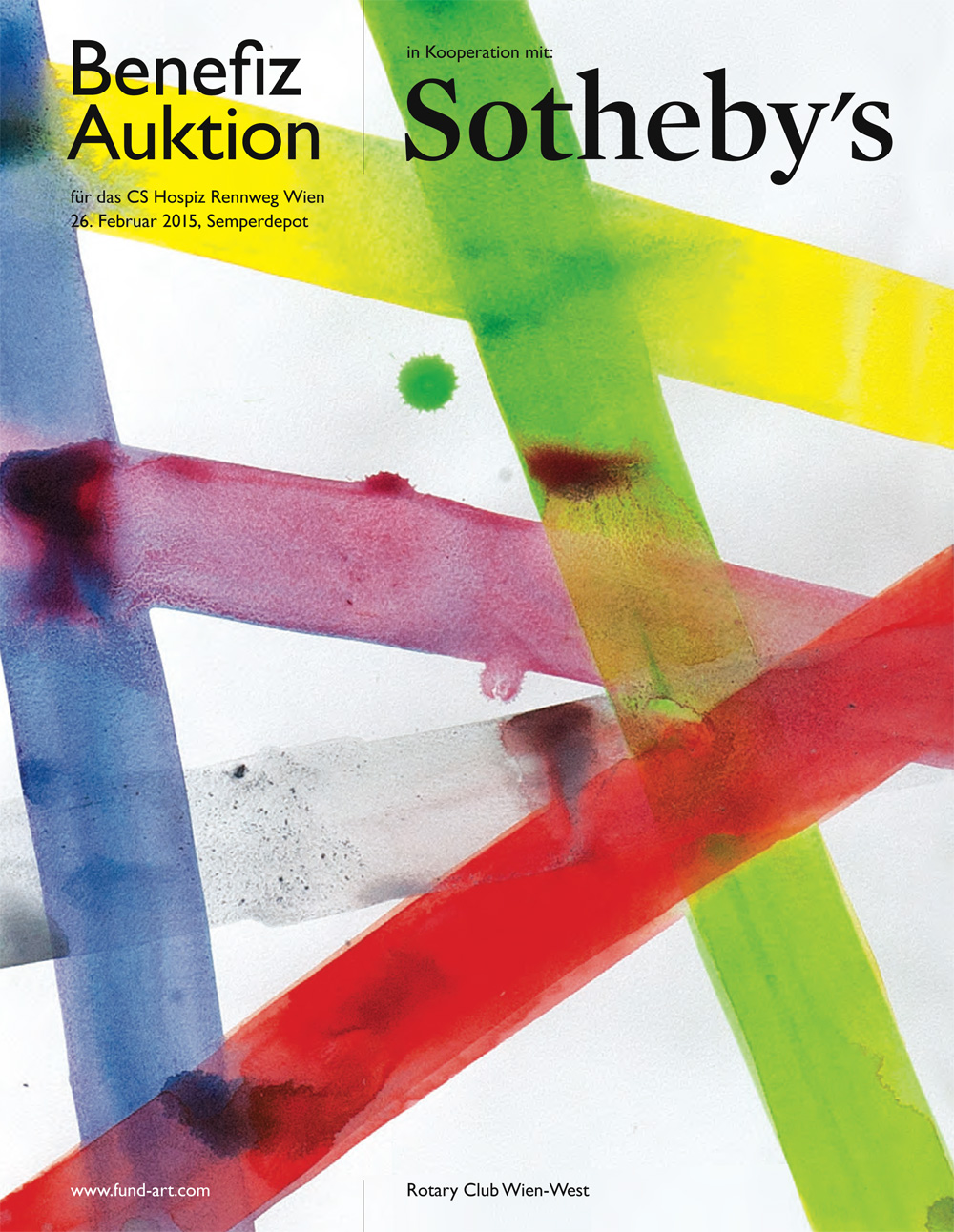
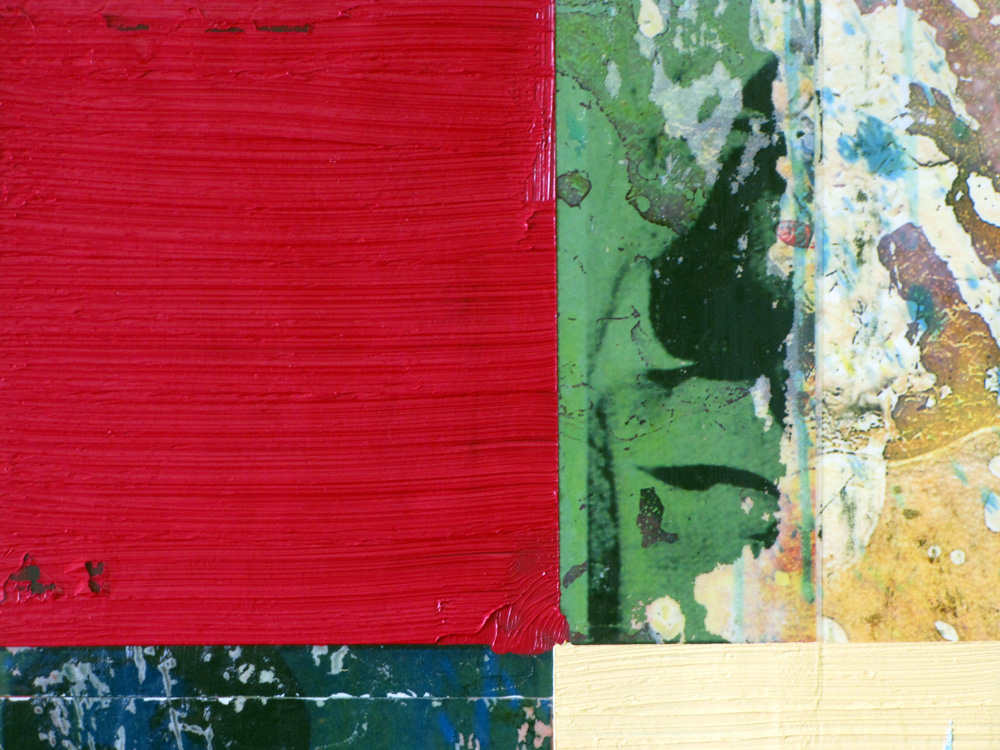
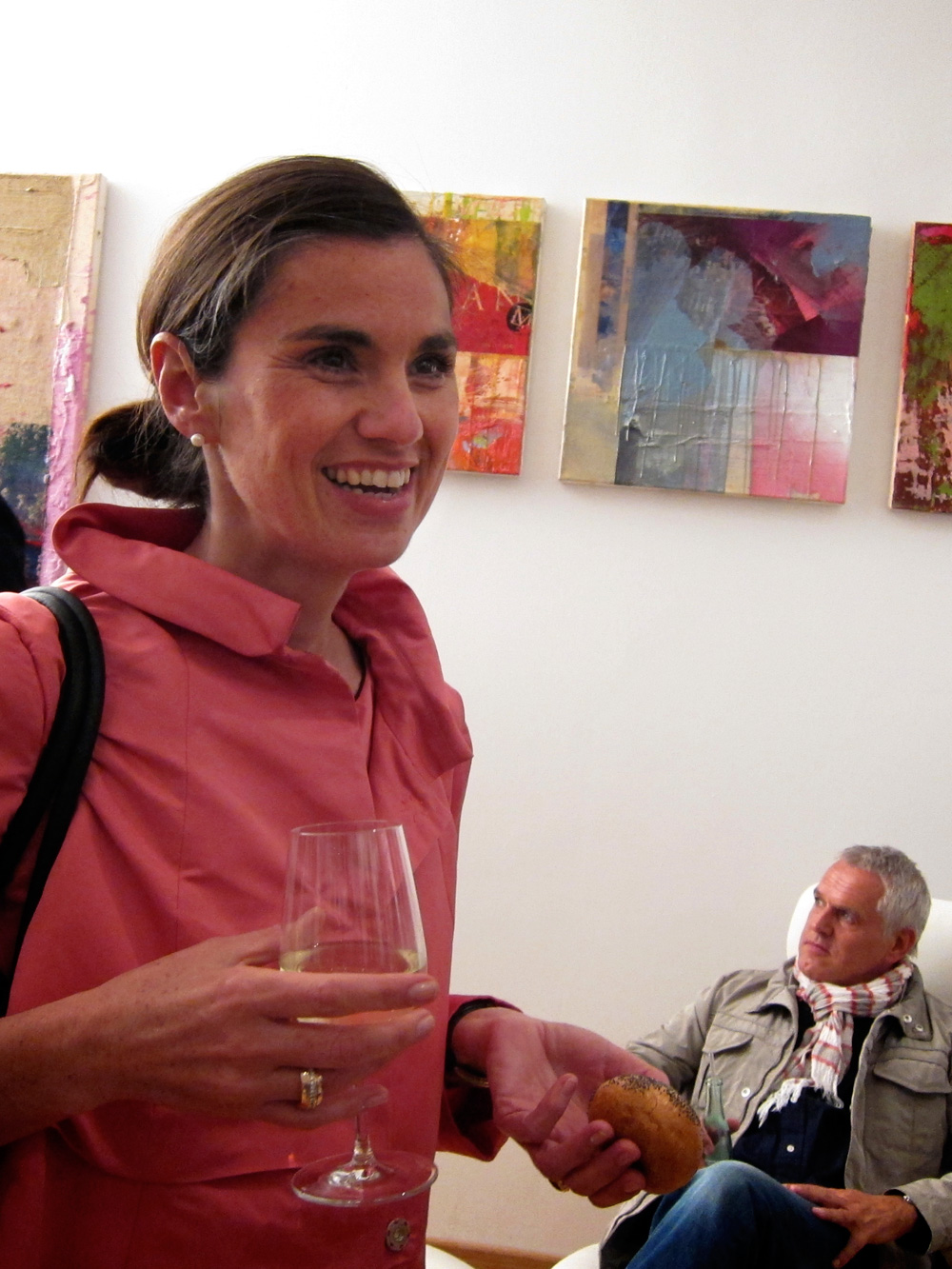
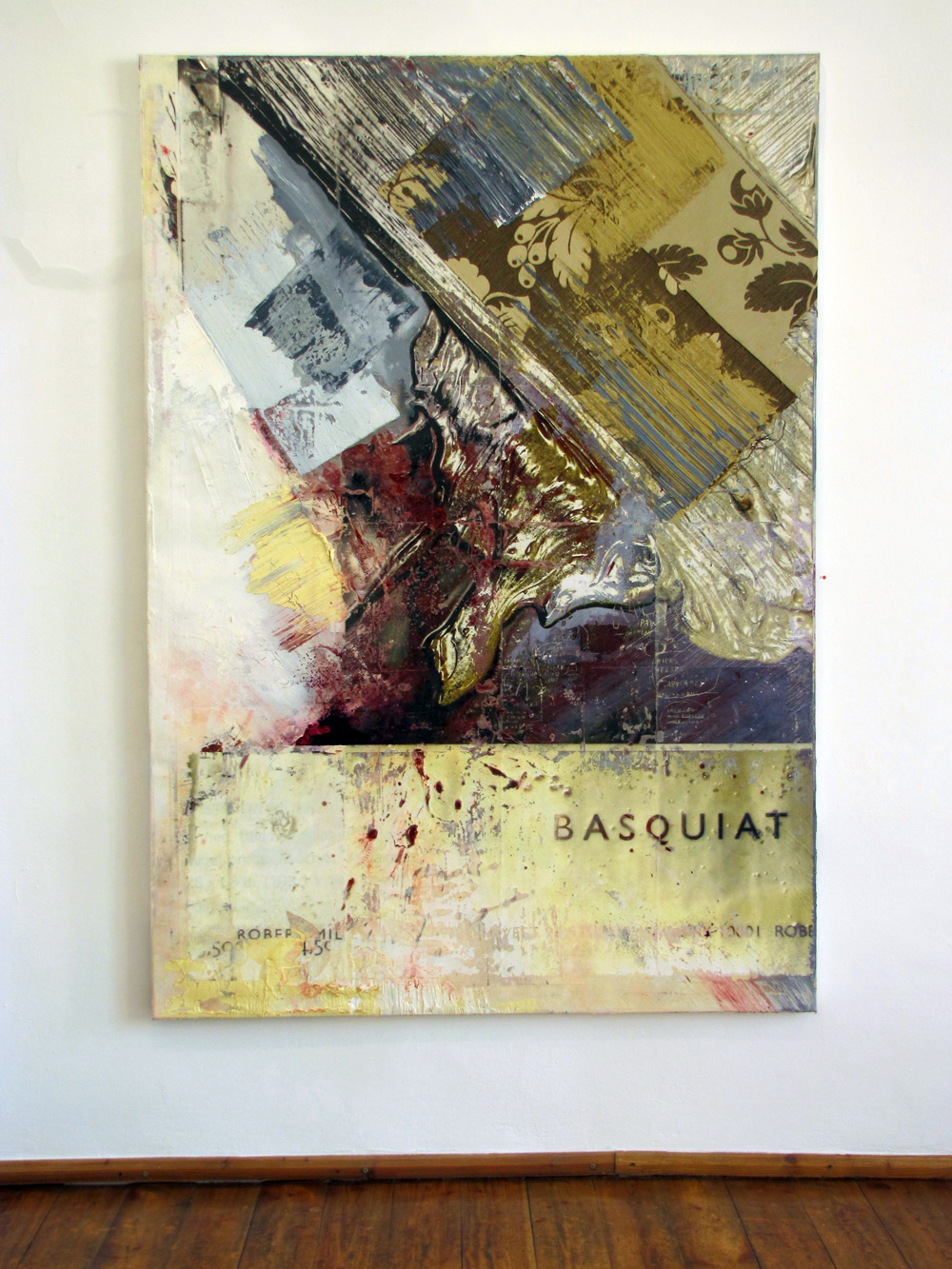
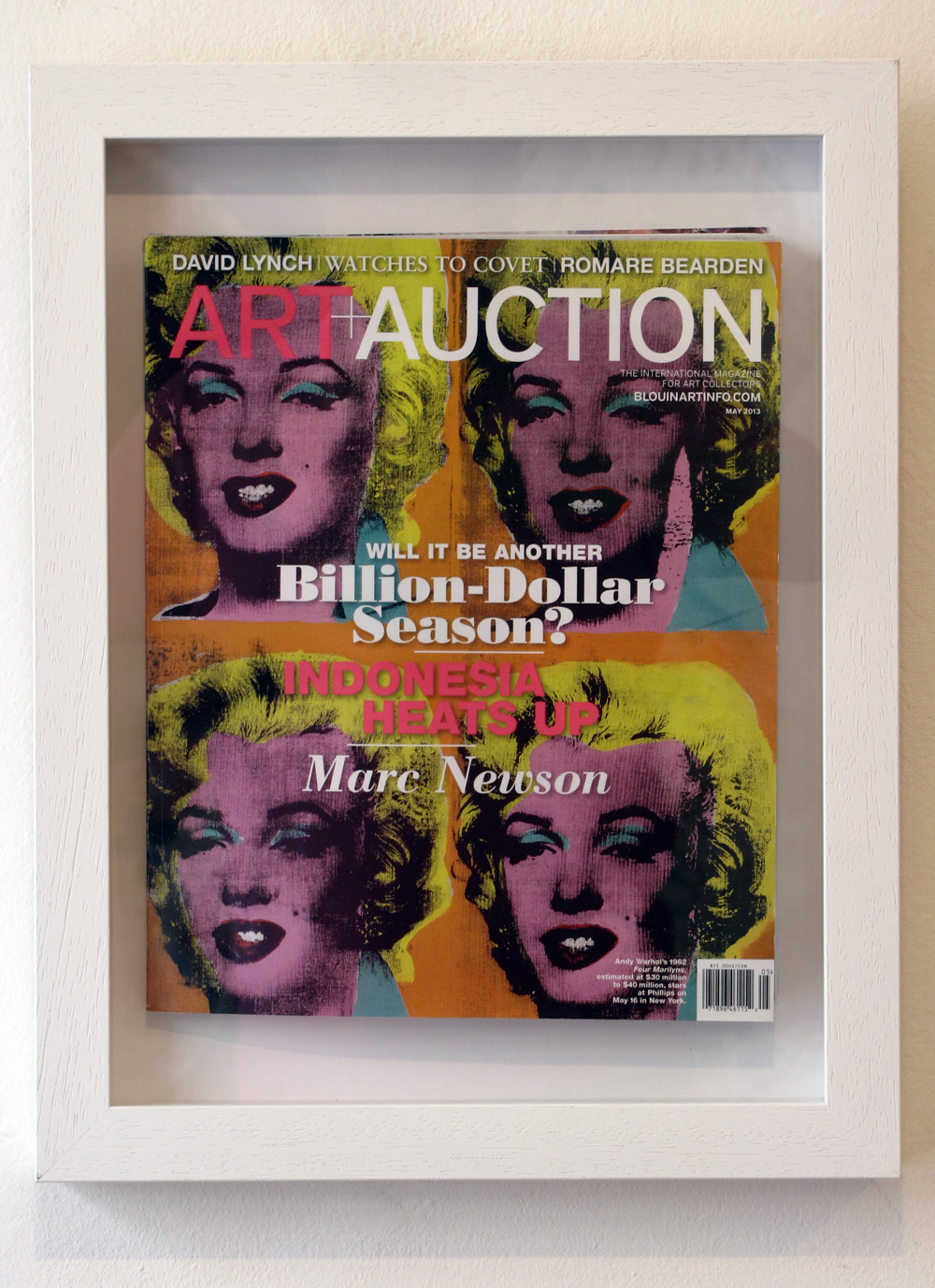
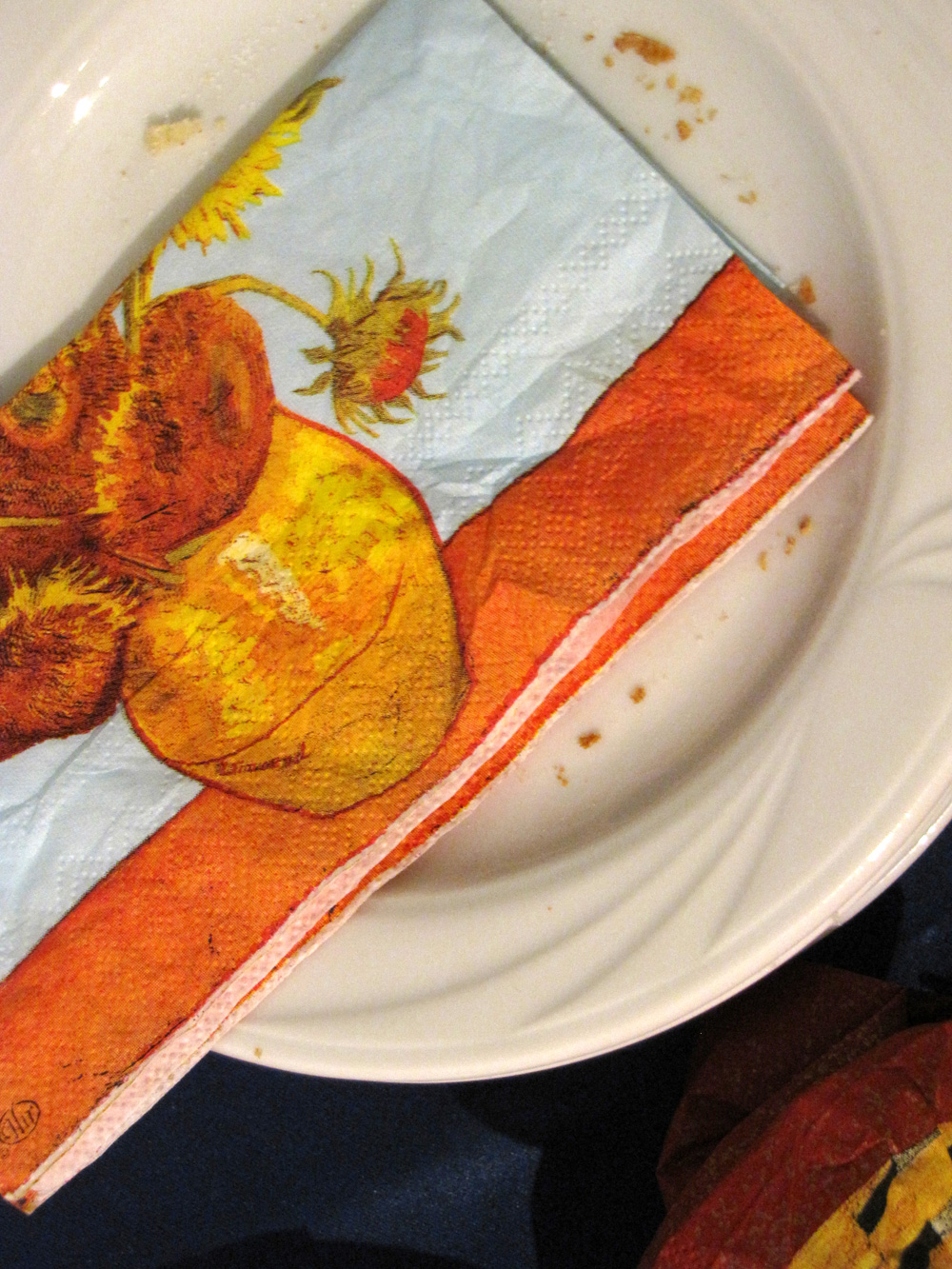
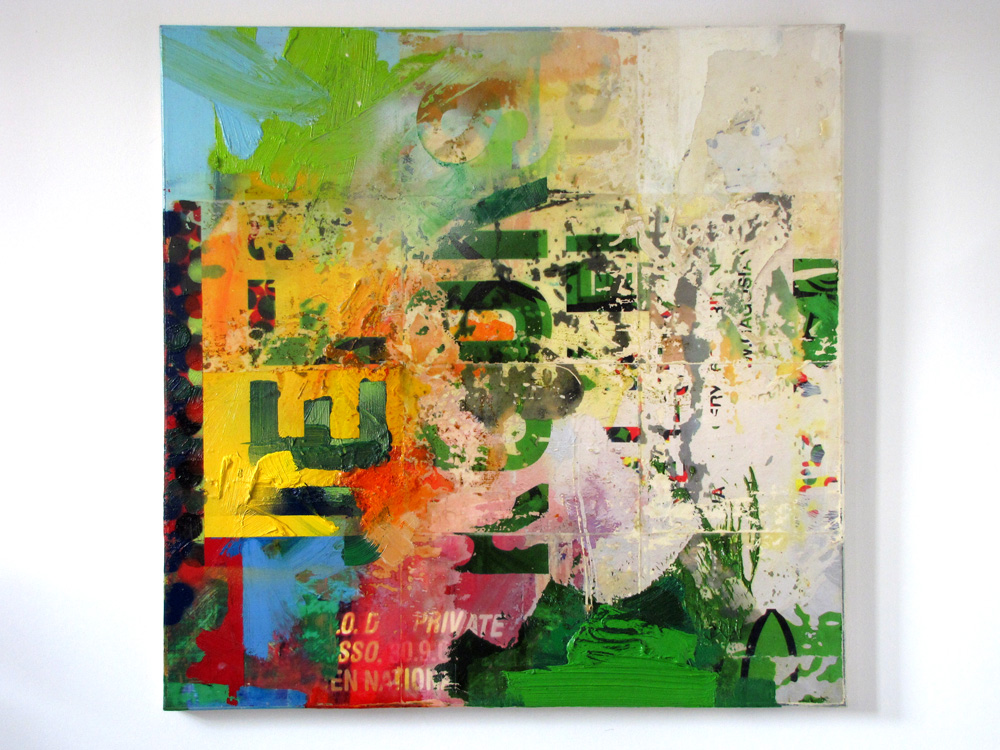
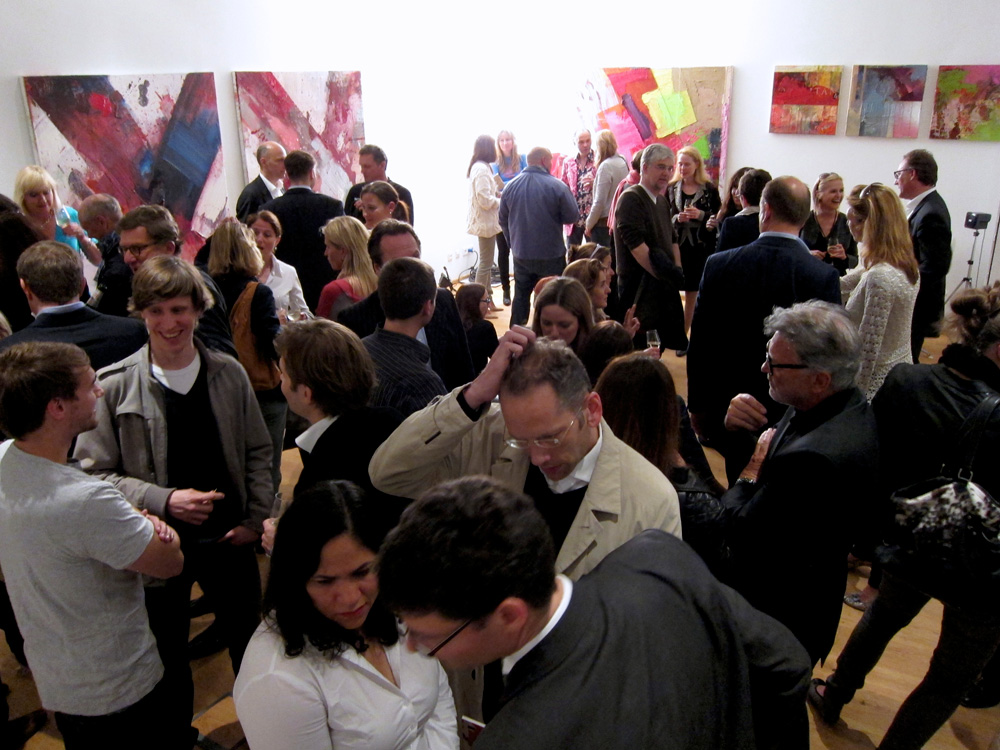
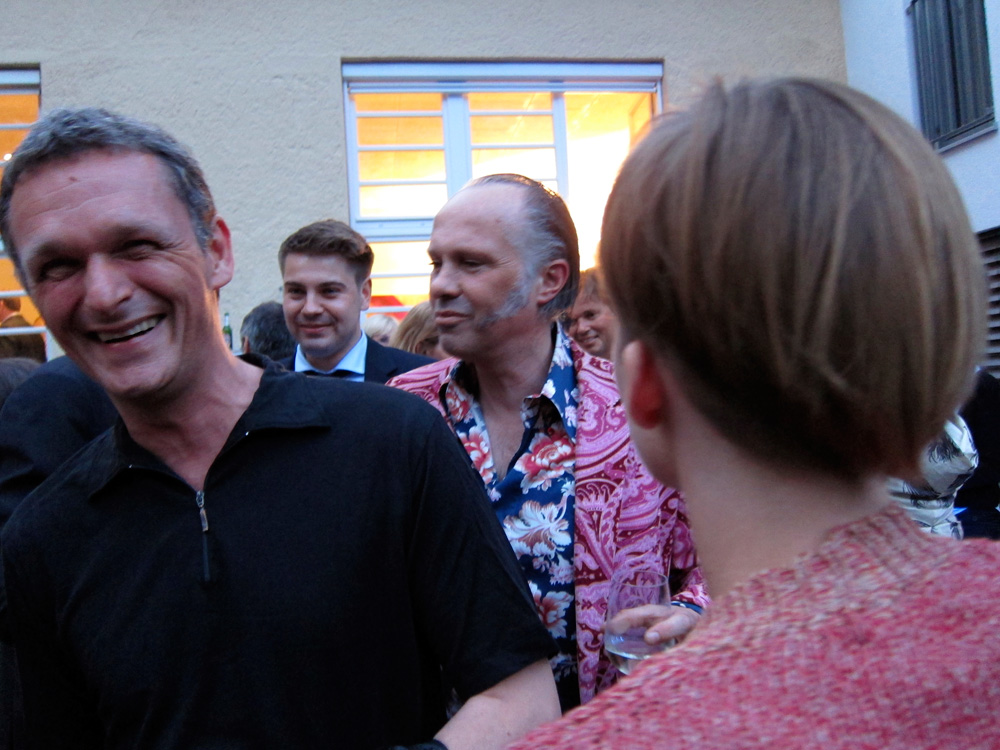
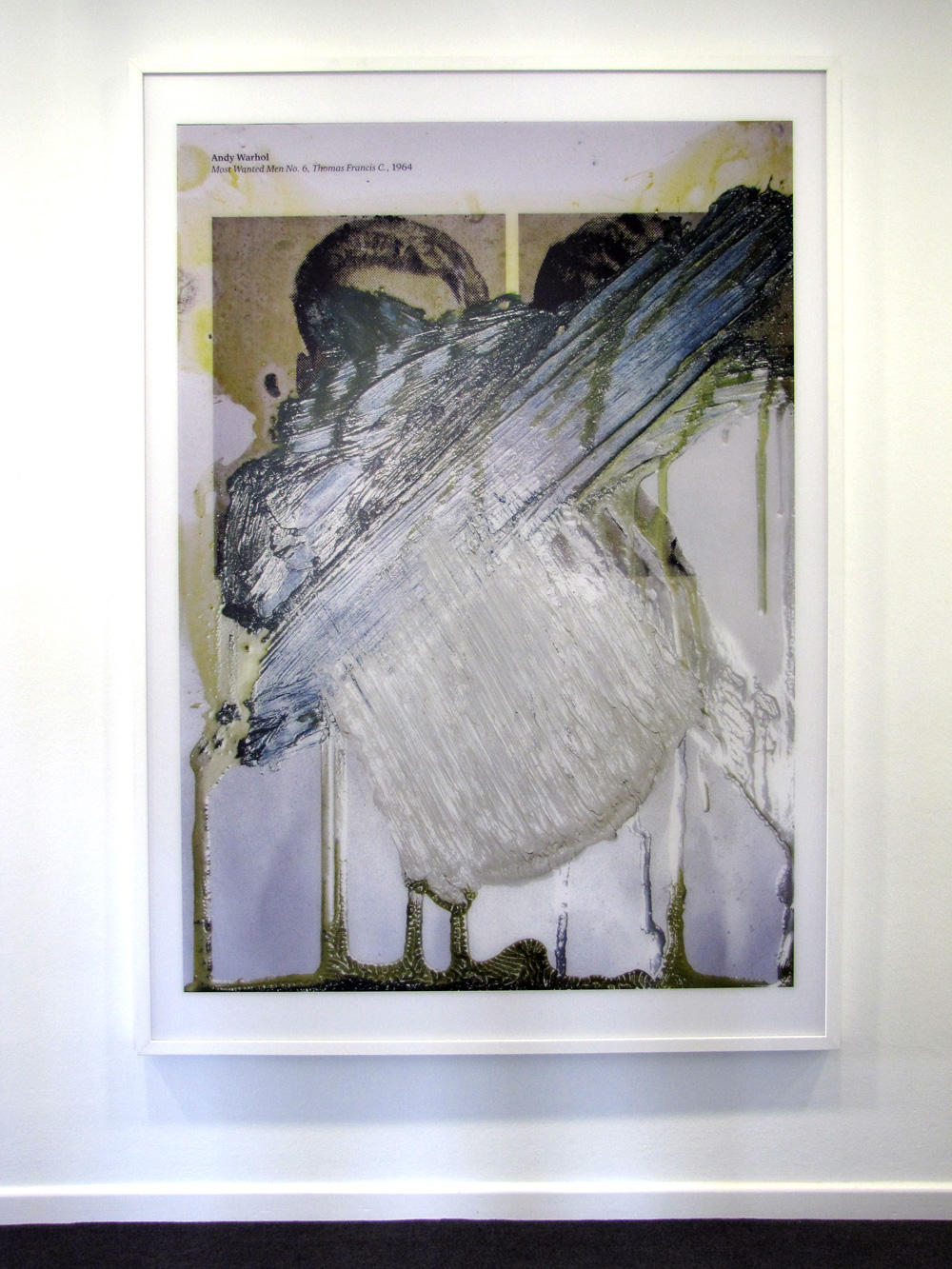
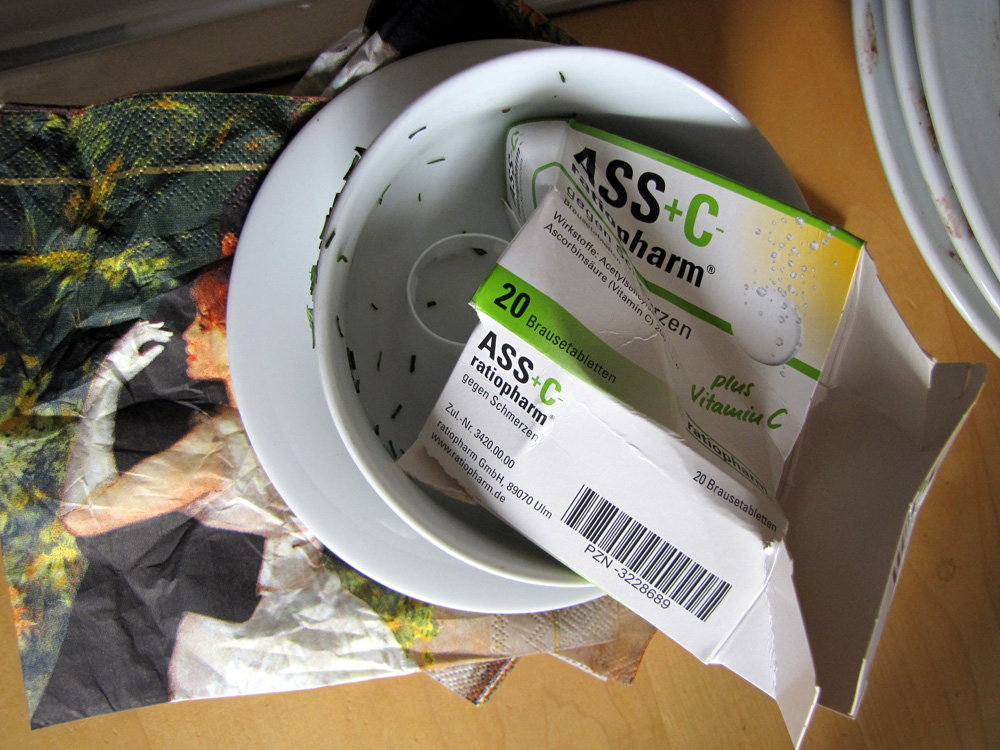
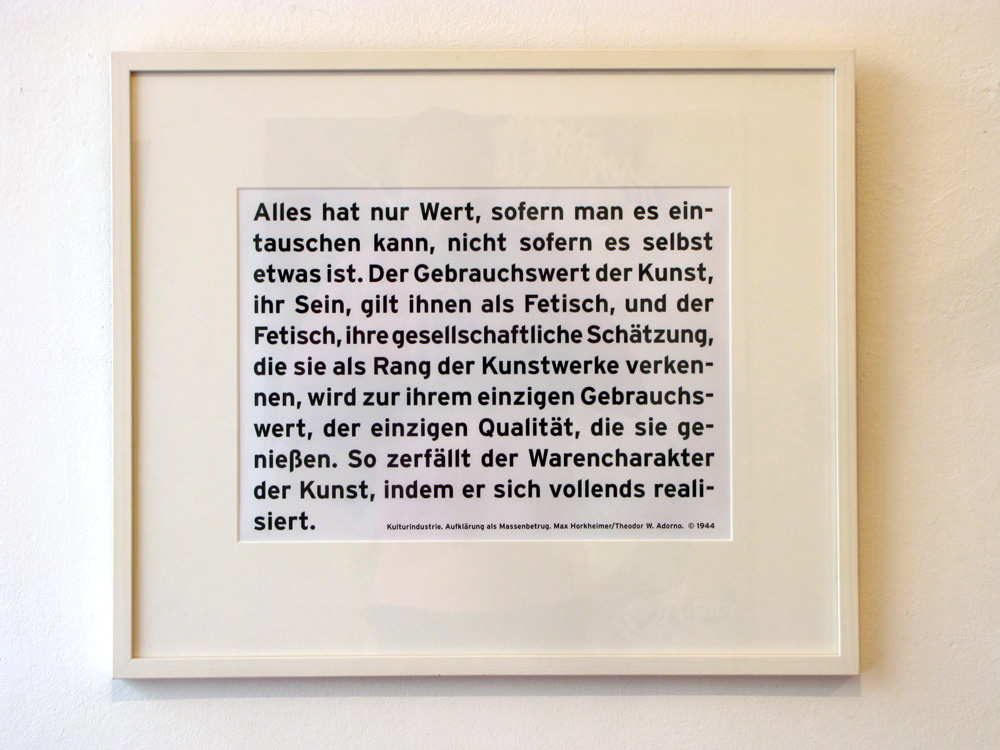






























































http://ichweissnichtwaseinortistichkennenurseinenpreis.de
http://ichweissnichtwaseinortistichkennenurseinenpreis.de/peter-vahlefeld
http://jean-paul-satre-das-sein-und-das-nichts.de/
http://jean-paul-satre-das-sein-und-das-nichts.de/berlin/peter-vahlefeld/
http://roland-barthes-mythen-des-alltags.de
http://muenchner-galerien.de/ausstellung/jan-kuck-peter-vahlefeld
http://stabyartprojects.de/vahlefeld.html
http://camp-vs-camping.com/peter-vahlefeld/berlin/
http://how-to-buy-a-museum.com/berlin/peter-vahlefeld/
http://first-as-tragedy-then-as-farce.com/berlin/peter-vahlefeld/malerei/
http://besteht-das-deutsche-feuilleton-nur-noch-aus-todesanzeigen.de/kunst/malerei/berlin/petervahlefeld/
http://der-zerbrochene-spiegel.de/berlin/malerei/peter-vahlefeld/
http://uncorporate-image.com/art/peter-vahlefeld/
http://artrewards.net/artists/peter-vahlefeld/
http://artitious.com/artist/peter-vahlefeld/
http://roland-barthes-mythen-des-alltags.de/berlin/peter-vahlefeld
http://103bethnal-greenroad-london.com
http://103bethnal-greenroad-london.com/painting/peter-vahlefeld
http://atelier-bateau-lavoir-paris.com
http://atelier-bateau-lavoir-paris.com/painting/peter-vahlefeld
http://gaming-the-system.com
http://gaming-the-system.com/painting/peter-vahlefeld
http://gift-me-a-memory.com
http://gift-me-a-memory.com/painting/peter-vahlefeld
http://the-emperor-is-naked.com
http://the-emperor-is-naked.com/painting/peter-vahlefeld
http://blog.singulart.com/de/2021/07/27/5-minuten-mit-peter-vahlefeld
http://schoenheitundkonsum.de/berlin/peter-vahlefeld
http://muenchner-galerien.de/exhibition/peter-vahlefeld-ich-weiss-nicht-ein-ort-ist-ich-kenne-nur-seinen-preis/
http://muenchner-galerien.de/exhibition/top-pops-der-koeniglich-bayerischen-staatsgemaeldesammlungen/
http://youtu.be/VUnI2FjzWRo
http://youtu.be/WuSrBgxhk2k
http://youtu.be/yzH7iz_Gez8
http://youtu.be/51ub04WgQuA
http://aesthetik-der-inszenierung.de
http://aesthetik-der-inszenierung.de/berlin/kunst/peter-vahlefeld/
http://artcollectingtoday.com
http://artcollectingtoday.com/berlin-paris-los-angeles/painting-peter-vahlefeld/
http://contemporary-artist.com
http://contemporary-artist.com/berlin-paris-los-angeles/painting-peter-vahlefeld/
http://dialogue-in-the-void.com
http://dialogue-in-the-void.com/art/artist/peter-vahlefeld/
http://new-and-abstract.com
http://new-and-abstract.com/berlin-paris-los-angeles/painting-peter-vahlefeld/
http://online-viewing-room.com
http://online-viewing-room.com/berlin-paris-los-angeles/painting-peter-vahlefeld/
http://the-end-of-art.com
http://the-end-of-art.com/berlin/kunst/peter-vahlefeld/
http://to-my-mother-my-dog-and-clowns.com
http://to-my-mother-my-dog-and-clowns.com/berlin/peter-vahlefeld/
http://die-konstruktion-der-gesellschaftlichen-wirklichkeit.de
http://die-konstruktion-der-gesellschaftlichen-wirklichkeit.de/berlin/kunst/peter-vahlefeld/
http://rush-push-cash.com
http://rush-push-cash.com/zurkritikderdeutschenintelligenz/peter-vahlefeld/
http://youtu.be/Rw95Bdi6V_c
http://peter-vahlefeld.de/studioberlin/paintings/120x120cm/
http://peter-vahlefeld.de/white&case/munich/
http://muenchner-galerien.de/exhibition/peter-vahlefeld-ich-weiss-nicht-ein-ort-ist-ich-kenne-nur-seinen-preis/
http://muenchner-galerien.de/exhibition/top-pops-der-koeniglich-bayerischen-staatsgemaeldesammlungen/
http://artitious.com/de/artist/peter-vahlefeld
http://rocomag.com/artist-peter-vahlefeld
http://travelogue-petervahlefeld.com/artbaselmiamibeach
http://peter-vahlefeld.de/earlybirdventurecapital/munich/
http://travelogue-petervahlefeld.com/artbaselhongkong
http:/muenchner-galerien.de/exhibition/zu-gast-edition-karbit-2017
http://canvas.saatchiart.com/art/inside-the-studio/peter-vahlefeld
http://www.aaestheticamagazine.com/q-and-a-peter-vahlefeld/
http://www.muenchner-galerien.de/exhibition/top-pops-der-koeniglich-bayerischen-staatsgemaeldesammlungen/
http://peter-vahlefeld.de
http://peter-vahlefeld.de/creta/
http://peter-vahlefeld.de/berlin/studio/
http://peter-vahlefeld.de/berlin/
http://peter-vahlefeld.de/london/
http://peter-vahlefeld.de/sketches
http://peter-vahlefeld.de/paris/
http://peter-vahlefeld.de/archive/
http://peter-vahlefeld.de/artbaselmiamibeach/
http://peter-vahlefeld.de/bangkok/
http://peter-vahlefeld.de/artfaircologne/
http://peter-vahlefeld.de/artfairkarlsruhe/
http://peter-vahlefeld.de/ibiza/
http://peter-vahlefeld.de/munich/
http://peter-vahlefeld.de/vienna/
http://peter-vahlefeld.de/salzburg/
http://peter-vahlefeld.de/madrid/
http://peter-vahlefeld.de/brussels/
http://peter-vahlefeld.de/studioberlin/paintings/60x60cm/
http://youtu.be/mXiv_sVNPYA
http://youtu.be/_5rqM2GMedc
http://youtu.be/mlYS9F7ar2o
http://youtube.com/embed/x6zG5viLEeU
http://youtu.be/Ca7VL-l2GbY
http://youtu.be/gWvWfIx8NuA
http://youtu.be/Hevs7SN9ap8
http://youtu.be/nxo-tRprKxM8
http://youtu.be/YuENHjHhi28
http:/youtu.be/wINEfg9nv_U
http:/youtu.be/KGM3U__Bvo4
http:/youtu.be/_q0rRf4Ly18
http:/youtu.be/UK4QzRZY5jE
http:/youtu.be/p1-QfrN6ZvU
http:/youtube.com/embed/gGj14Wivfls
http://petervahlefeld.com
http://petervahlefeld.com/berlin/painting/amsterdam/
http://petervahlefeld.com/berlin/painting/monet-manet-money/
http://petervahlefeld.com/berlin/painting/berlin-newyork-paris/
http://petervahlefeld.com/berlin/painting/travelogue-petervahlefeld/
http://petervahlefeld.com/berlin/painting/brookstreetmayfairlondon/
http://petervahlefeld.com/berlin/painting/15placevendomeparis/
http://petervahlefeld.com/berlin/painting/147mercerstreetnyc/
http://petervahlefeld.com/berlin/painting/zurkritikderdeutschenintelligenz/
http://petervahlefeld.com/berlin/painting/corporatecollecting/
http://petervahlefeld.com/berlin/painting/thecorporatizationofculture/
http://petervahlefeld.com/berlin/painting/ironieisteinleiserkiller/
http://ppetervahlefeld.com/berlin/painting/institutionalauthority/
http://petervahlefeld.com/berlin/painting/post-studio-practices/
http://petervahlefeld.com/berlin/painting/schoenheitundkonsum/
http://petervahlefeld.com/berlin/painting/fiona-alison-projects/
http://petervahlefeld.com/berlin/painting/chloe-savigny/
http://petervahlefeld.com/berlin/painting/ikonografiedergegenwart/
http://petervahlefeld.com/berlin/painting/aesthetikundideologie/
http://petervahlefeld.com/berlin/painting/theoriedermalerei/
http://petervahlefeld.com/berlin/painting/denkenundkunst/
http://petervahlefeld.com/berlin/painting/semantik-der-krise/
http://www.peter-vahlefeld.de/?page_id=1317
http://www.peter-vahlefeld.de/?page_id=1315
http://www.peter-vahlefeld.de/?page_id=1403
http://www.peter-vahlefeld.de/?page_id=1319
http://www.peter-vahlefeld.de/?page_id=7
http://www.peter-vahlefeld.de/?page_id=8
http://www.peter-vahlefeld.de/?page_id=9
http://www.peter-vahlefeld.de/?page_id=10
http://www.peter-vahlefeld.de/?page_id=12
http://www.peter-vahlefeld.de/?page_id=14
http://www.issuu.com/vahlefeld/docs/katalog-prod-issuu
http://www.issuu.com/vahlefeld/docs/vahlefeld-atelierberlin
http://www.issuu.com/vahlefeld/docs/sketchbbook
http://www.issuu.com/vahlefeld/docs/katalog_2007
http://www.issuu.com/vahlefeld/docs/katalog_2013
http://www.issuu.com/vahlefeld/docs/katalog-2009-min_
http://www.lalalandistabgebrannt.de
http://www.ironieisteinleiserkiller.de
http://www.shopping-at-moma.com
http://www.shopping-at-tatemodern.com
http://www.shopping-at-the-nationalgallery.com
http://www.operationbratwurst.de
http://www.institutionalauthority.com
http://www.monet-manet-money.com
http://www.berlin-newyork-paris.com
http://www.wahreliebeundwarekunst.de
http://www.wahnsinnundglueckgibtesnurinderdrogerie.de
http://www.travelogue-petervahlefeld.com
http://www.brookstreetmayfairlondon.com
http://www.15placevendomeparis.com
http://www.147mercerstreetnyc.com
http://www.zurkritikderdeutschenintelligenz.de
http://www.zehntausenddreihundertvierzigmillionendollar.de
http://www.corporatecollecting.com
http://www.thecorporatizationofculture.com
http://www.lalalandistabgebrannt.de/gallery-weekend/berlin/kuenstler/petervahlefeld/
http://www.ironieisteinleiserkiller.de/texte-zur-kunst/berlin/kuenstler/petervahlefeld
http://www.shopping-at-moma.com/museumshop/newyork/artist/petervahlefeld
http://www.shopping-at-tatemodern.com/museumshop/london/artist/petervahlefeld
http://www.shopping-at-the-nationalgallery.com/museumshop/london/artist/petervahlefeld
http://www.operationbratwurst.de/berlin/kuenstler/peter-vahlefeld
http://www.institutionalauthority.com/berlin/artist/petervahlefeld
http://www.saatchiart.com/vahlefeld
http://www.monet-manet-money.com/curatornet/artist/petervahlefeld/
http://www.berlin-newyork-paris.com/46parachutepurple/chloesavigny/artist/petervahlefeld
http://www.petervahlefeldstudioberlin.com
http://www.wahreliebeundwarekunst.de/artkarlsruhe/kuenstler/peter-vahlefeld
http://www.wahnsinnundglueckgibtesnurinderdrogerie.de/berlin/kuenstler/peter-vahlefeld
http://www.travelogue-petervahlefeld.com/creta/artist/petervahlefeld
http://www.travelogue-petervahlefeld.com/bangkok/artist/petervahlefeld
http://www.brookstreetmayfairlondon.com/artist/petervahlefeld
http://www.15placevendomeparis.com/artist/petervahlefeld
http://www.147mercerstreetnyc.com/artist/petervahlefeld
http://www.zurkritikderdeutschenintelligenz.de/monet-manet-money/kuenstler/peter-vahlefeld
http://www.zehntausenddreihundertvierzigmillionendollar.de/monet-manet-money/kuenstler/peter-vahlefeld
http://www.corporatecollecting.com/berlin/artist/petervahlefeld
http://www.thecorporatizationofculture.com/berlin/artist/petervahlefeld
http://www.gallery-weekend.com/berlin/peter-vahlefeld/
http://www.texte-zur-kunst.com/berlin/peter-vahlefeld/
http://www.galerie-heufelder.de/site/files/kuenstler/popups/vahlefeld/vahlefeld_set_ok.htm
http://monet-manet-money.com
http://post-studio-practices.com
http://onkel-dagobert-sieht-rot.de/berlin/peter-vahlefeld/
http://schoenheitundkonsum.de
http://kunstmarktkontext.de/berlin/peter-vahlefeld/
http://kritik-der-warenaesthetik.de/berlin/peter-vahlefeld/
http://aesthetik-der-oberfläche.de/berlin/peter-vahlefeld
http://salon-populaire.com/art/peter-vahlefeld/
http://chloe-savigny.com/paris/art/painting_5/
http://the-warhol-economy.com/art/peter-vahlefeld/
http://chloe-savigny.com/paris/art/painting_4/
http://uncorporate-image.com/art/peter-vahlefeld/
http://chloe-savigny.com/paris/art/painting_3/
http://four-collections-and-one-artist.com/art/peter-vahlefeld/
http://chloe-savigny.com/paris/art/painting_2/
http://chloe-savigny.com/paris/art/painting_1/
http://istdassilikoninpamelaandersonsbruestenecht.de
http://www.vahlefeld-painting.com
http://www.vahlefeld-photography.com
http://www.jadorecannesoderwheresmyfuckinguccishoetree.com
http://www.nurwerdenklatschderstadtkenntfindetdenmoerder.de
http://fiona-alison-projects.com
http://chloe-savigny.com
http://stiftung-lidl.de/
http://www.theoriedermalerei.de
http://www.aesthetikundideologie.de
http://www.semantik-der-krise.de
http://elizabethcoopergallery.com/leipzig/peter-vahlefeld/
http://www.galeriekoenig.com/hamburg/peter-vahlefeld/
http://www.fiona-alison.com/pop-up-gallery/projects/
http://www.chloesavigny.com/impressions/
http://www.artfacts.net/de/ausstellung/ina-geissler-and-peter-vahlefeld-insideout-48171/ueberblick.html
http://galeriekoenig.com
http://www.46parachutepurple.blogspot.de/2011_05_01_archive.html
http://www.chloe-savigny.com/peter-vahlefeld/
http://bordel-des-arts.com
http://www.fiona-alison-projects.com/peter-vahlefeld/
http://www.aesthetikundideologie.de/kuenstler-peter-vahlefeld/
http://www.theoriedermalerei.de/kuenstler-peter-vahlefeld/
http://stiftung-lidl.de/kuenstler-peter-vahlefeld/
http://www.bordel-des-arts.com/peter-vahlefeld-mit-der-wirklichkeit-kann-ich-nicht-mehr-angemessen-auf-meine-probleme-mit-der-wirklichkeit-reagieren/
http://bordel-des-arts.com/peter-vahlefeld-wie-lange-werden-sie-noch-durchhalten-bis-zum-geld-nicht-mehr/
http://bordel-des-arts.com/peter-vahlefeld-wenn-der-name-klingelt-klingelt-die-kasse/
http://munichx.de/planen/muenchen/Galerie_Michael_Heufelder/Peter_Vahlefeld/14616.php
http://doebele-kunst.de/en/exhibitions/our_classics_2017/works/advertisement_hermitage/type/all
http://doebele-kunst.de/de/exhibitions/our_classics_2017/works/advertisement_515/type/all
http://www.monopol-magazin.de/artikel/20107181/Was-laeuft-im-Fernsehen.html
http://ichweissnichtwaseinortistichkennenurseinenpreis.de/peter-vahlefeld
http://jean-paul-satre-das-sein-und-das-nichts.de/
http://jean-paul-satre-das-sein-und-das-nichts.de/berlin/peter-vahlefeld/
http://roland-barthes-mythen-des-alltags.de
http://muenchner-galerien.de/ausstellung/jan-kuck-peter-vahlefeld
http://stabyartprojects.de/vahlefeld.html
http://camp-vs-camping.com/peter-vahlefeld/berlin/
http://how-to-buy-a-museum.com/berlin/peter-vahlefeld/
http://first-as-tragedy-then-as-farce.com/berlin/peter-vahlefeld/malerei/
http://besteht-das-deutsche-feuilleton-nur-noch-aus-todesanzeigen.de/kunst/malerei/berlin/petervahlefeld/
http://der-zerbrochene-spiegel.de/berlin/malerei/peter-vahlefeld/
http://uncorporate-image.com/art/peter-vahlefeld/
http://artrewards.net/artists/peter-vahlefeld/
http://artitious.com/artist/peter-vahlefeld/
http://roland-barthes-mythen-des-alltags.de/berlin/peter-vahlefeld
http://103bethnal-greenroad-london.com
http://103bethnal-greenroad-london.com/painting/peter-vahlefeld
http://atelier-bateau-lavoir-paris.com
http://atelier-bateau-lavoir-paris.com/painting/peter-vahlefeld
http://gaming-the-system.com
http://gaming-the-system.com/painting/peter-vahlefeld
http://gift-me-a-memory.com
http://gift-me-a-memory.com/painting/peter-vahlefeld
http://the-emperor-is-naked.com
http://the-emperor-is-naked.com/painting/peter-vahlefeld
http://blog.singulart.com/de/2021/07/27/5-minuten-mit-peter-vahlefeld
http://schoenheitundkonsum.de/berlin/peter-vahlefeld
http://muenchner-galerien.de/exhibition/peter-vahlefeld-ich-weiss-nicht-ein-ort-ist-ich-kenne-nur-seinen-preis/
http://muenchner-galerien.de/exhibition/top-pops-der-koeniglich-bayerischen-staatsgemaeldesammlungen/
http://youtu.be/VUnI2FjzWRo
http://youtu.be/WuSrBgxhk2k
http://youtu.be/yzH7iz_Gez8
http://youtu.be/51ub04WgQuA
http://aesthetik-der-inszenierung.de
http://aesthetik-der-inszenierung.de/berlin/kunst/peter-vahlefeld/
http://artcollectingtoday.com
http://artcollectingtoday.com/berlin-paris-los-angeles/painting-peter-vahlefeld/
http://contemporary-artist.com
http://contemporary-artist.com/berlin-paris-los-angeles/painting-peter-vahlefeld/
http://dialogue-in-the-void.com
http://dialogue-in-the-void.com/art/artist/peter-vahlefeld/
http://new-and-abstract.com
http://new-and-abstract.com/berlin-paris-los-angeles/painting-peter-vahlefeld/
http://online-viewing-room.com
http://online-viewing-room.com/berlin-paris-los-angeles/painting-peter-vahlefeld/
http://the-end-of-art.com
http://the-end-of-art.com/berlin/kunst/peter-vahlefeld/
http://to-my-mother-my-dog-and-clowns.com
http://to-my-mother-my-dog-and-clowns.com/berlin/peter-vahlefeld/
http://die-konstruktion-der-gesellschaftlichen-wirklichkeit.de
http://die-konstruktion-der-gesellschaftlichen-wirklichkeit.de/berlin/kunst/peter-vahlefeld/
http://rush-push-cash.com
http://rush-push-cash.com/zurkritikderdeutschenintelligenz/peter-vahlefeld/
http://youtu.be/Rw95Bdi6V_c
http://peter-vahlefeld.de/studioberlin/paintings/120x120cm/
http://peter-vahlefeld.de/white&case/munich/
http://muenchner-galerien.de/exhibition/peter-vahlefeld-ich-weiss-nicht-ein-ort-ist-ich-kenne-nur-seinen-preis/
http://muenchner-galerien.de/exhibition/top-pops-der-koeniglich-bayerischen-staatsgemaeldesammlungen/
http://artitious.com/de/artist/peter-vahlefeld
http://rocomag.com/artist-peter-vahlefeld
http://travelogue-petervahlefeld.com/artbaselmiamibeach
http://peter-vahlefeld.de/earlybirdventurecapital/munich/
http://travelogue-petervahlefeld.com/artbaselhongkong
http:/muenchner-galerien.de/exhibition/zu-gast-edition-karbit-2017
http://canvas.saatchiart.com/art/inside-the-studio/peter-vahlefeld
http://www.aaestheticamagazine.com/q-and-a-peter-vahlefeld/
http://www.muenchner-galerien.de/exhibition/top-pops-der-koeniglich-bayerischen-staatsgemaeldesammlungen/
http://peter-vahlefeld.de
http://peter-vahlefeld.de/creta/
http://peter-vahlefeld.de/berlin/studio/
http://peter-vahlefeld.de/berlin/
http://peter-vahlefeld.de/london/
http://peter-vahlefeld.de/sketches
http://peter-vahlefeld.de/paris/
http://peter-vahlefeld.de/archive/
http://peter-vahlefeld.de/artbaselmiamibeach/
http://peter-vahlefeld.de/bangkok/
http://peter-vahlefeld.de/artfaircologne/
http://peter-vahlefeld.de/artfairkarlsruhe/
http://peter-vahlefeld.de/ibiza/
http://peter-vahlefeld.de/munich/
http://peter-vahlefeld.de/vienna/
http://peter-vahlefeld.de/salzburg/
http://peter-vahlefeld.de/madrid/
http://peter-vahlefeld.de/brussels/
http://peter-vahlefeld.de/studioberlin/paintings/60x60cm/
http://youtu.be/mXiv_sVNPYA
http://youtu.be/_5rqM2GMedc
http://youtu.be/mlYS9F7ar2o
http://youtube.com/embed/x6zG5viLEeU
http://youtu.be/Ca7VL-l2GbY
http://youtu.be/gWvWfIx8NuA
http://youtu.be/Hevs7SN9ap8
http://youtu.be/nxo-tRprKxM8
http://youtu.be/YuENHjHhi28
http:/youtu.be/wINEfg9nv_U
http:/youtu.be/KGM3U__Bvo4
http:/youtu.be/_q0rRf4Ly18
http:/youtu.be/UK4QzRZY5jE
http:/youtu.be/p1-QfrN6ZvU
http:/youtube.com/embed/gGj14Wivfls
http://petervahlefeld.com
http://petervahlefeld.com/berlin/painting/amsterdam/
http://petervahlefeld.com/berlin/painting/monet-manet-money/
http://petervahlefeld.com/berlin/painting/berlin-newyork-paris/
http://petervahlefeld.com/berlin/painting/travelogue-petervahlefeld/
http://petervahlefeld.com/berlin/painting/brookstreetmayfairlondon/
http://petervahlefeld.com/berlin/painting/15placevendomeparis/
http://petervahlefeld.com/berlin/painting/147mercerstreetnyc/
http://petervahlefeld.com/berlin/painting/zurkritikderdeutschenintelligenz/
http://petervahlefeld.com/berlin/painting/corporatecollecting/
http://petervahlefeld.com/berlin/painting/thecorporatizationofculture/
http://petervahlefeld.com/berlin/painting/ironieisteinleiserkiller/
http://ppetervahlefeld.com/berlin/painting/institutionalauthority/
http://petervahlefeld.com/berlin/painting/post-studio-practices/
http://petervahlefeld.com/berlin/painting/schoenheitundkonsum/
http://petervahlefeld.com/berlin/painting/fiona-alison-projects/
http://petervahlefeld.com/berlin/painting/chloe-savigny/
http://petervahlefeld.com/berlin/painting/ikonografiedergegenwart/
http://petervahlefeld.com/berlin/painting/aesthetikundideologie/
http://petervahlefeld.com/berlin/painting/theoriedermalerei/
http://petervahlefeld.com/berlin/painting/denkenundkunst/
http://petervahlefeld.com/berlin/painting/semantik-der-krise/
http://www.peter-vahlefeld.de/?page_id=1317
http://www.peter-vahlefeld.de/?page_id=1315
http://www.peter-vahlefeld.de/?page_id=1403
http://www.peter-vahlefeld.de/?page_id=1319
http://www.peter-vahlefeld.de/?page_id=7
http://www.peter-vahlefeld.de/?page_id=8
http://www.peter-vahlefeld.de/?page_id=9
http://www.peter-vahlefeld.de/?page_id=10
http://www.peter-vahlefeld.de/?page_id=12
http://www.peter-vahlefeld.de/?page_id=14
http://www.issuu.com/vahlefeld/docs/katalog-prod-issuu
http://www.issuu.com/vahlefeld/docs/vahlefeld-atelierberlin
http://www.issuu.com/vahlefeld/docs/sketchbbook
http://www.issuu.com/vahlefeld/docs/katalog_2007
http://www.issuu.com/vahlefeld/docs/katalog_2013
http://www.issuu.com/vahlefeld/docs/katalog-2009-min_
http://www.lalalandistabgebrannt.de
http://www.ironieisteinleiserkiller.de
http://www.shopping-at-moma.com
http://www.shopping-at-tatemodern.com
http://www.shopping-at-the-nationalgallery.com
http://www.operationbratwurst.de
http://www.institutionalauthority.com
http://www.monet-manet-money.com
http://www.berlin-newyork-paris.com
http://www.wahreliebeundwarekunst.de
http://www.wahnsinnundglueckgibtesnurinderdrogerie.de
http://www.travelogue-petervahlefeld.com
http://www.brookstreetmayfairlondon.com
http://www.15placevendomeparis.com
http://www.147mercerstreetnyc.com
http://www.zurkritikderdeutschenintelligenz.de
http://www.zehntausenddreihundertvierzigmillionendollar.de
http://www.corporatecollecting.com
http://www.thecorporatizationofculture.com
http://www.lalalandistabgebrannt.de/gallery-weekend/berlin/kuenstler/petervahlefeld/
http://www.ironieisteinleiserkiller.de/texte-zur-kunst/berlin/kuenstler/petervahlefeld
http://www.shopping-at-moma.com/museumshop/newyork/artist/petervahlefeld
http://www.shopping-at-tatemodern.com/museumshop/london/artist/petervahlefeld
http://www.shopping-at-the-nationalgallery.com/museumshop/london/artist/petervahlefeld
http://www.operationbratwurst.de/berlin/kuenstler/peter-vahlefeld
http://www.institutionalauthority.com/berlin/artist/petervahlefeld
http://www.saatchiart.com/vahlefeld
http://www.monet-manet-money.com/curatornet/artist/petervahlefeld/
http://www.berlin-newyork-paris.com/46parachutepurple/chloesavigny/artist/petervahlefeld
http://www.petervahlefeldstudioberlin.com
http://www.wahreliebeundwarekunst.de/artkarlsruhe/kuenstler/peter-vahlefeld
http://www.wahnsinnundglueckgibtesnurinderdrogerie.de/berlin/kuenstler/peter-vahlefeld
http://www.travelogue-petervahlefeld.com/creta/artist/petervahlefeld
http://www.travelogue-petervahlefeld.com/bangkok/artist/petervahlefeld
http://www.brookstreetmayfairlondon.com/artist/petervahlefeld
http://www.15placevendomeparis.com/artist/petervahlefeld
http://www.147mercerstreetnyc.com/artist/petervahlefeld
http://www.zurkritikderdeutschenintelligenz.de/monet-manet-money/kuenstler/peter-vahlefeld
http://www.zehntausenddreihundertvierzigmillionendollar.de/monet-manet-money/kuenstler/peter-vahlefeld
http://www.corporatecollecting.com/berlin/artist/petervahlefeld
http://www.thecorporatizationofculture.com/berlin/artist/petervahlefeld
http://www.gallery-weekend.com/berlin/peter-vahlefeld/
http://www.texte-zur-kunst.com/berlin/peter-vahlefeld/
http://www.galerie-heufelder.de/site/files/kuenstler/popups/vahlefeld/vahlefeld_set_ok.htm
http://monet-manet-money.com
http://post-studio-practices.com
http://onkel-dagobert-sieht-rot.de/berlin/peter-vahlefeld/
http://schoenheitundkonsum.de
http://kunstmarktkontext.de/berlin/peter-vahlefeld/
http://kritik-der-warenaesthetik.de/berlin/peter-vahlefeld/
http://aesthetik-der-oberfläche.de/berlin/peter-vahlefeld
http://salon-populaire.com/art/peter-vahlefeld/
http://chloe-savigny.com/paris/art/painting_5/
http://the-warhol-economy.com/art/peter-vahlefeld/
http://chloe-savigny.com/paris/art/painting_4/
http://uncorporate-image.com/art/peter-vahlefeld/
http://chloe-savigny.com/paris/art/painting_3/
http://four-collections-and-one-artist.com/art/peter-vahlefeld/
http://chloe-savigny.com/paris/art/painting_2/
http://chloe-savigny.com/paris/art/painting_1/
http://istdassilikoninpamelaandersonsbruestenecht.de
http://www.vahlefeld-painting.com
http://www.vahlefeld-photography.com
http://www.jadorecannesoderwheresmyfuckinguccishoetree.com
http://www.nurwerdenklatschderstadtkenntfindetdenmoerder.de
http://fiona-alison-projects.com
http://chloe-savigny.com
http://stiftung-lidl.de/
http://www.theoriedermalerei.de
http://www.aesthetikundideologie.de
http://www.semantik-der-krise.de
http://elizabethcoopergallery.com/leipzig/peter-vahlefeld/
http://www.galeriekoenig.com/hamburg/peter-vahlefeld/
http://www.fiona-alison.com/pop-up-gallery/projects/
http://www.chloesavigny.com/impressions/
http://www.artfacts.net/de/ausstellung/ina-geissler-and-peter-vahlefeld-insideout-48171/ueberblick.html
http://galeriekoenig.com
http://www.46parachutepurple.blogspot.de/2011_05_01_archive.html
http://www.chloe-savigny.com/peter-vahlefeld/
http://bordel-des-arts.com
http://www.fiona-alison-projects.com/peter-vahlefeld/
http://www.aesthetikundideologie.de/kuenstler-peter-vahlefeld/
http://www.theoriedermalerei.de/kuenstler-peter-vahlefeld/
http://stiftung-lidl.de/kuenstler-peter-vahlefeld/
http://www.bordel-des-arts.com/peter-vahlefeld-mit-der-wirklichkeit-kann-ich-nicht-mehr-angemessen-auf-meine-probleme-mit-der-wirklichkeit-reagieren/
http://bordel-des-arts.com/peter-vahlefeld-wie-lange-werden-sie-noch-durchhalten-bis-zum-geld-nicht-mehr/
http://bordel-des-arts.com/peter-vahlefeld-wenn-der-name-klingelt-klingelt-die-kasse/
http://munichx.de/planen/muenchen/Galerie_Michael_Heufelder/Peter_Vahlefeld/14616.php
http://doebele-kunst.de/en/exhibitions/our_classics_2017/works/advertisement_hermitage/type/all
http://doebele-kunst.de/de/exhibitions/our_classics_2017/works/advertisement_515/type/all
http://www.monopol-magazin.de/artikel/20107181/Was-laeuft-im-Fernsehen.html
